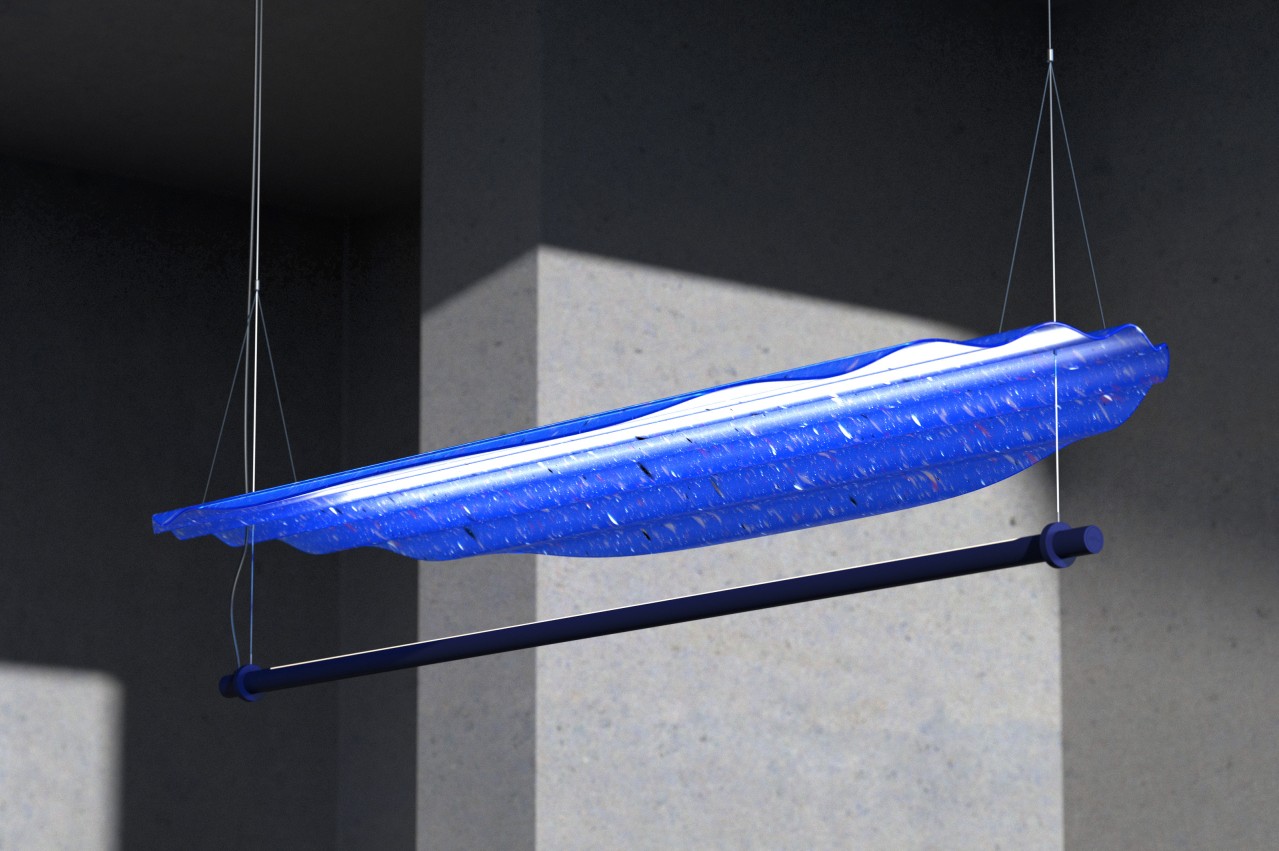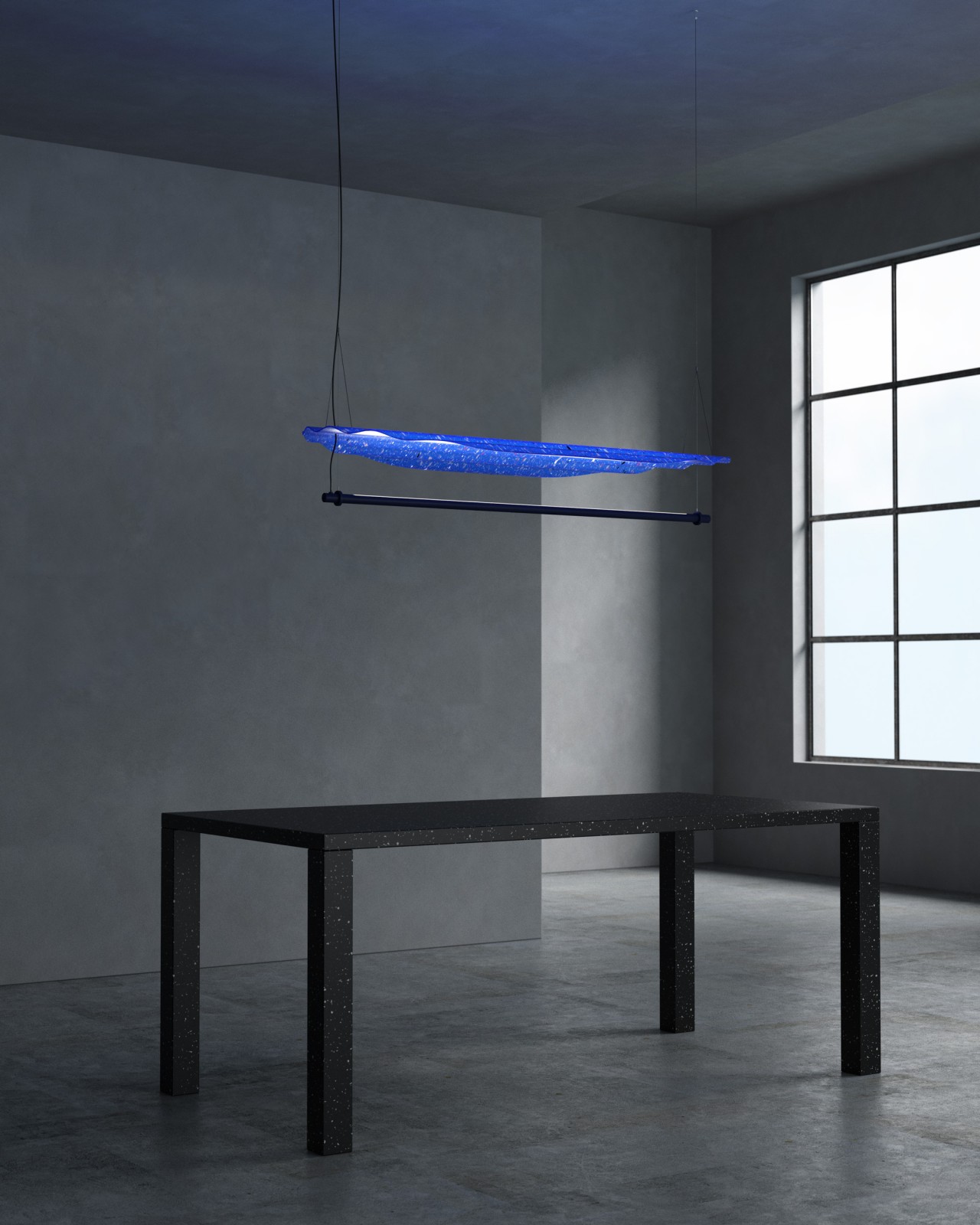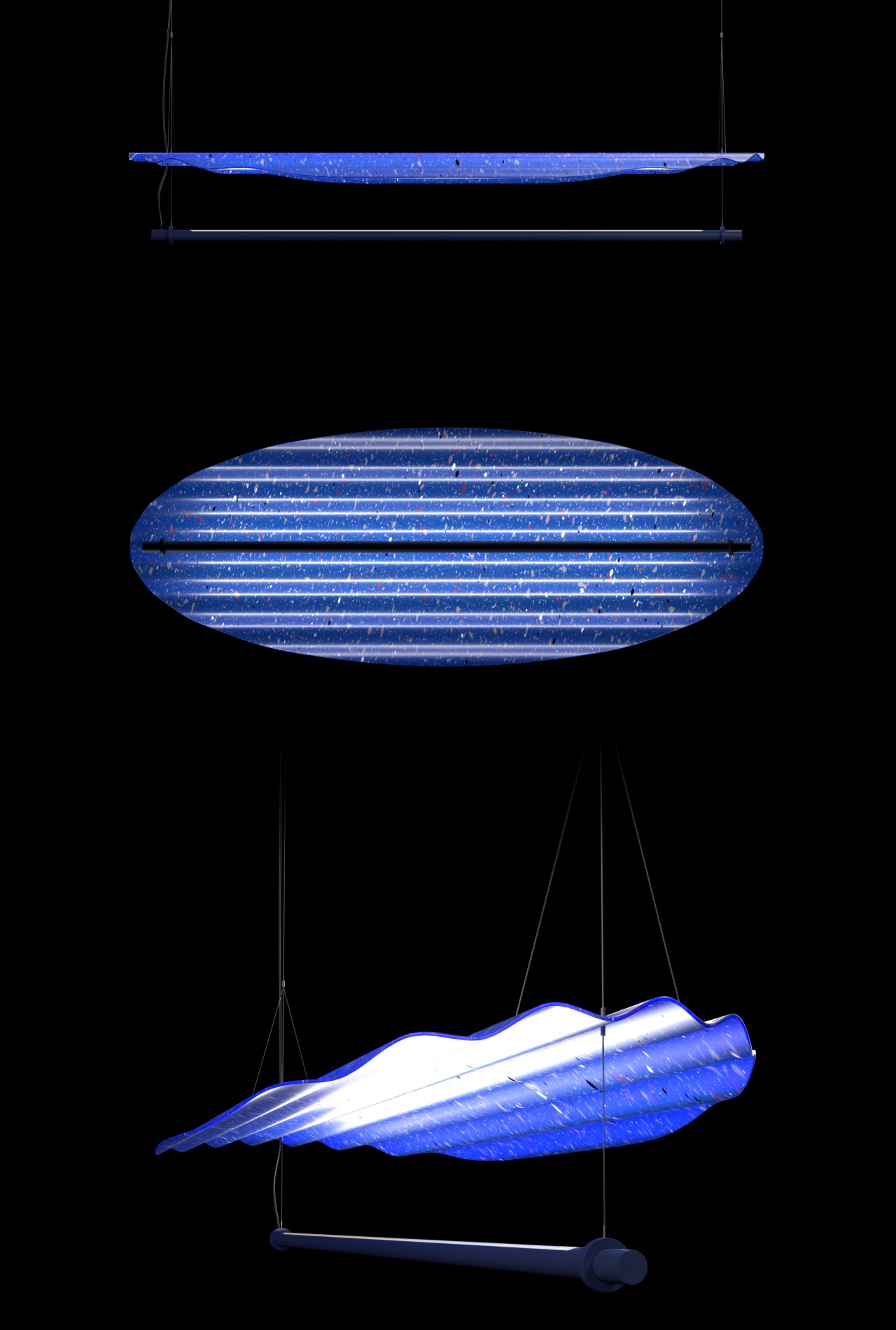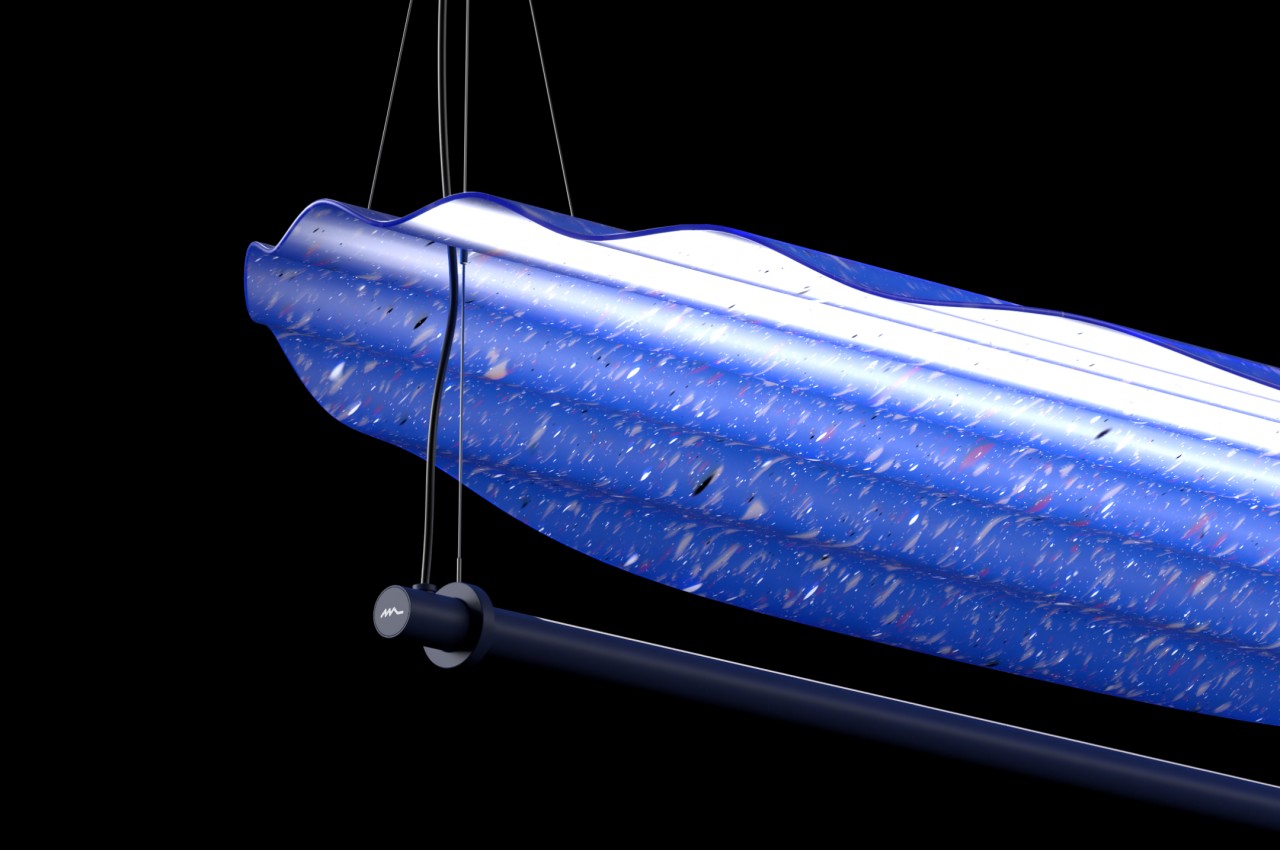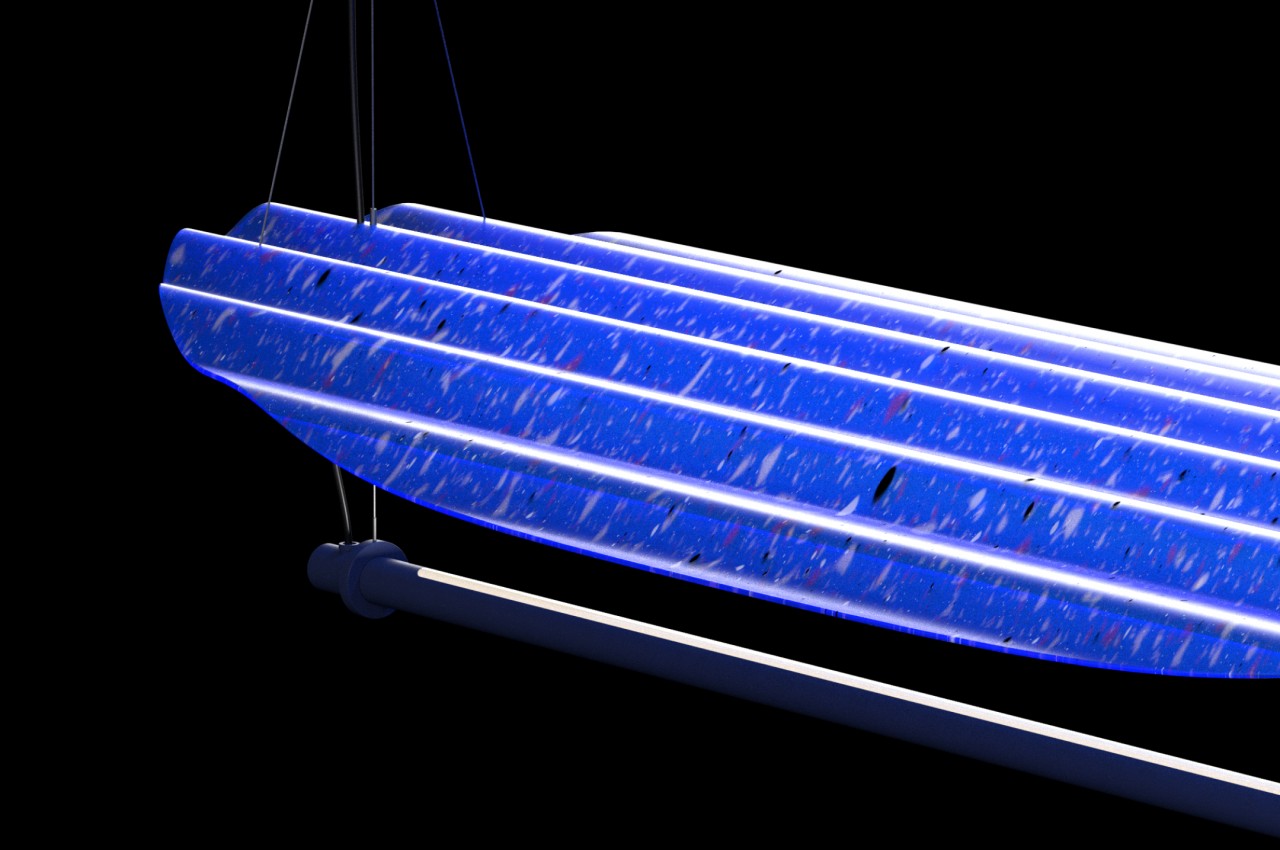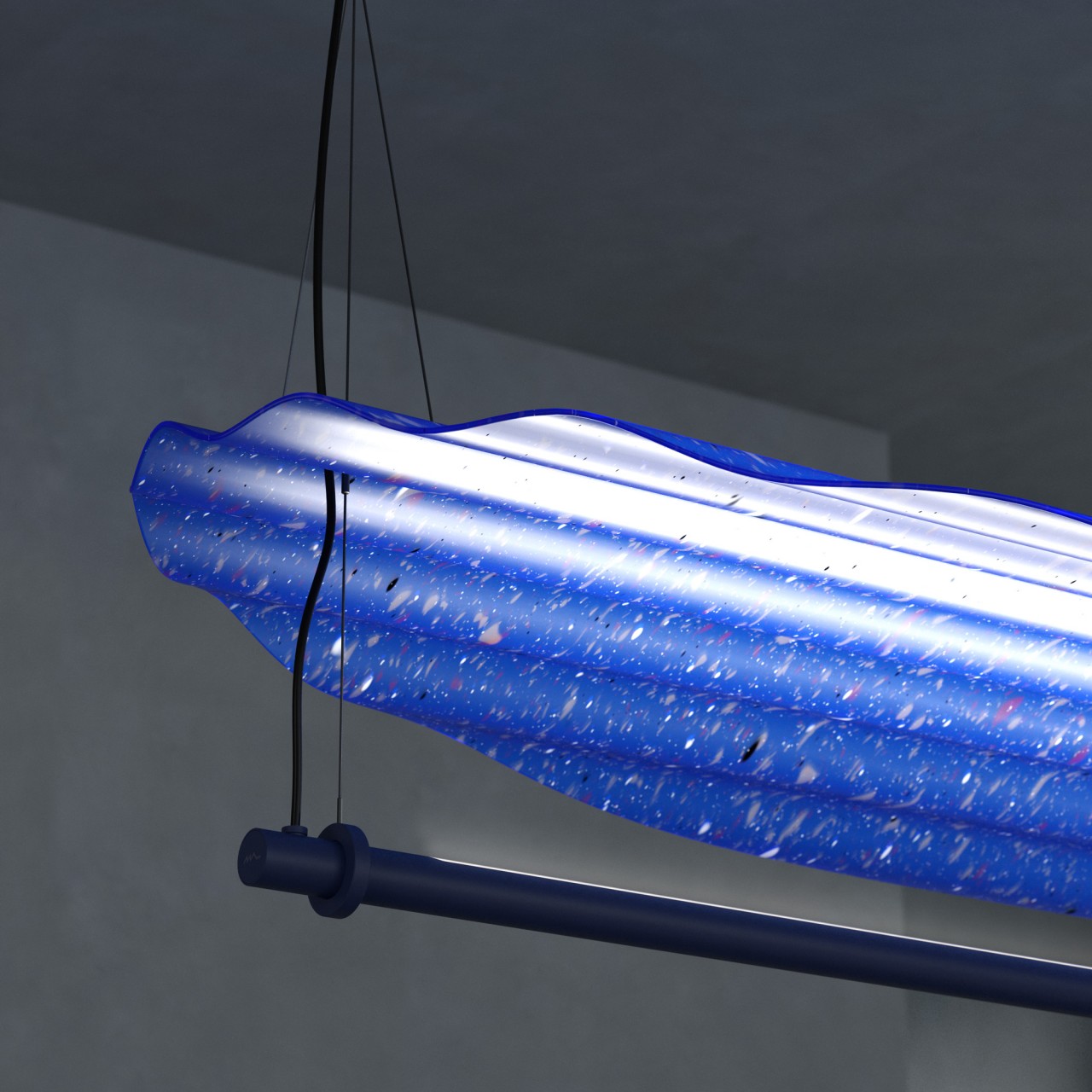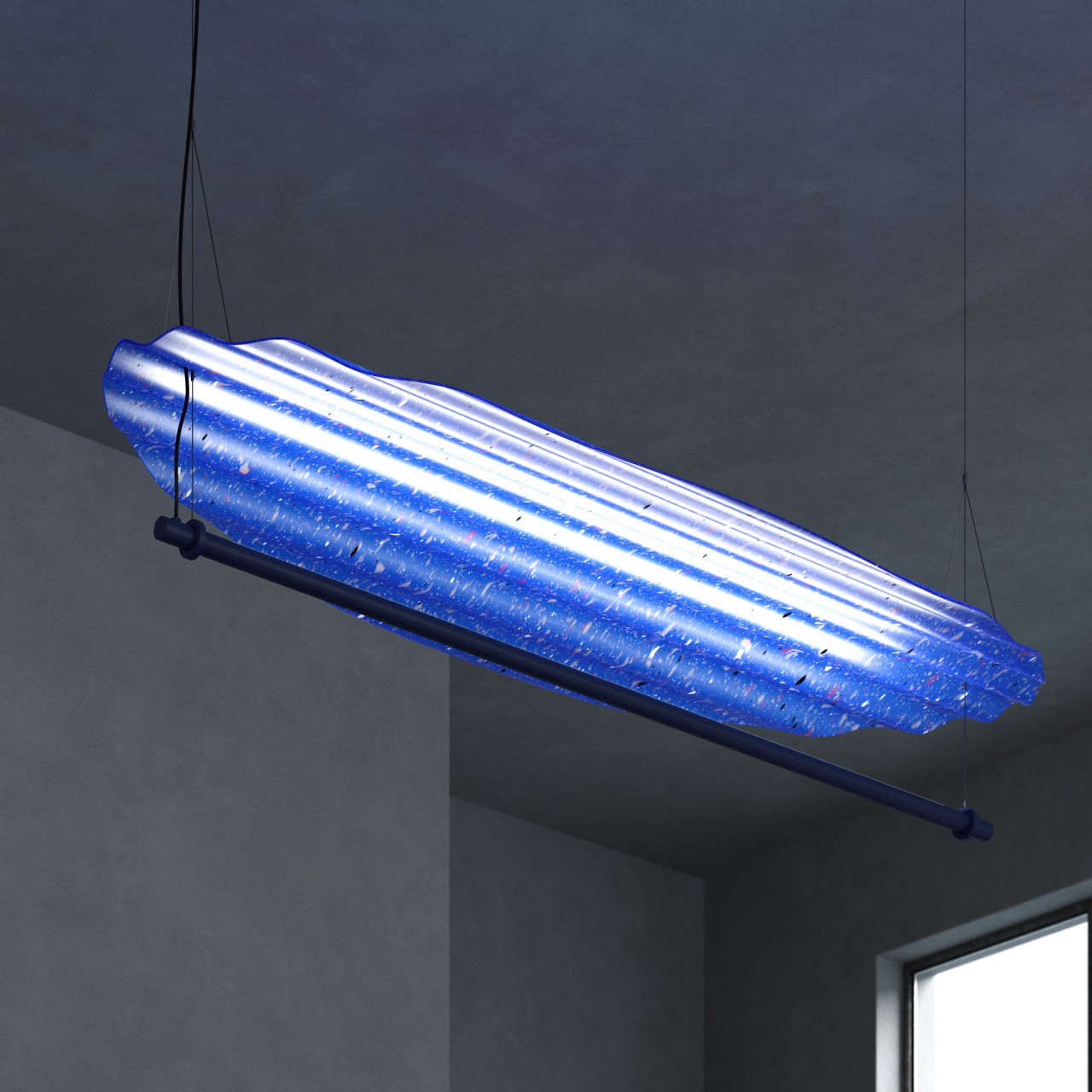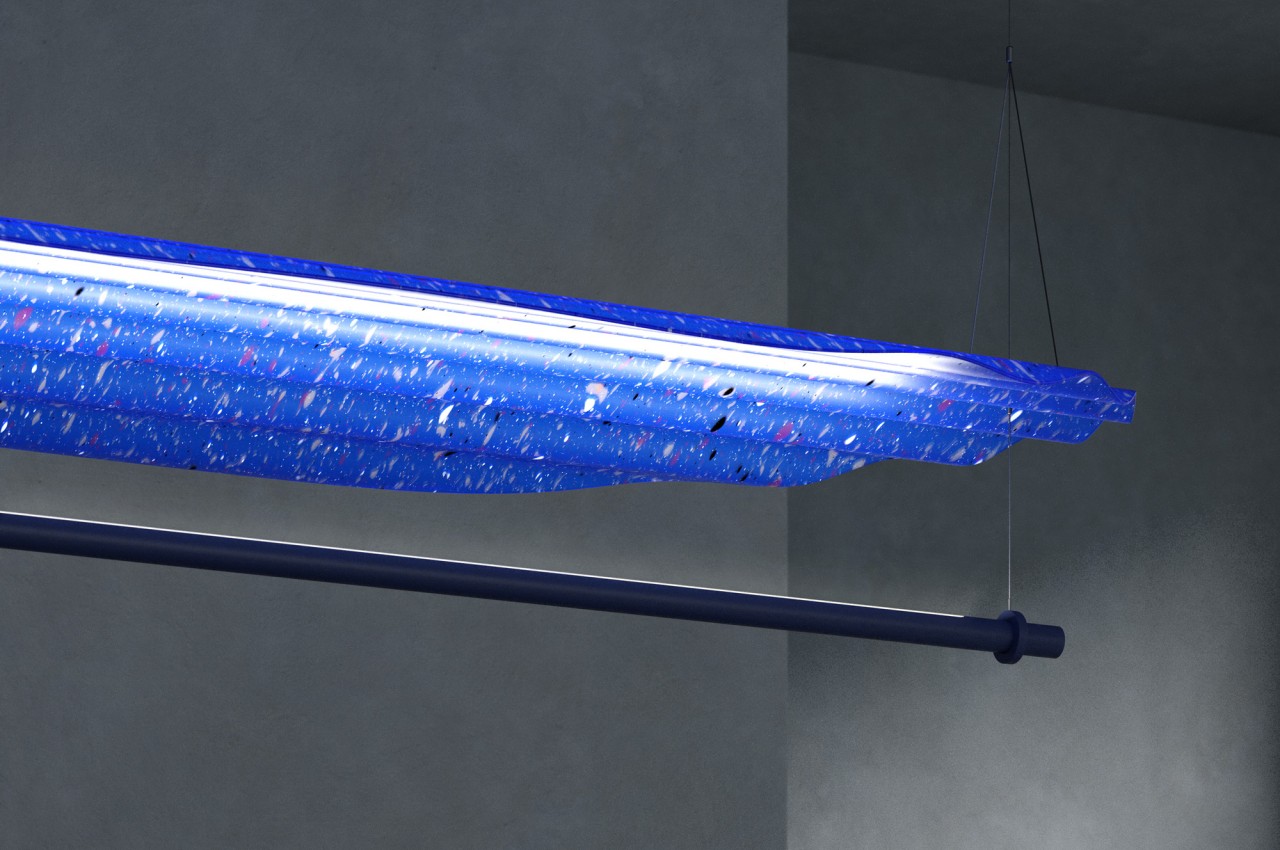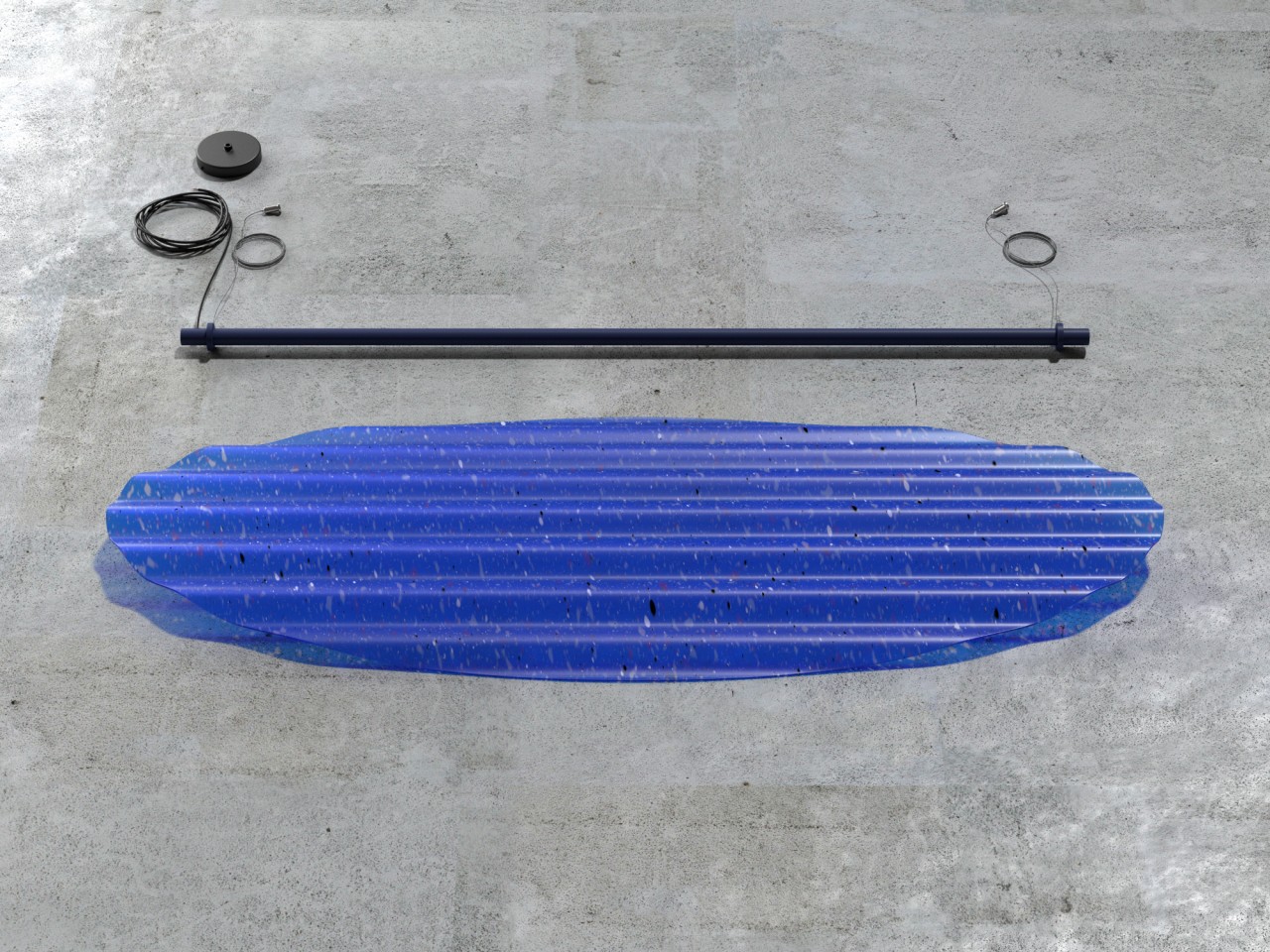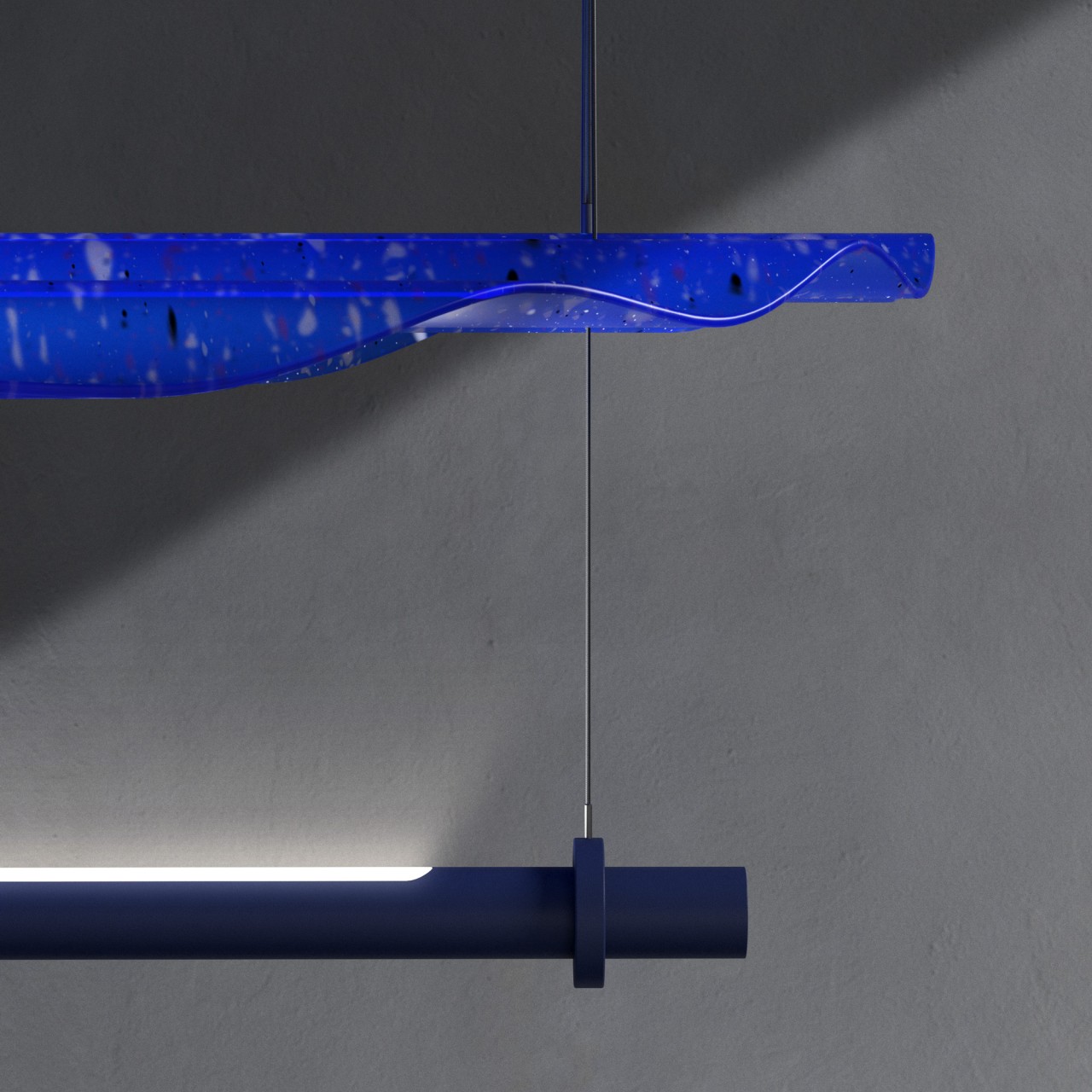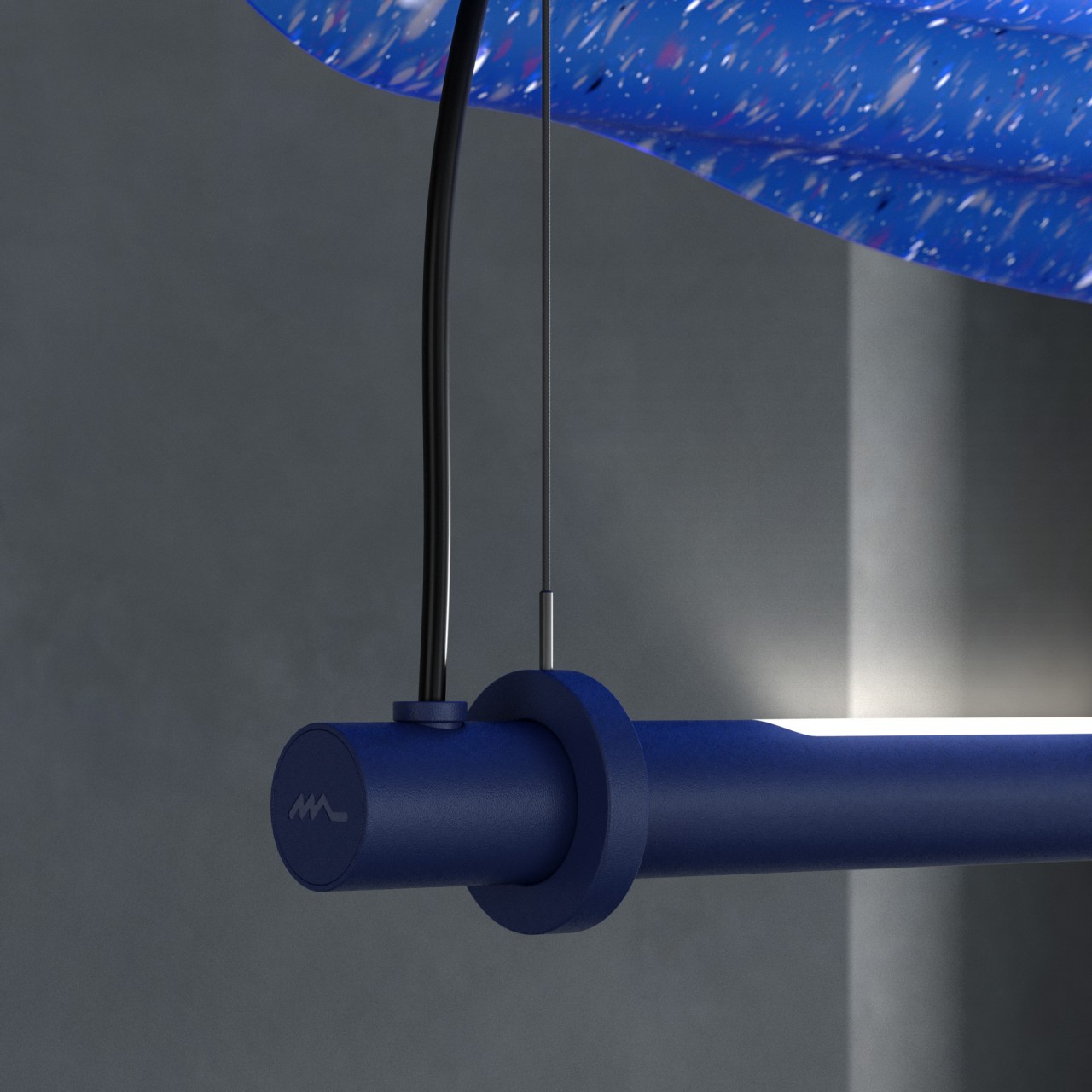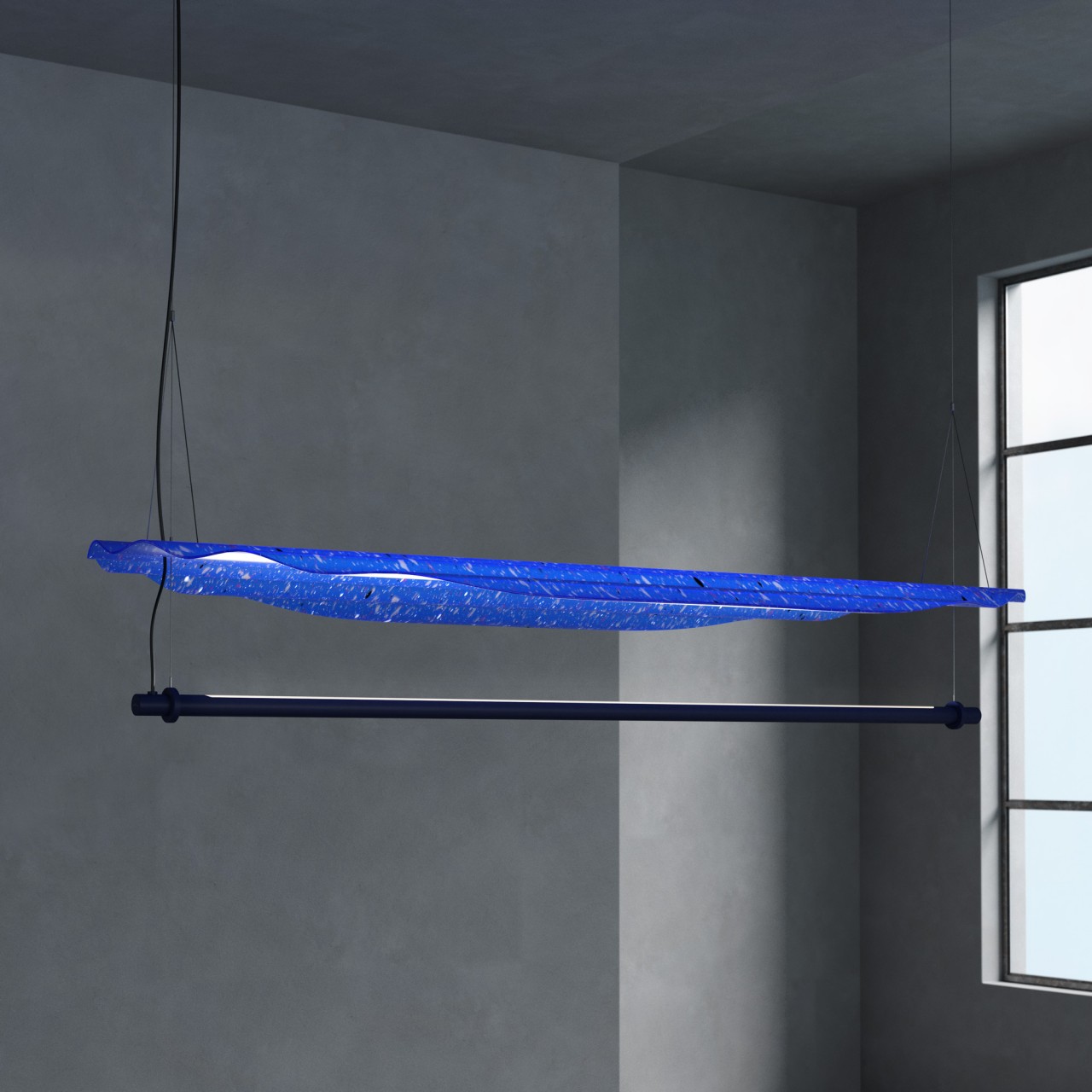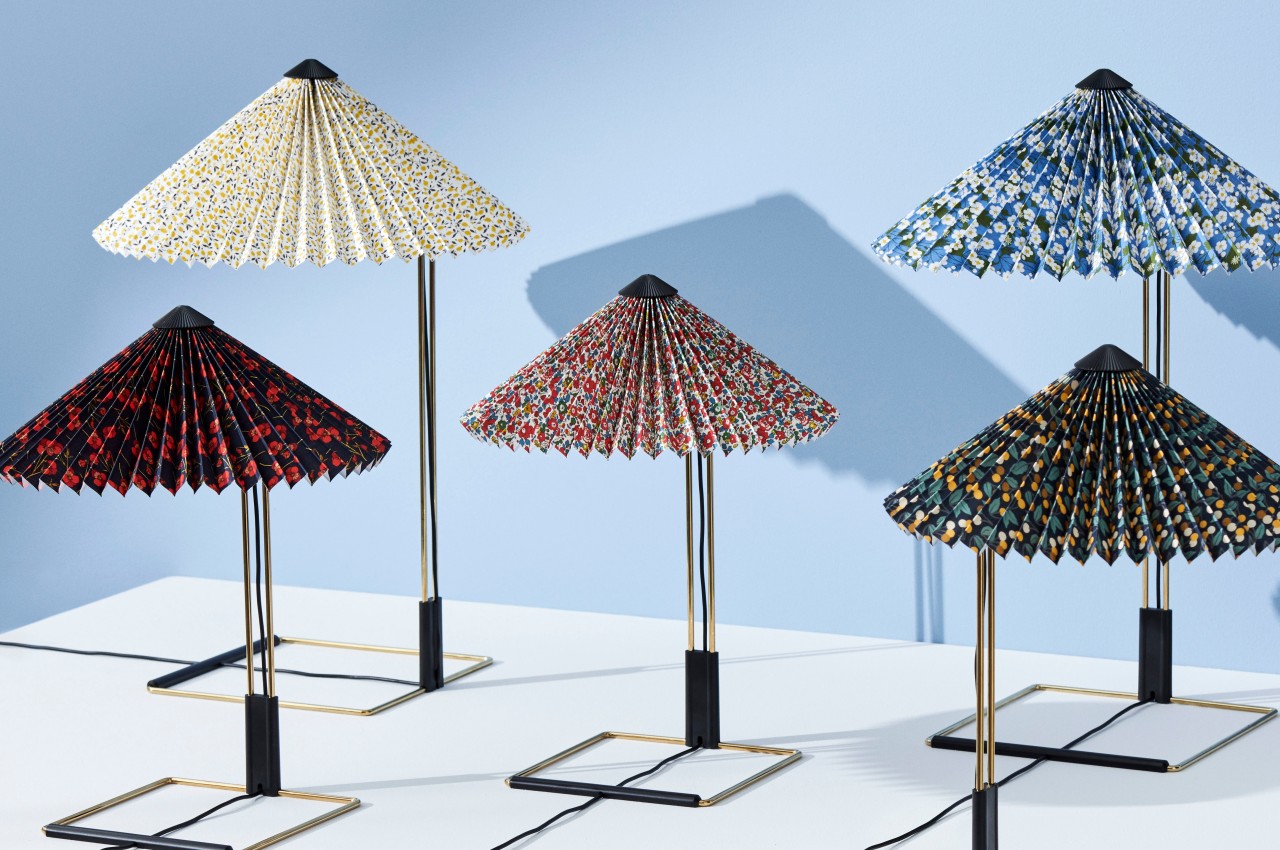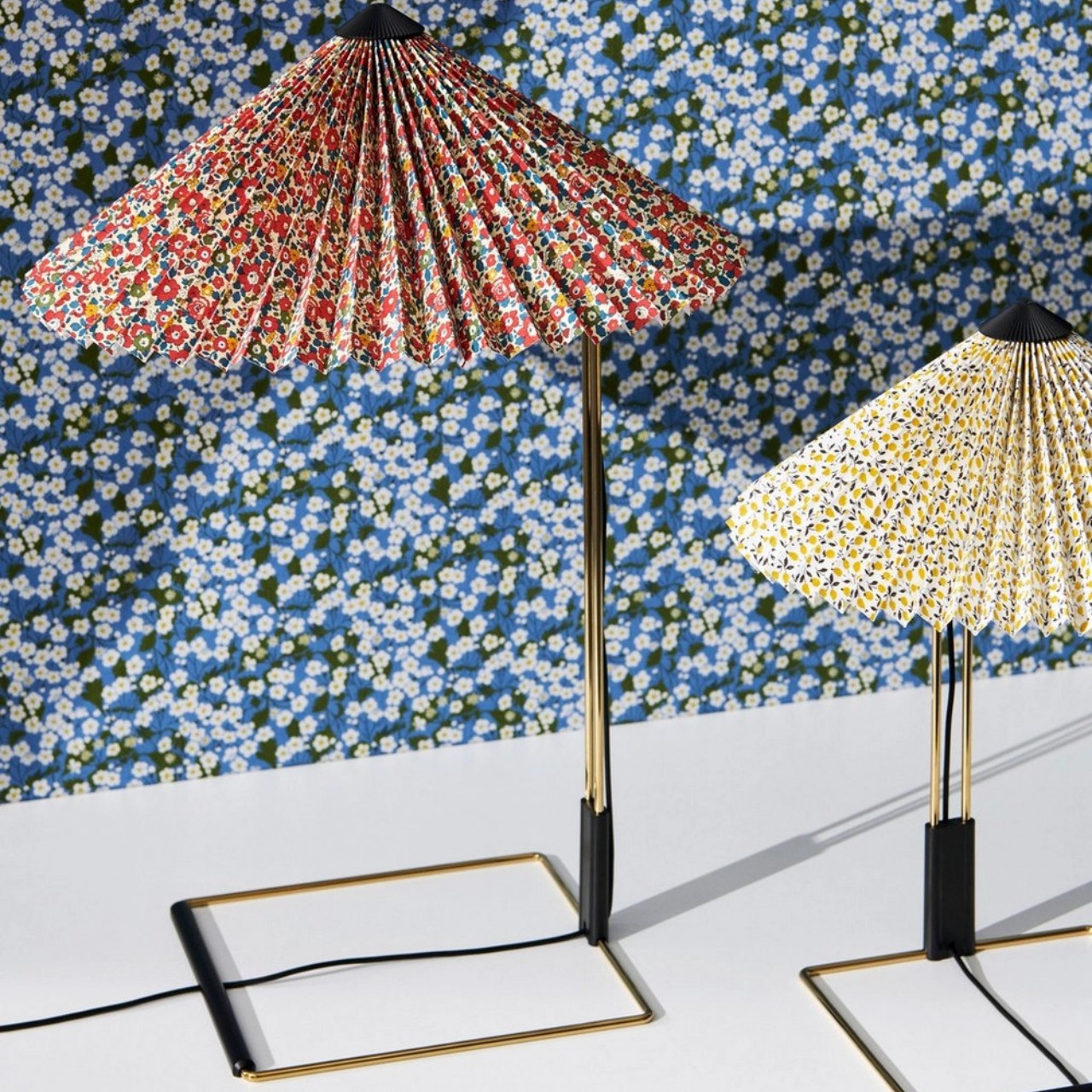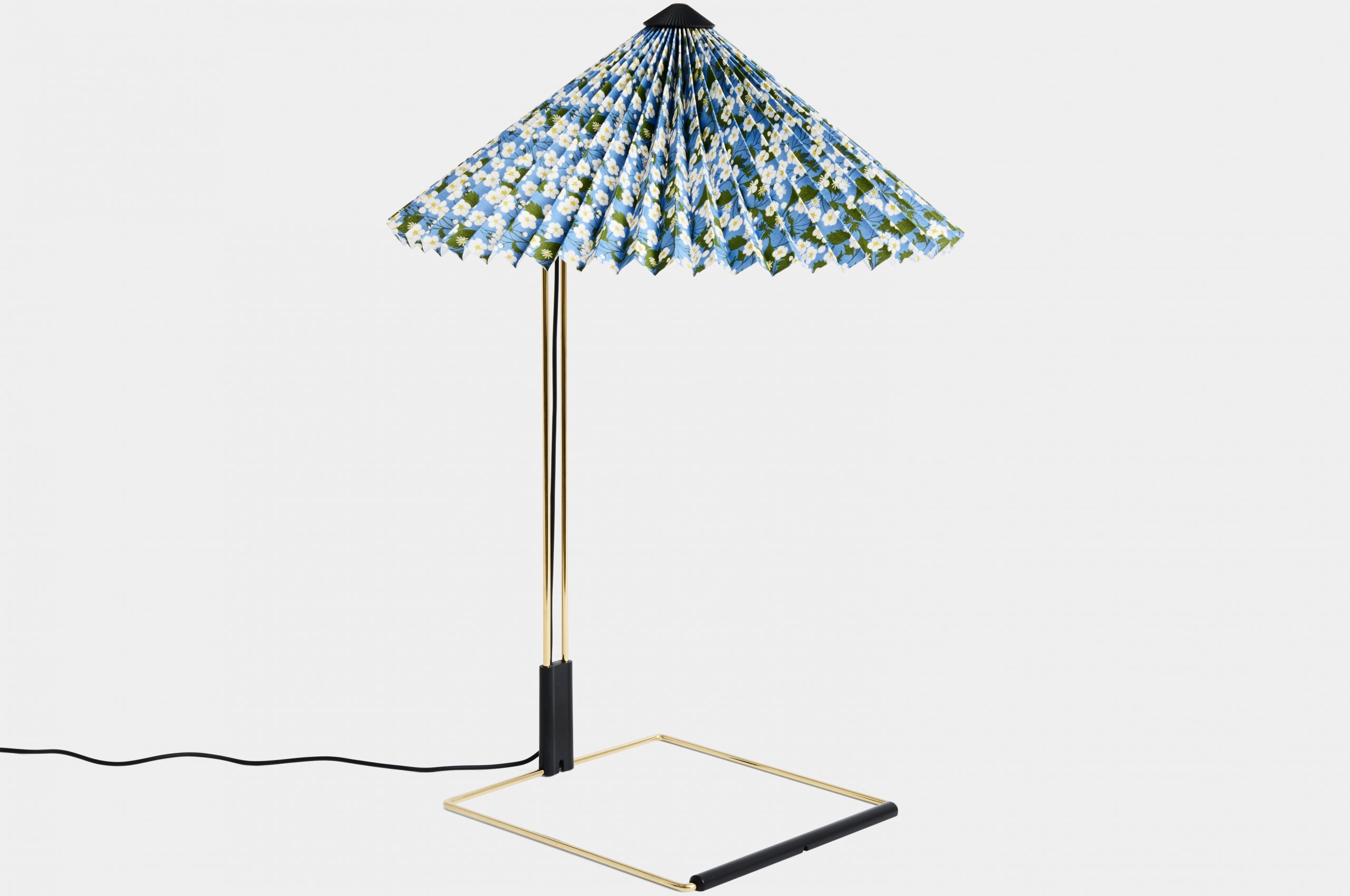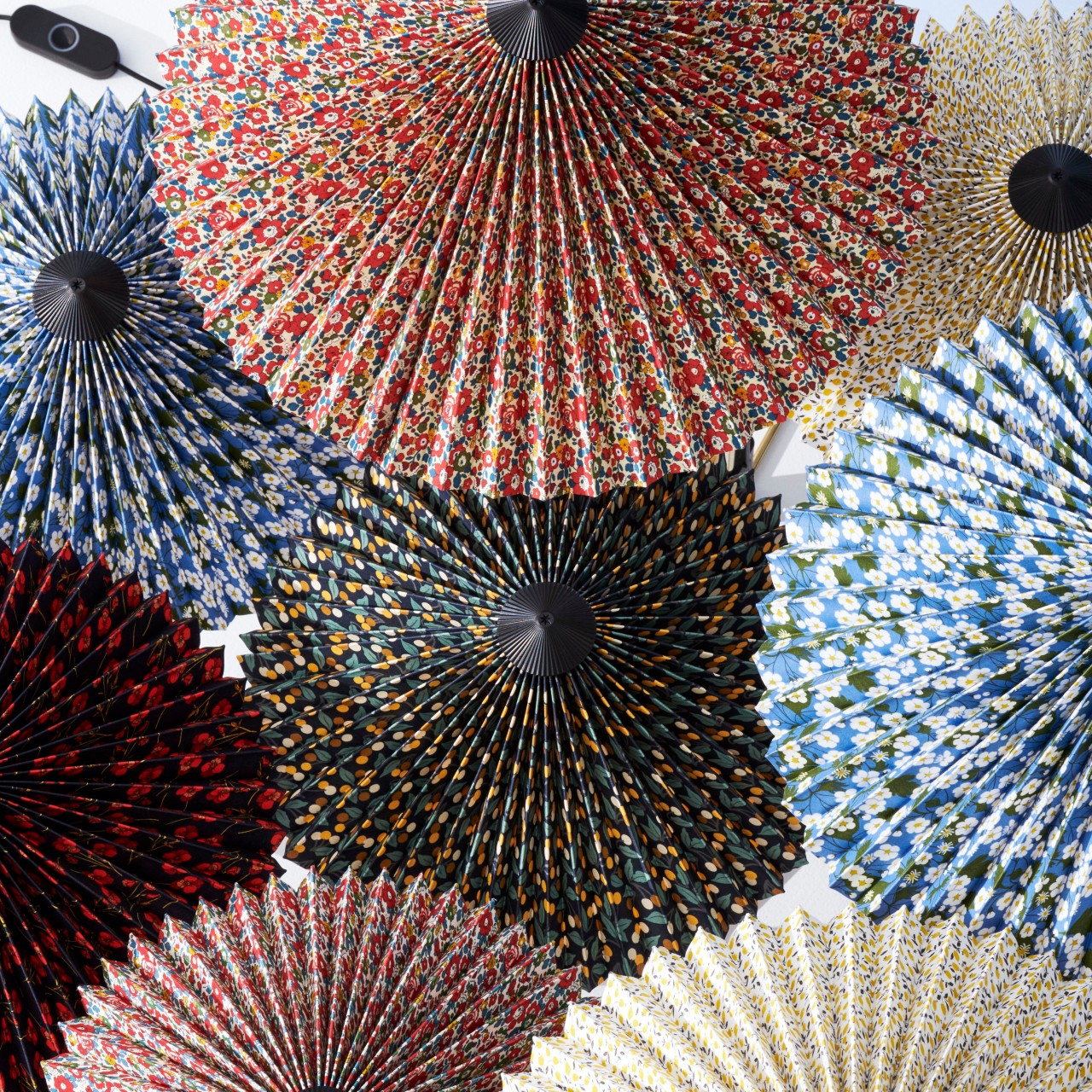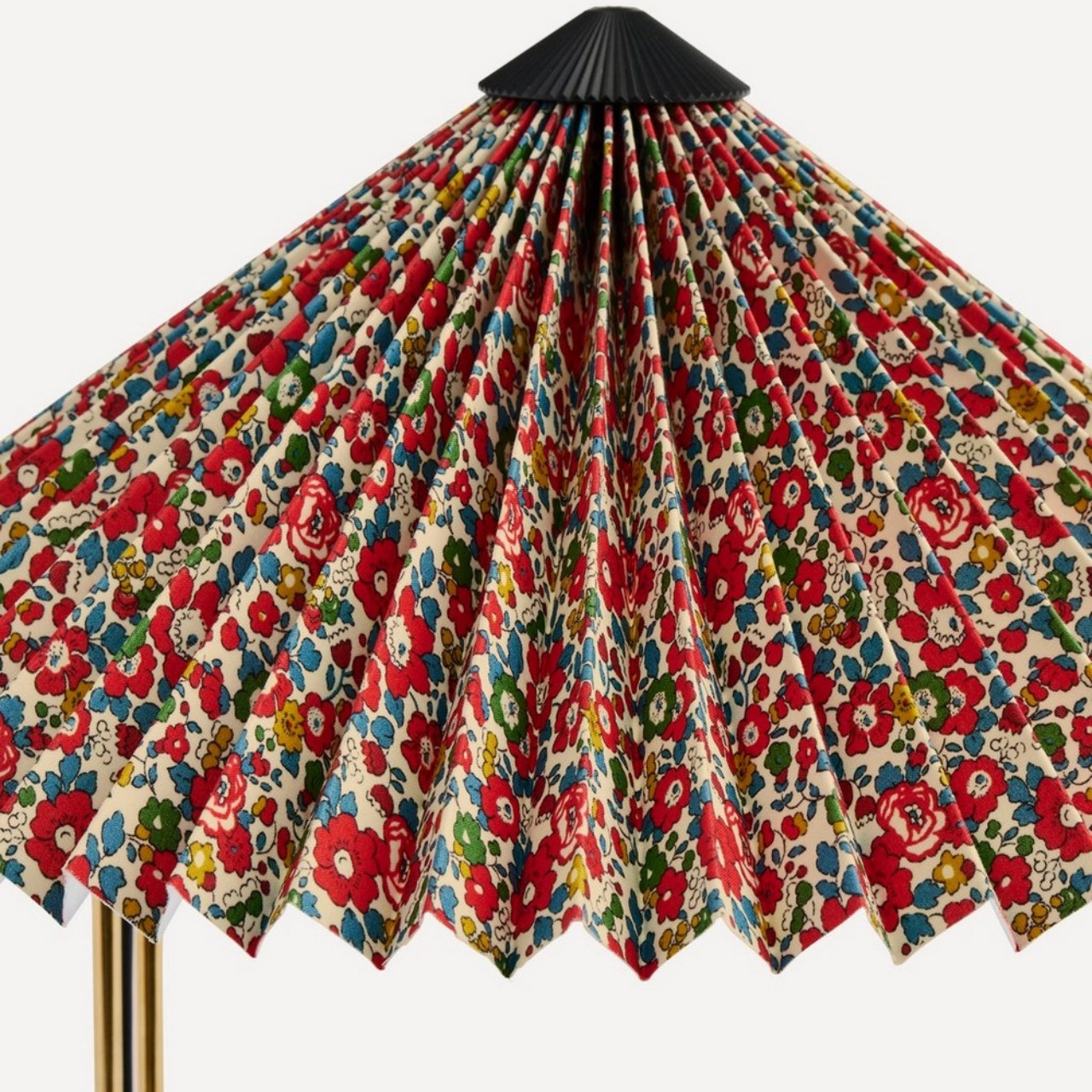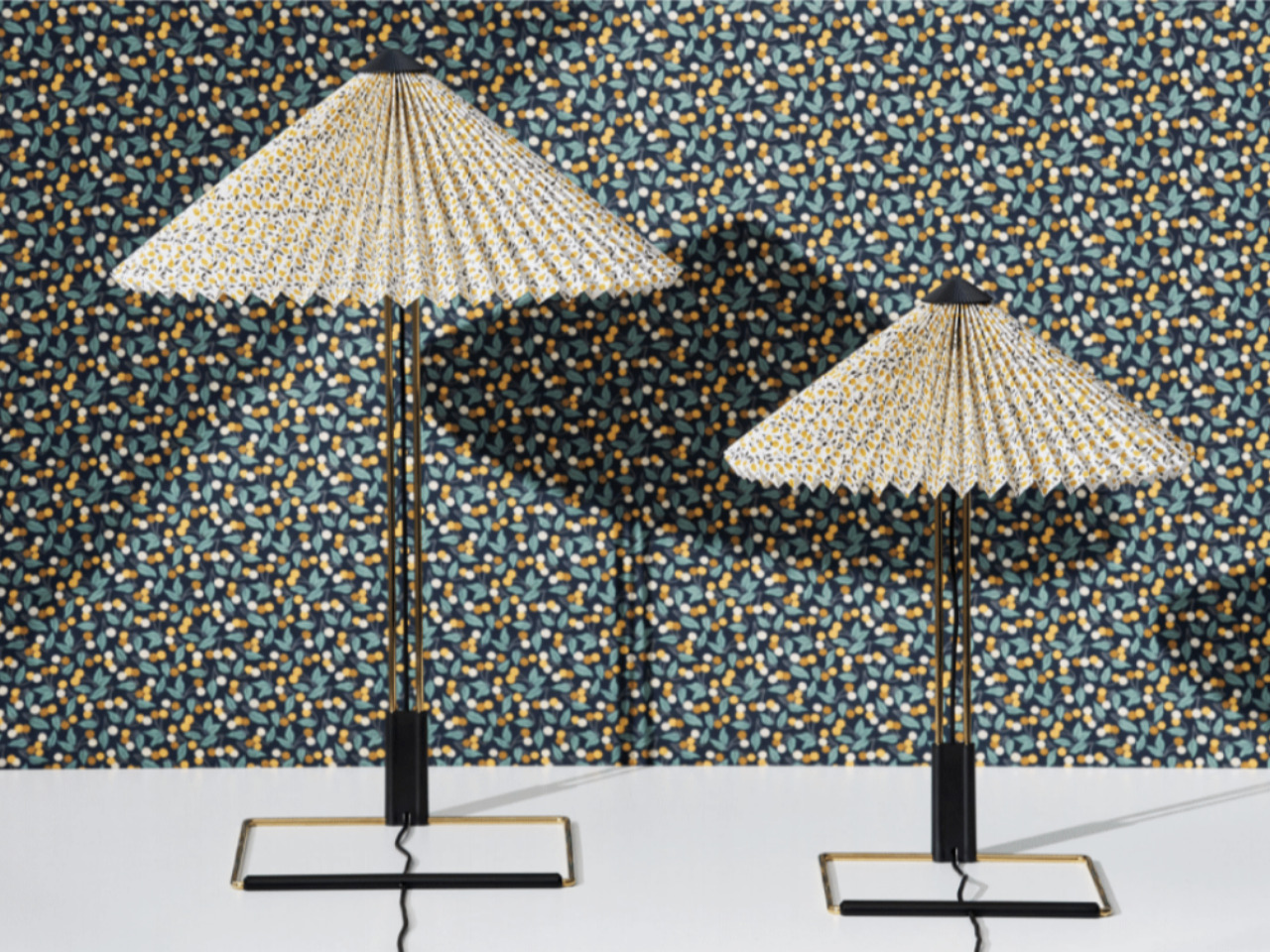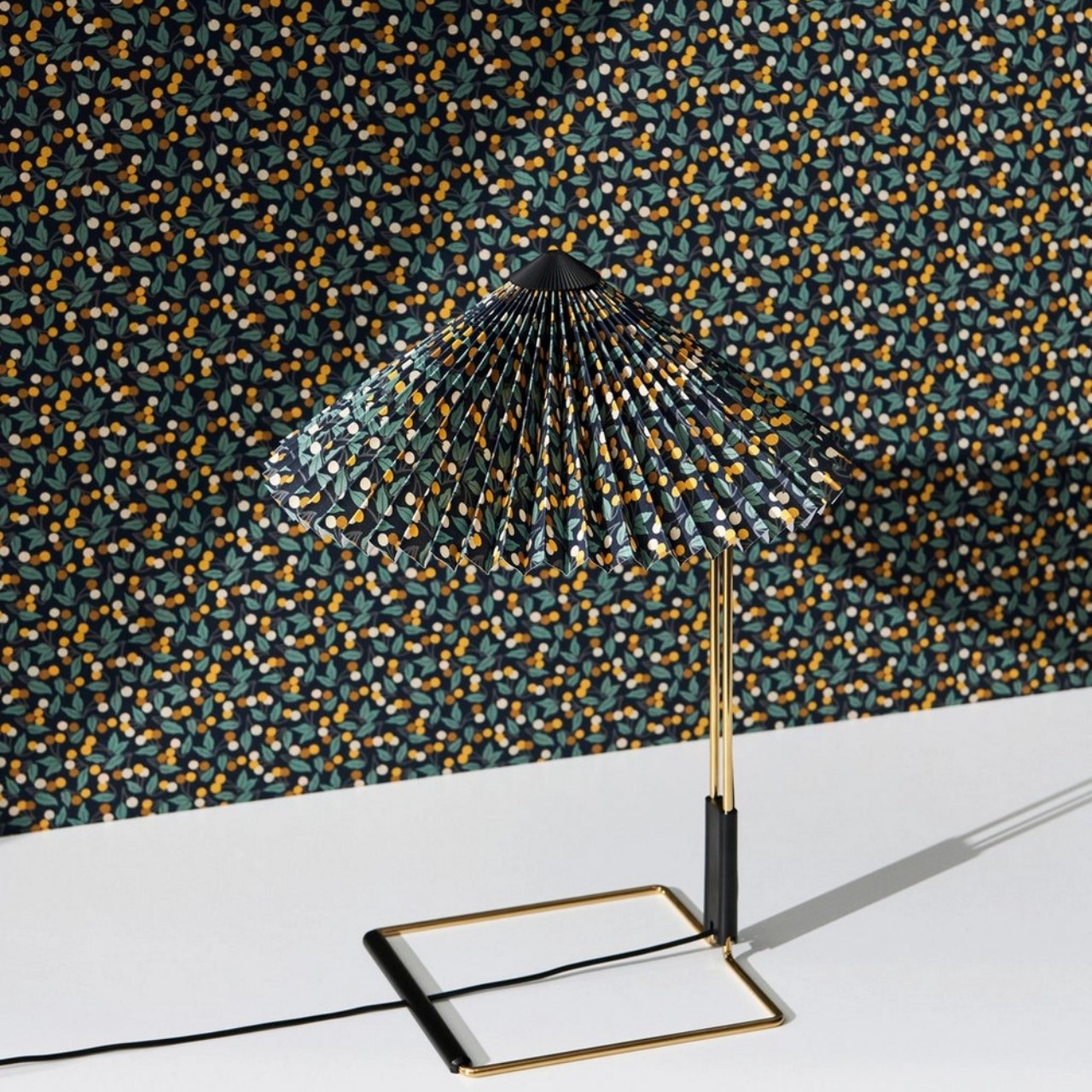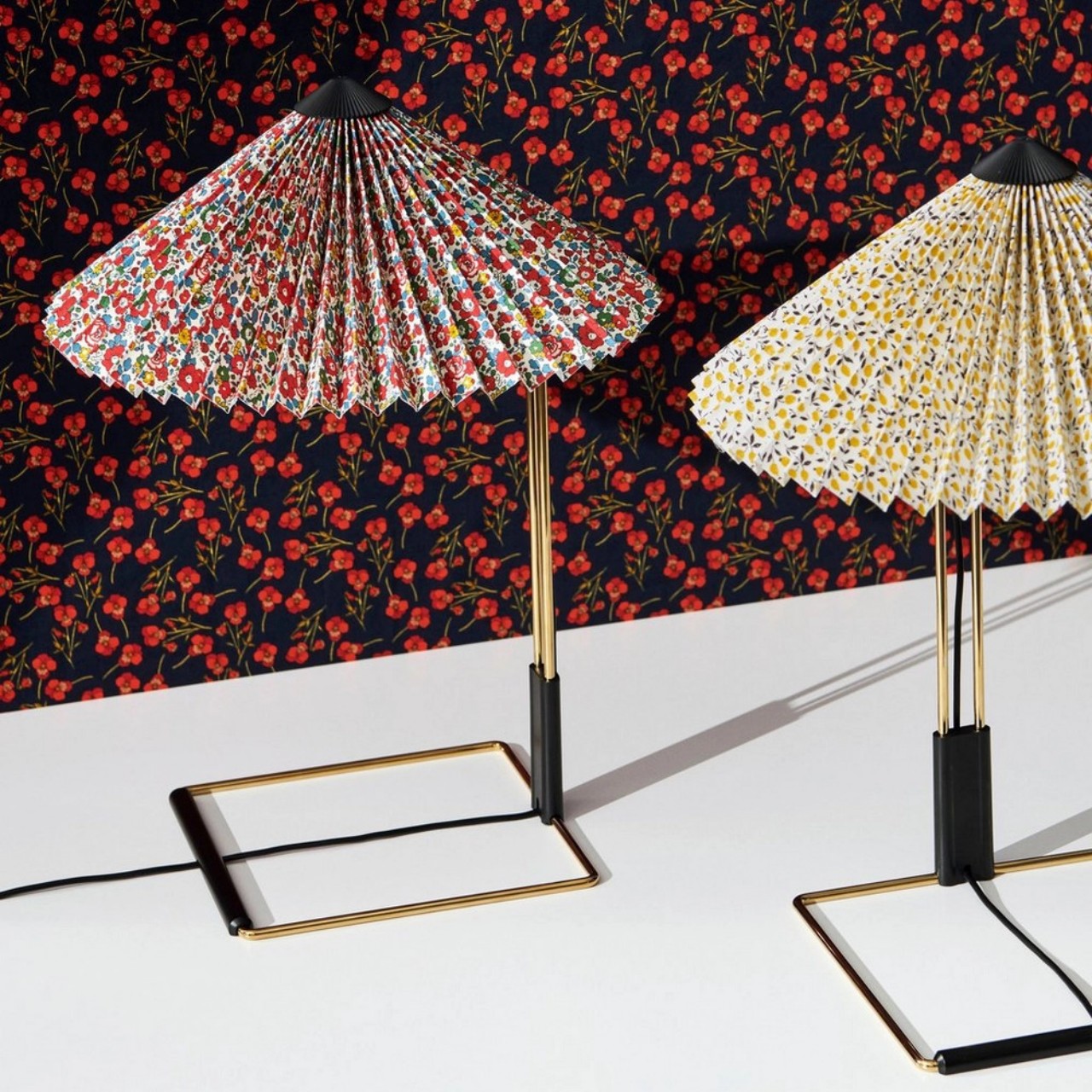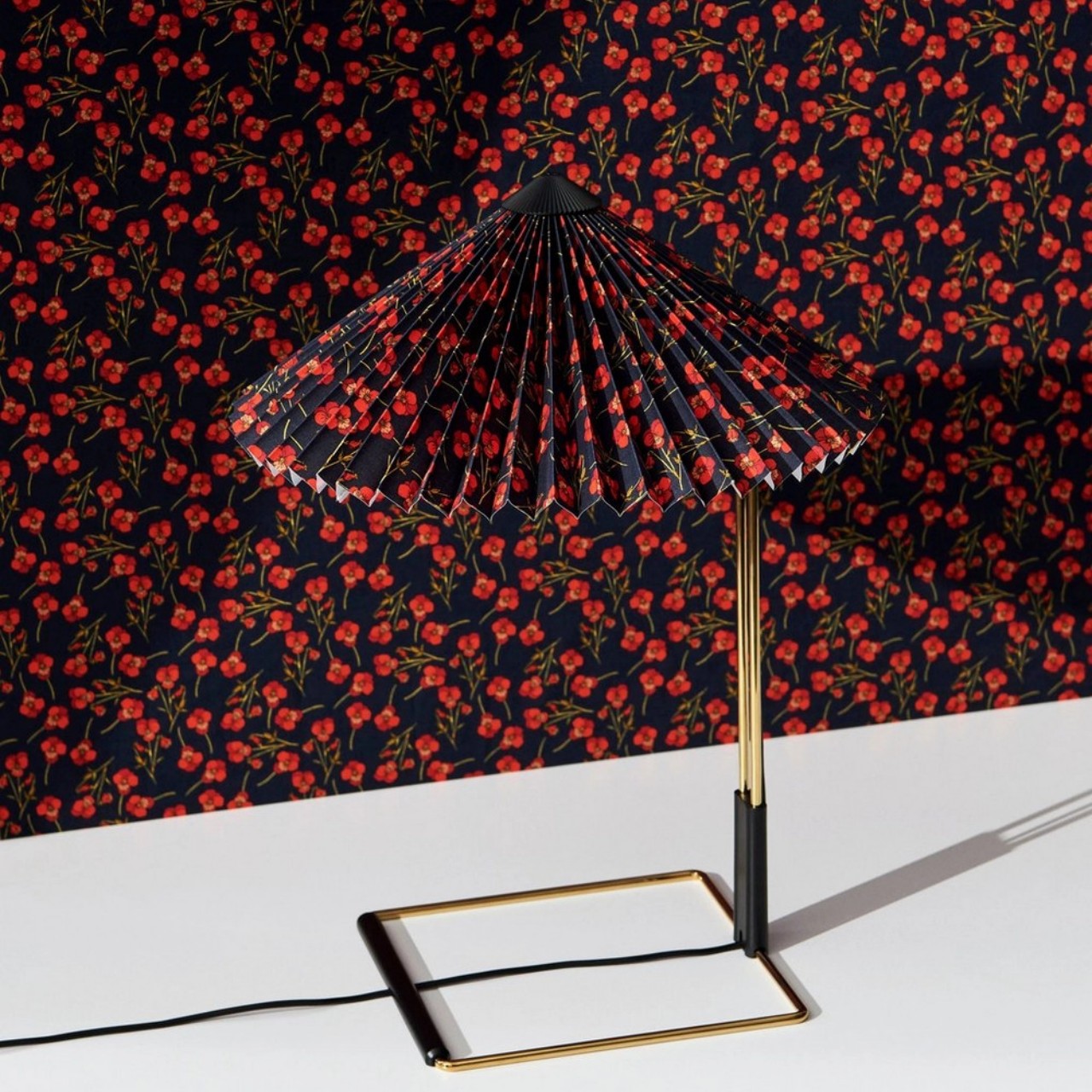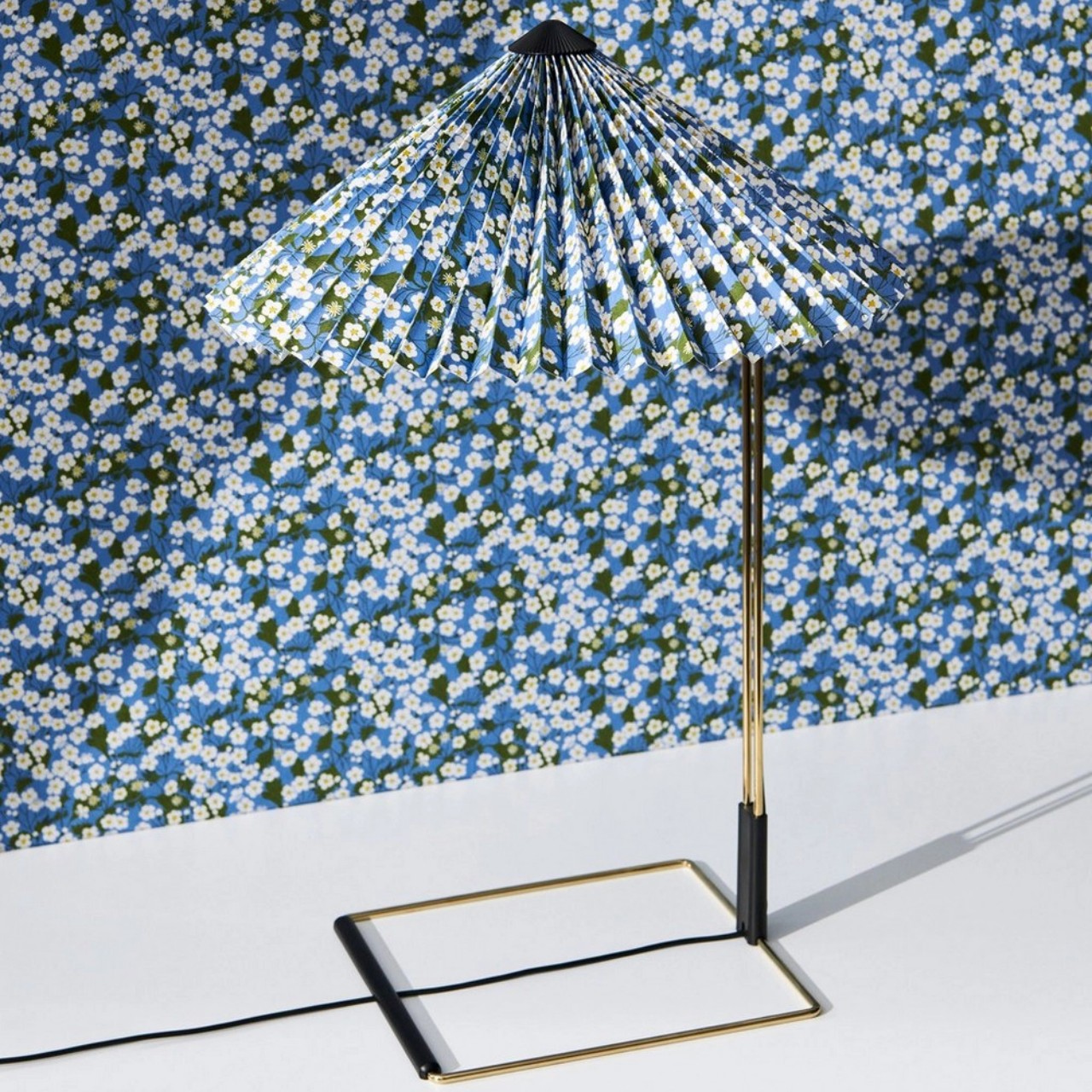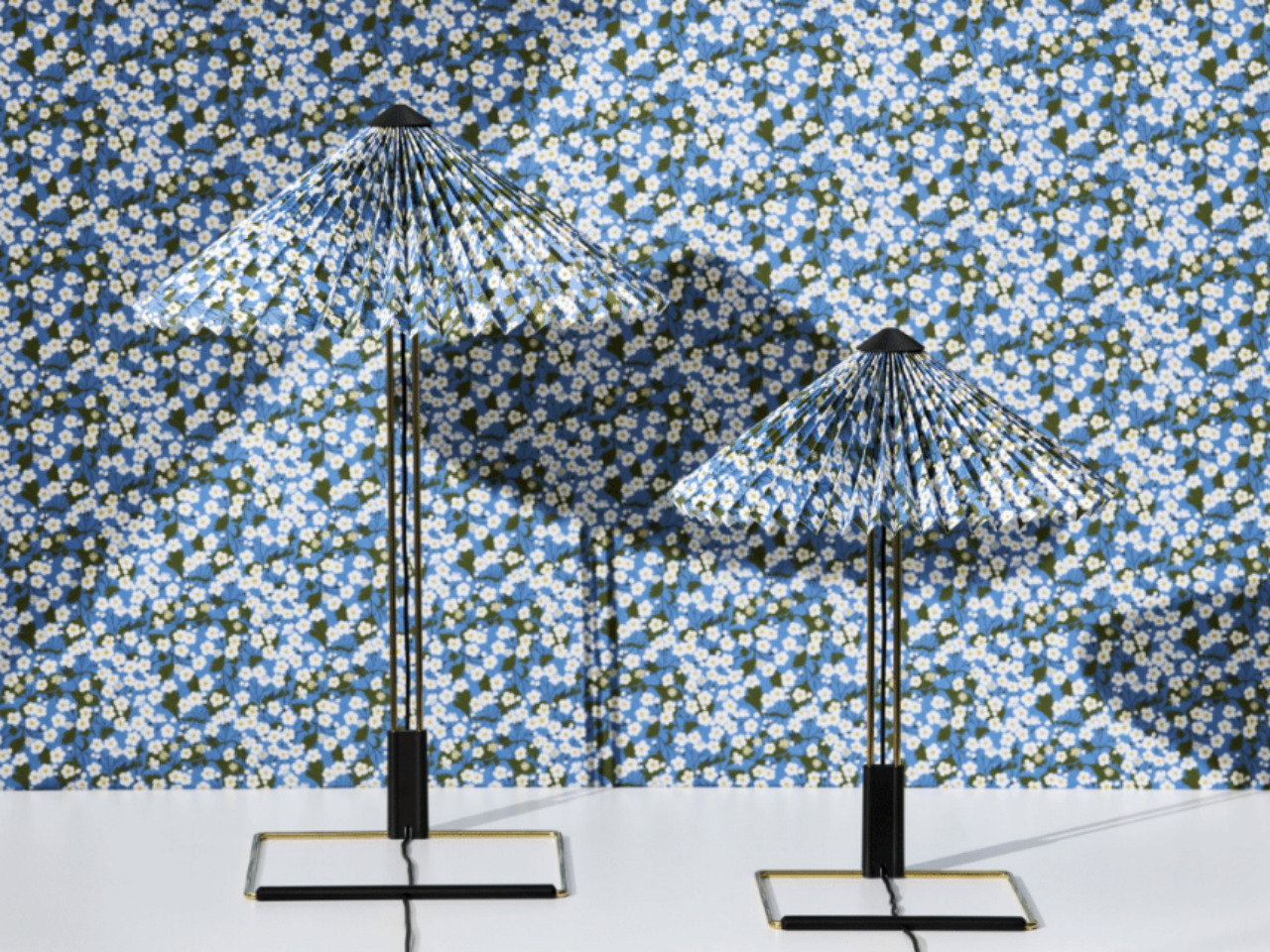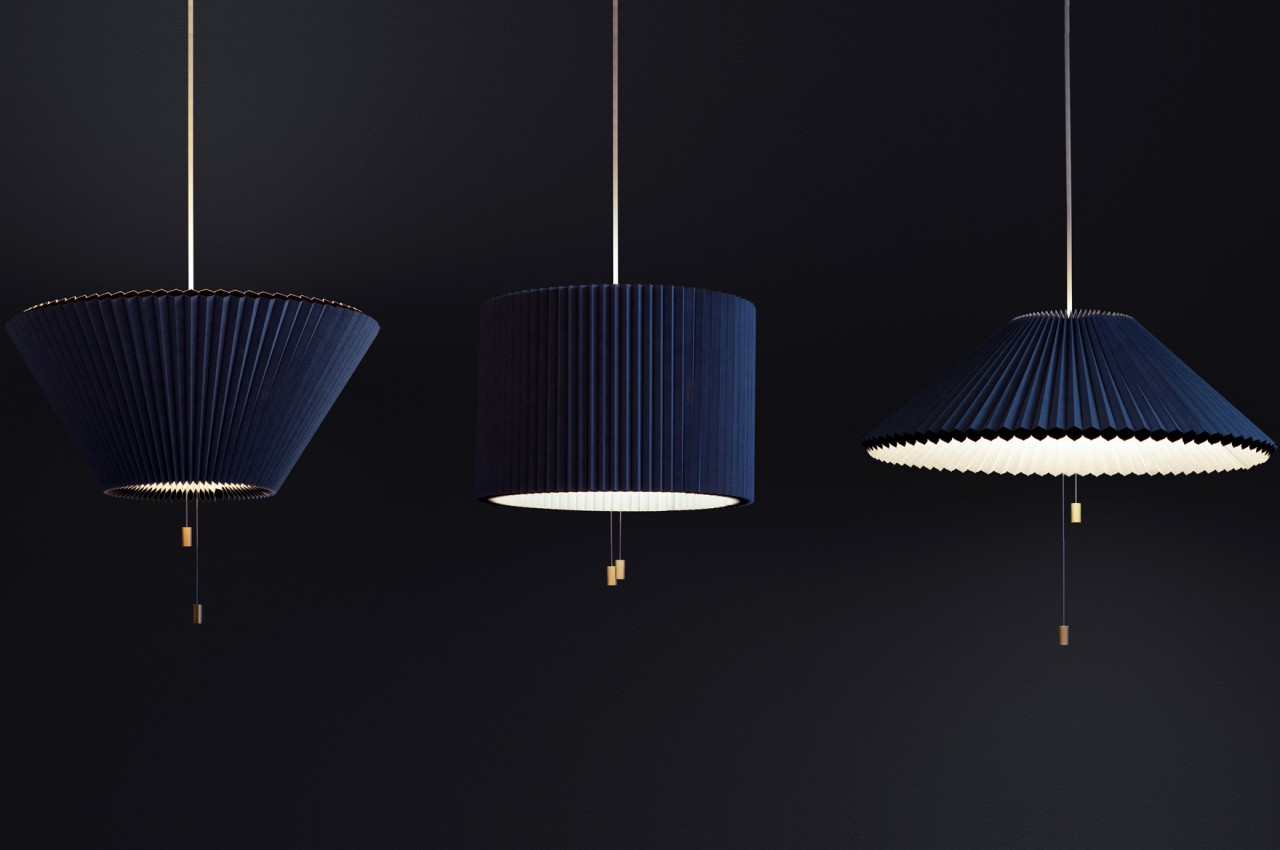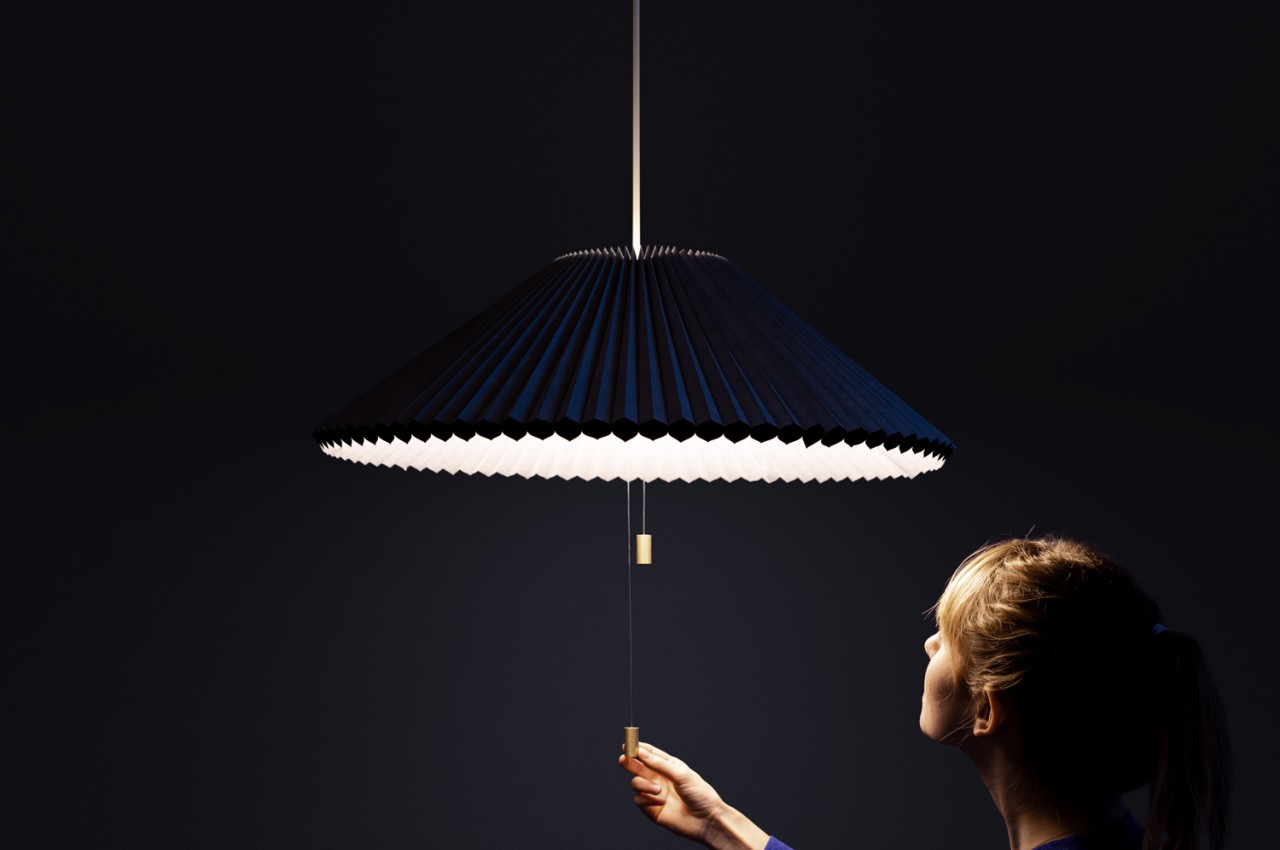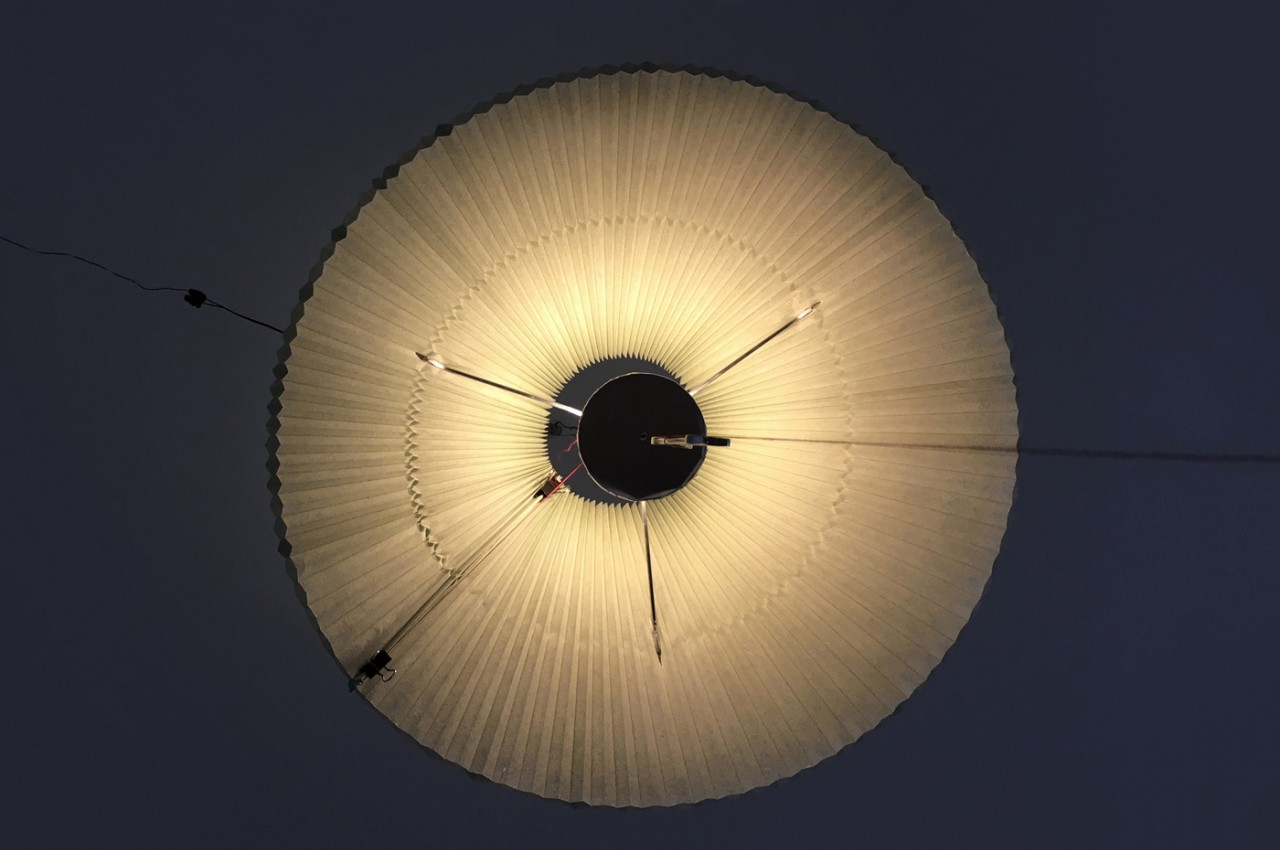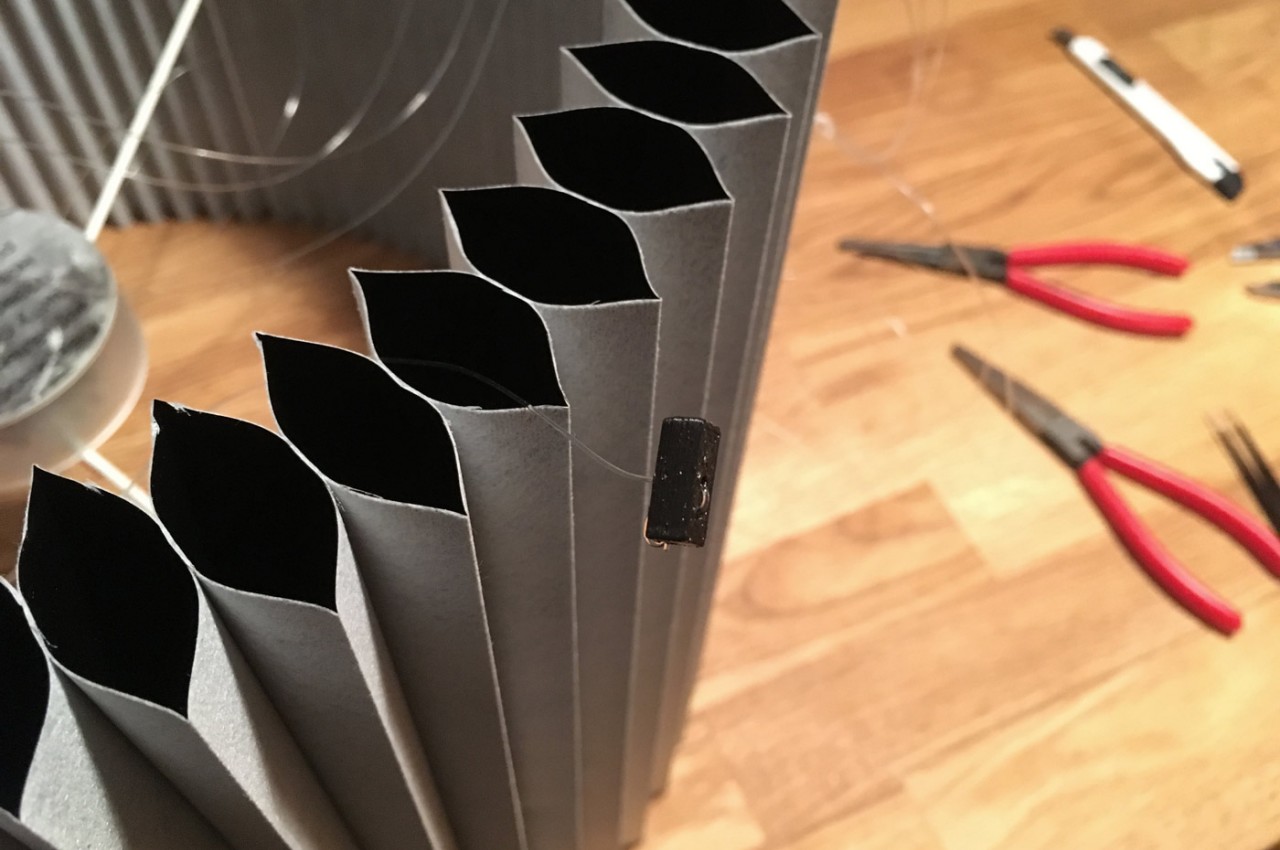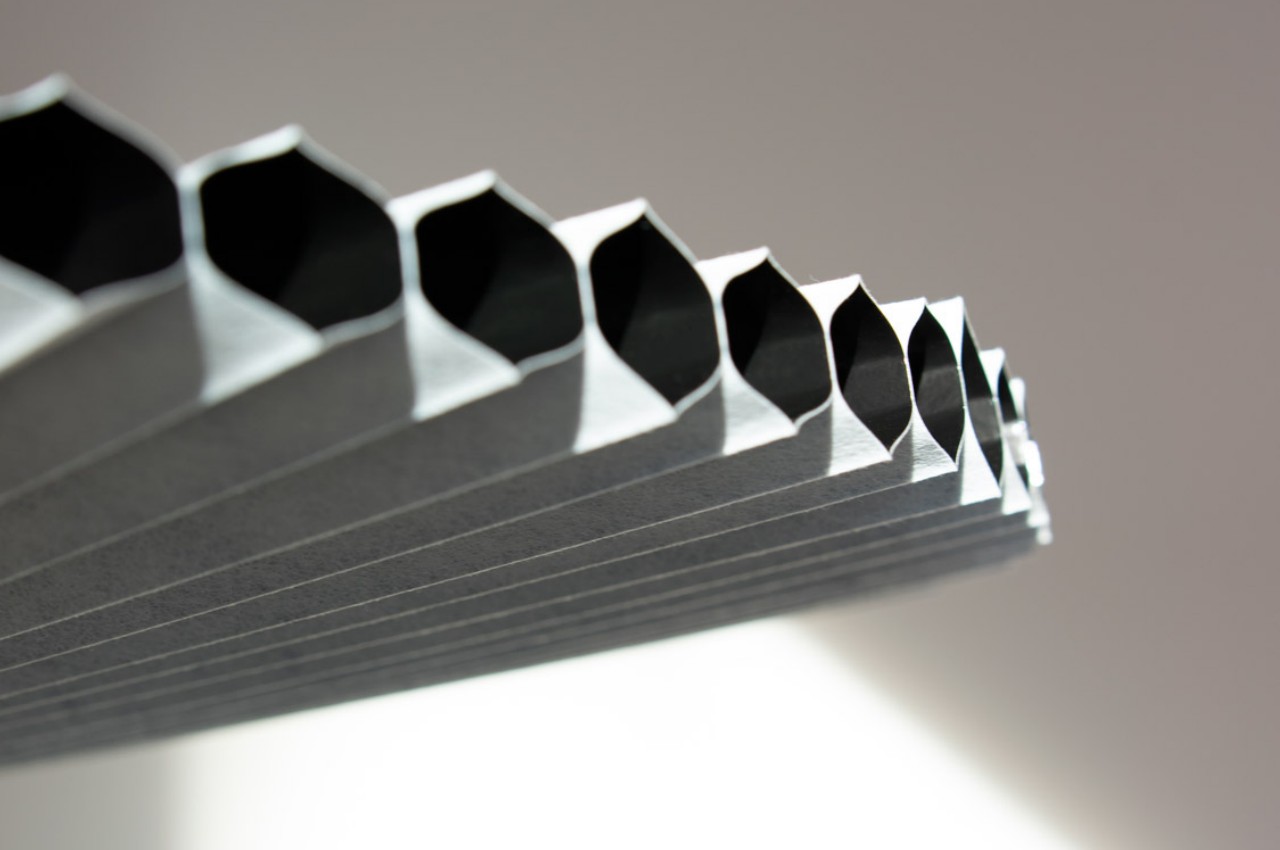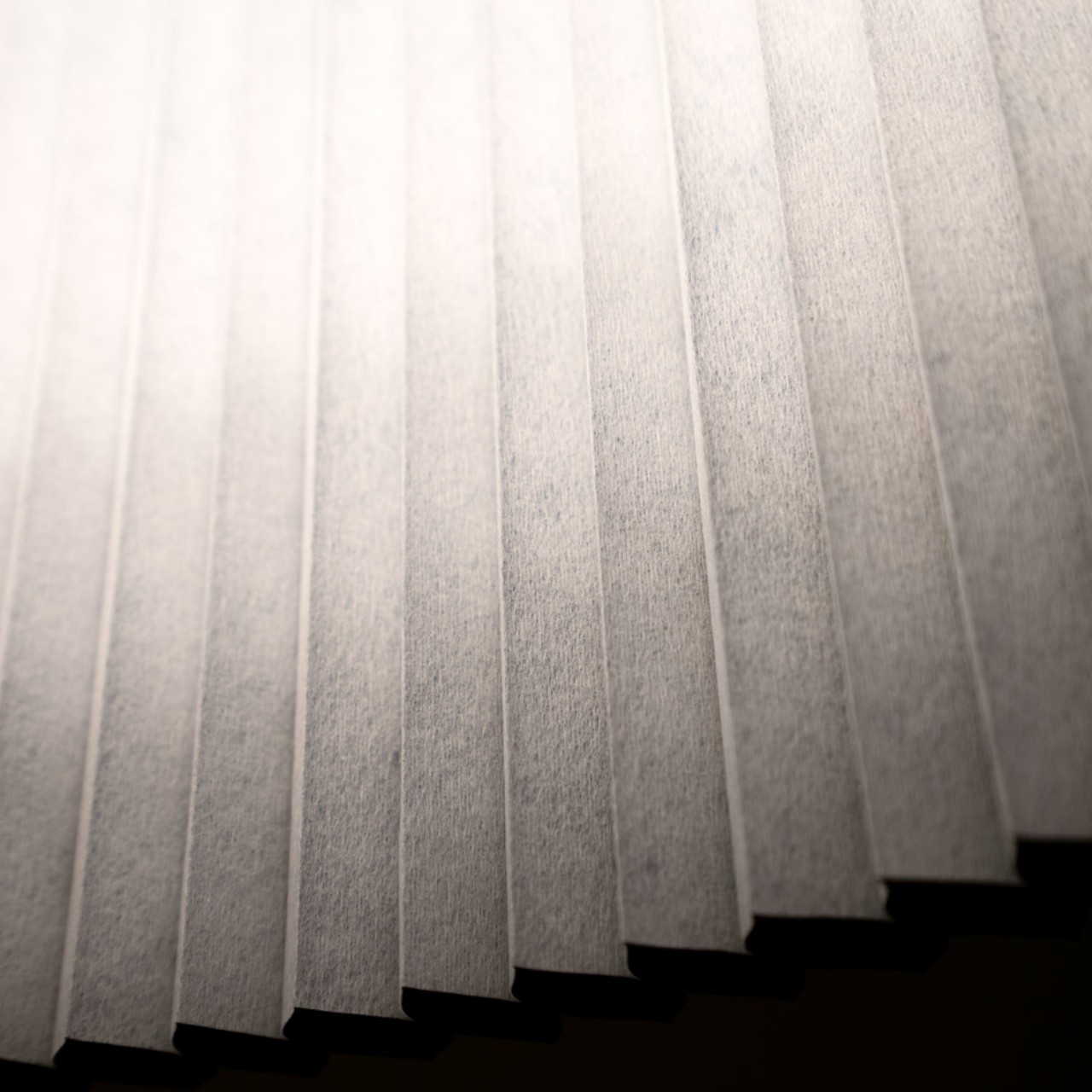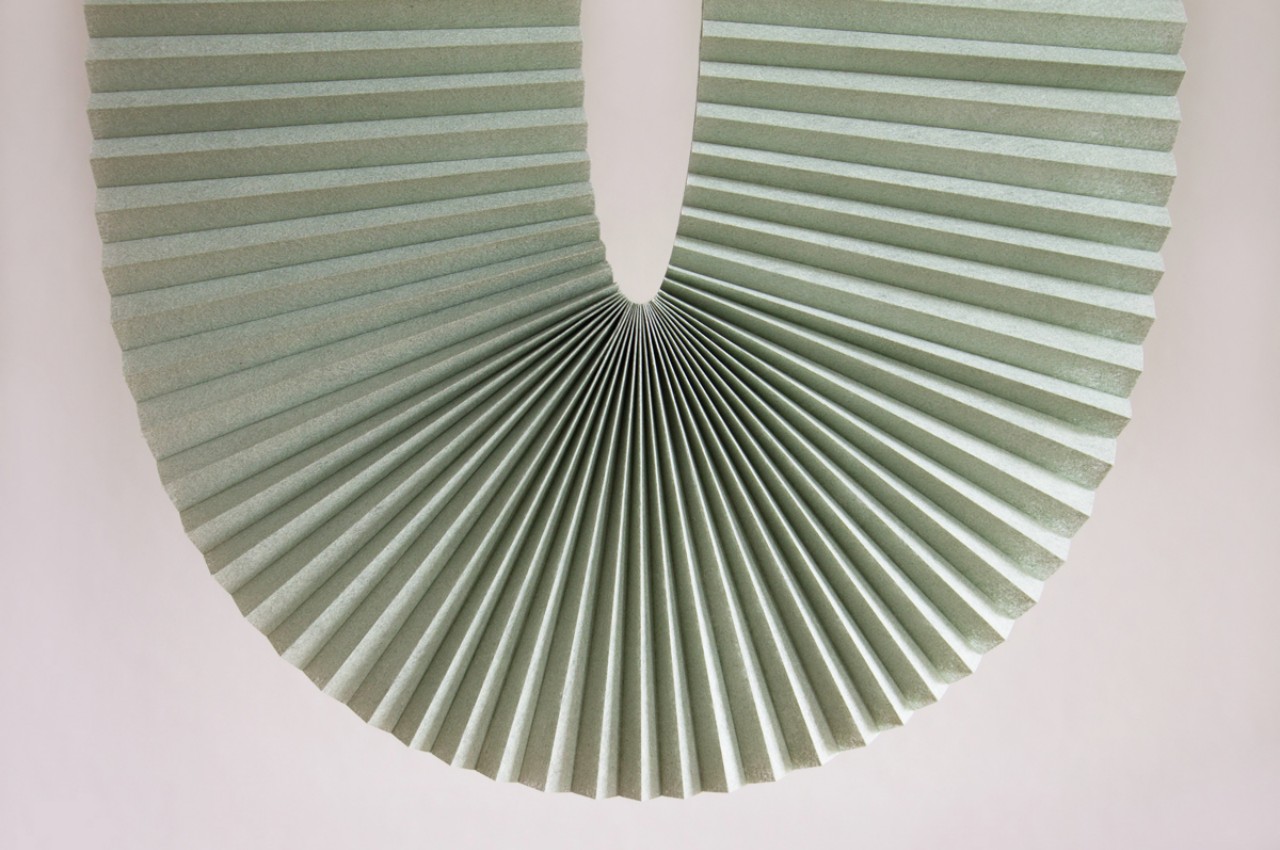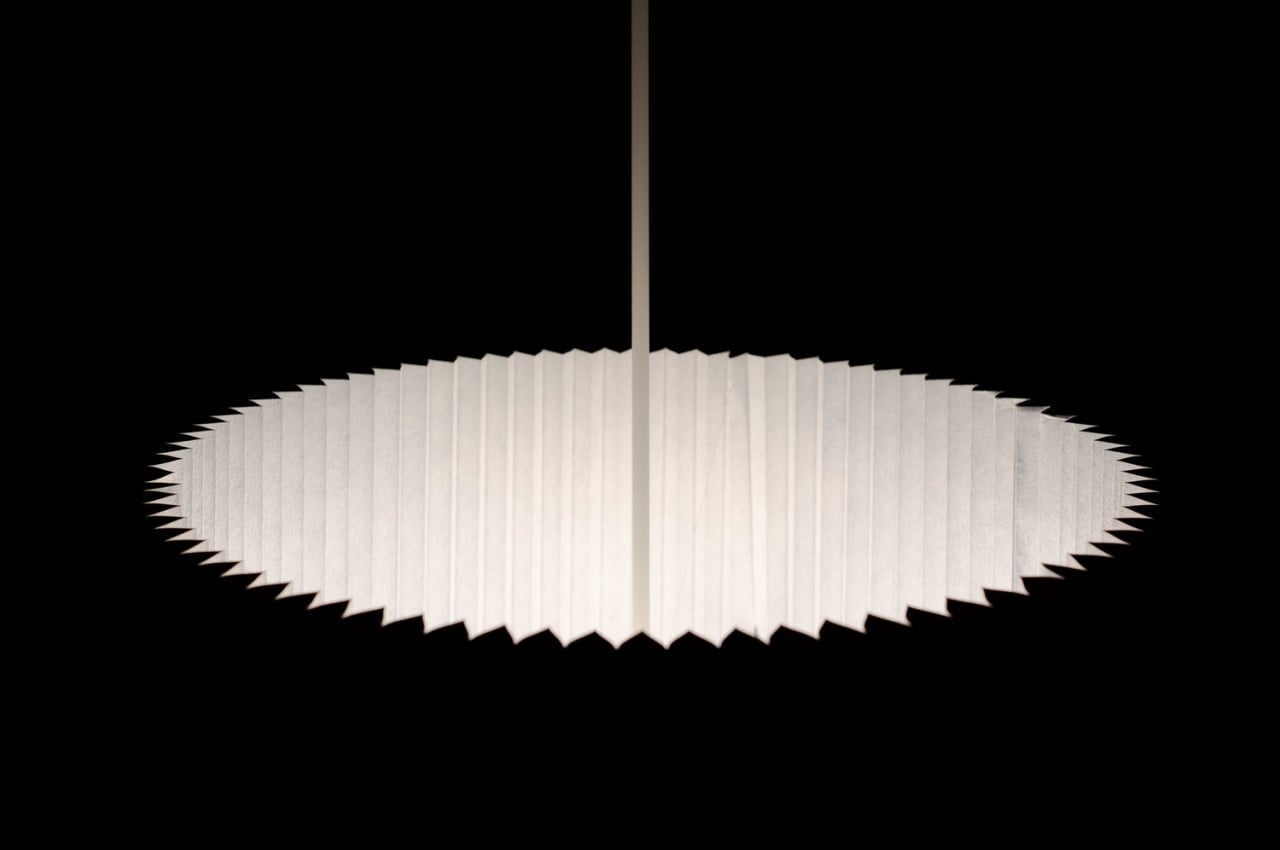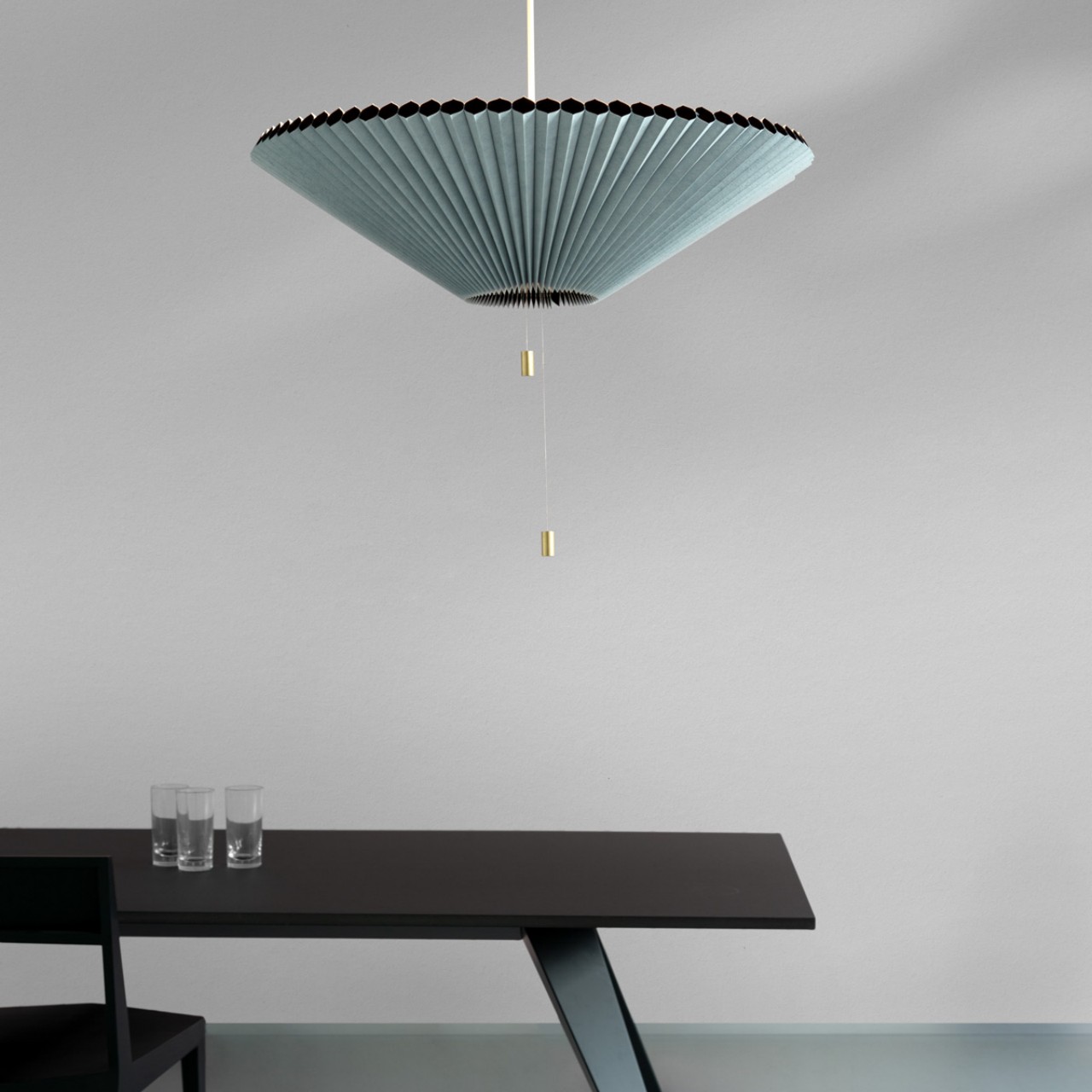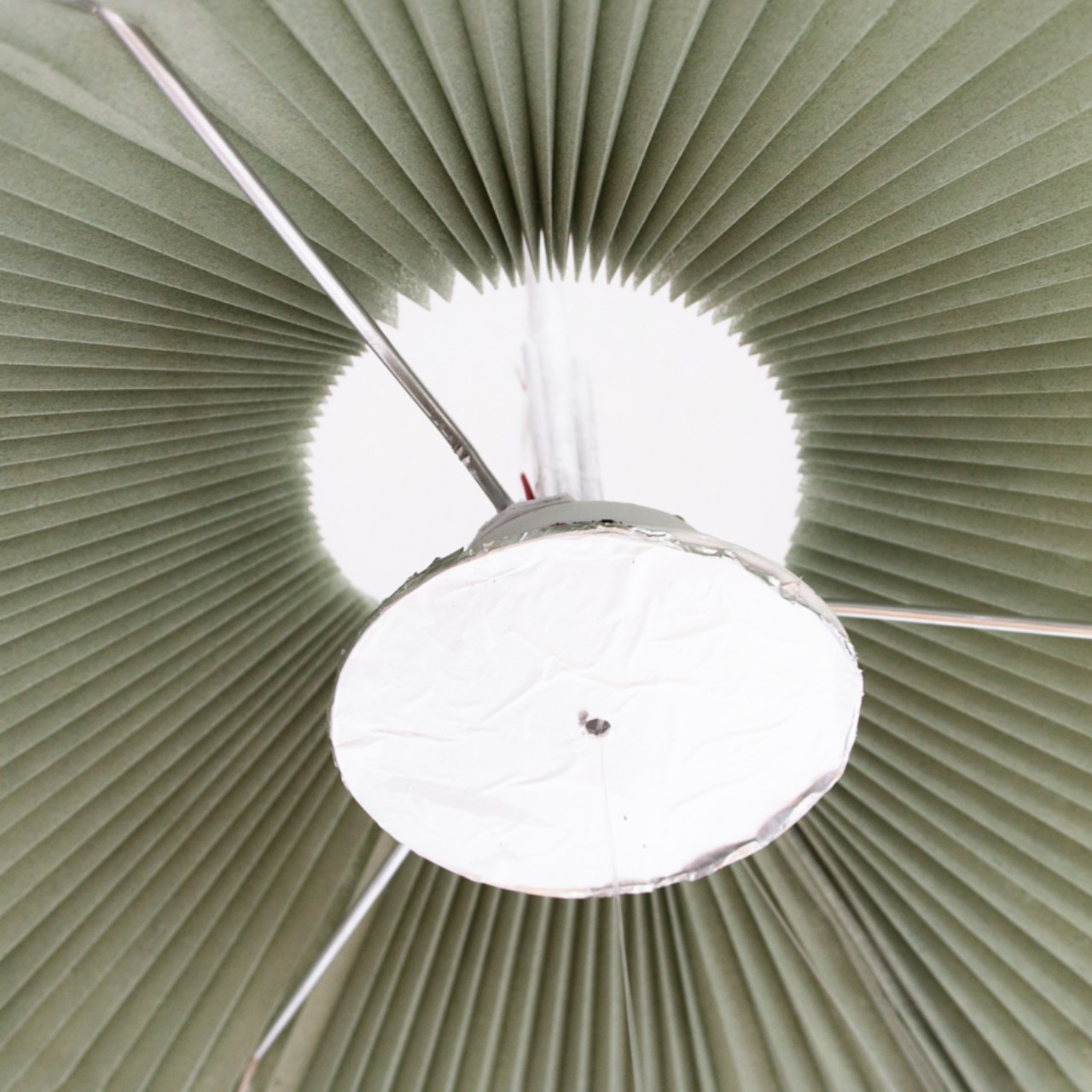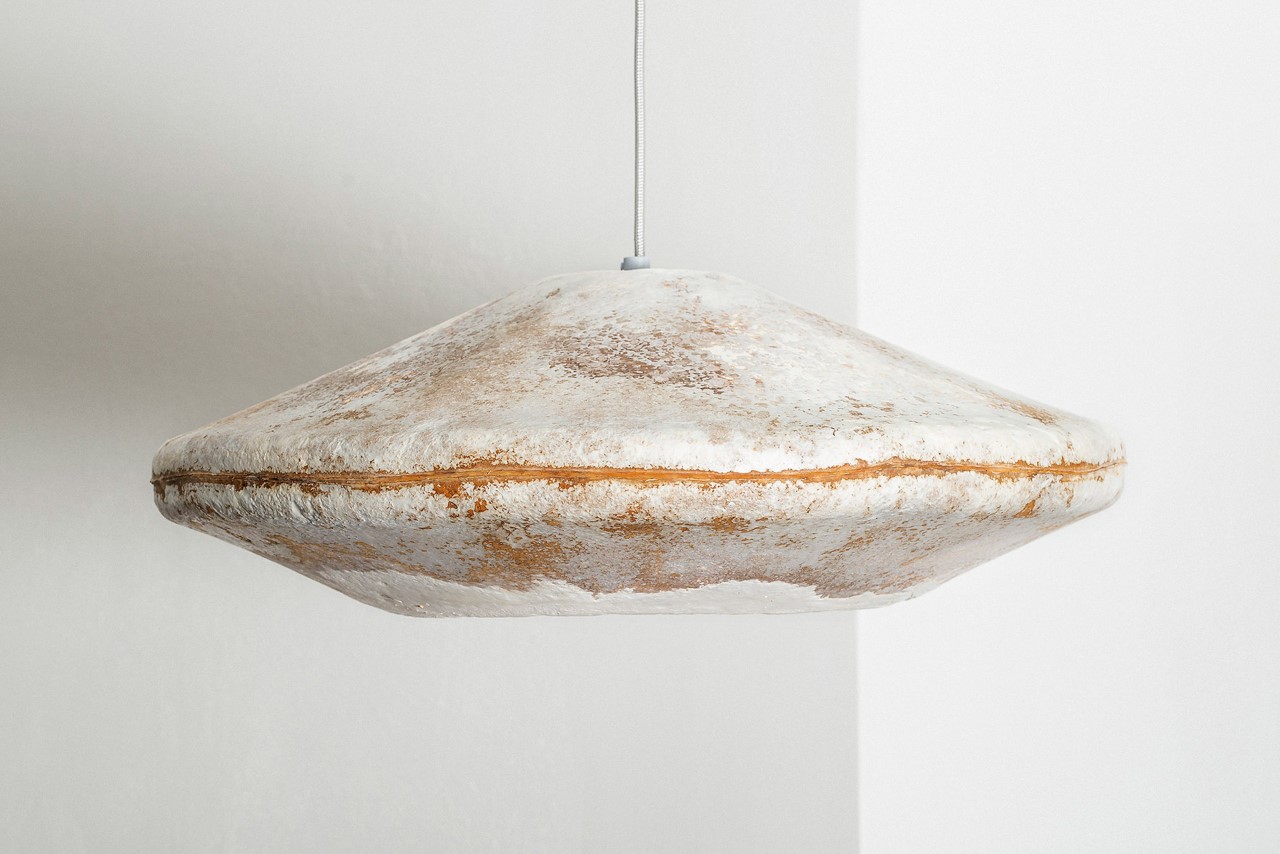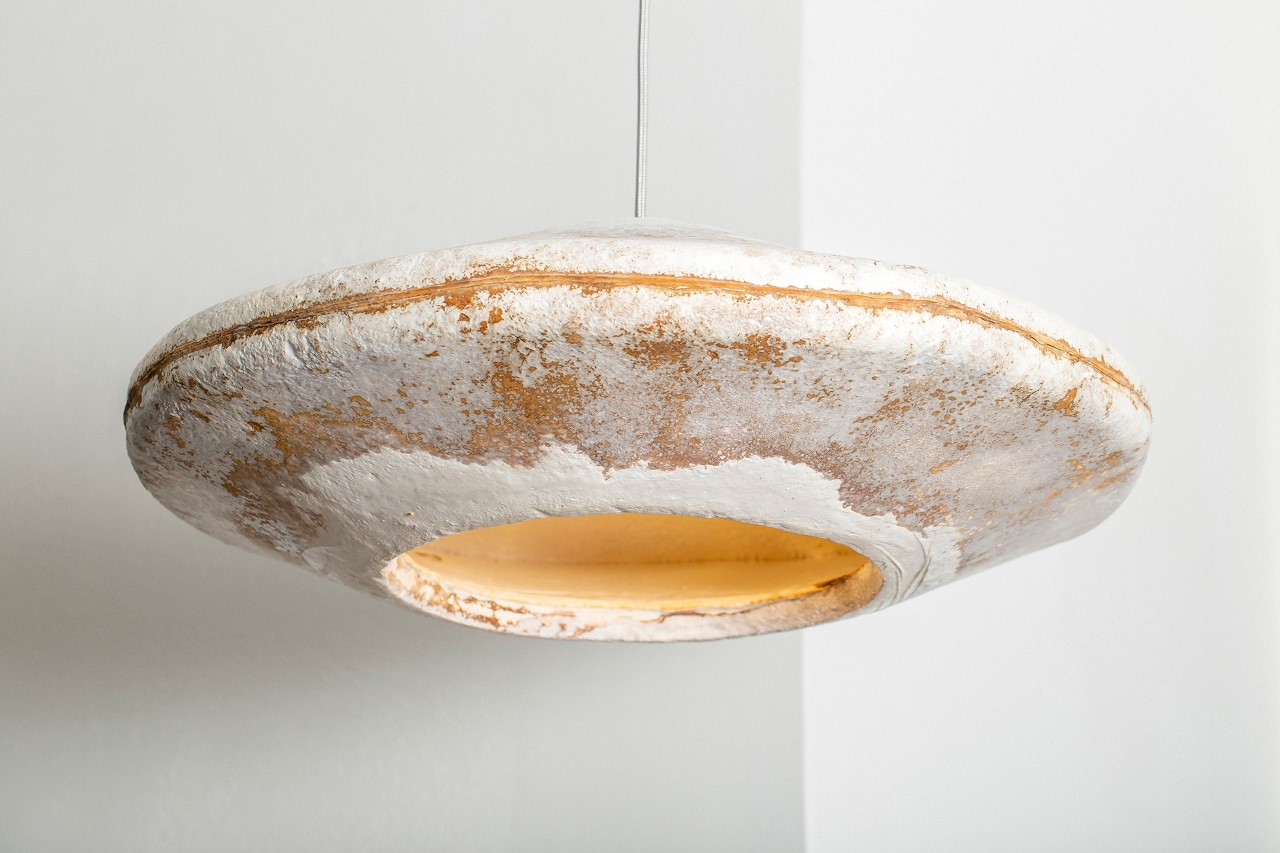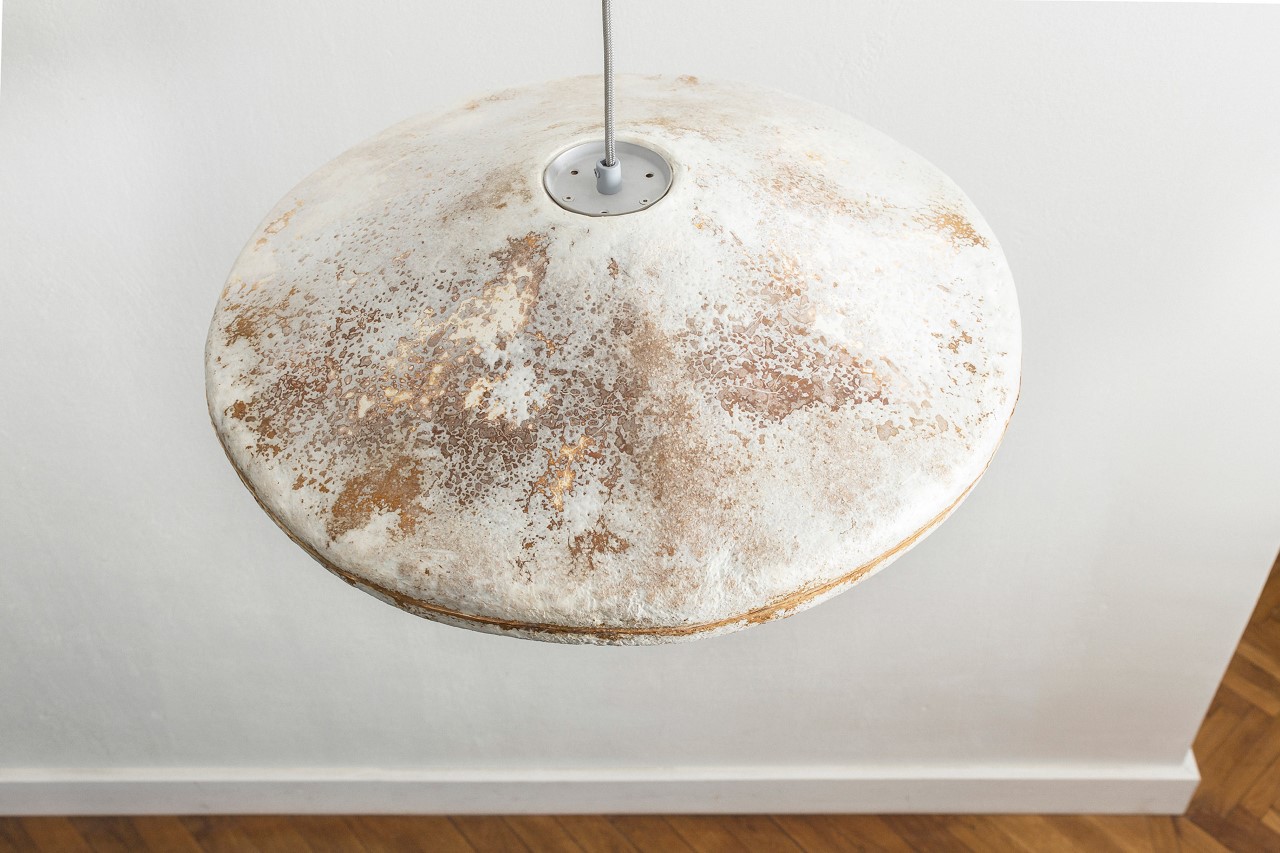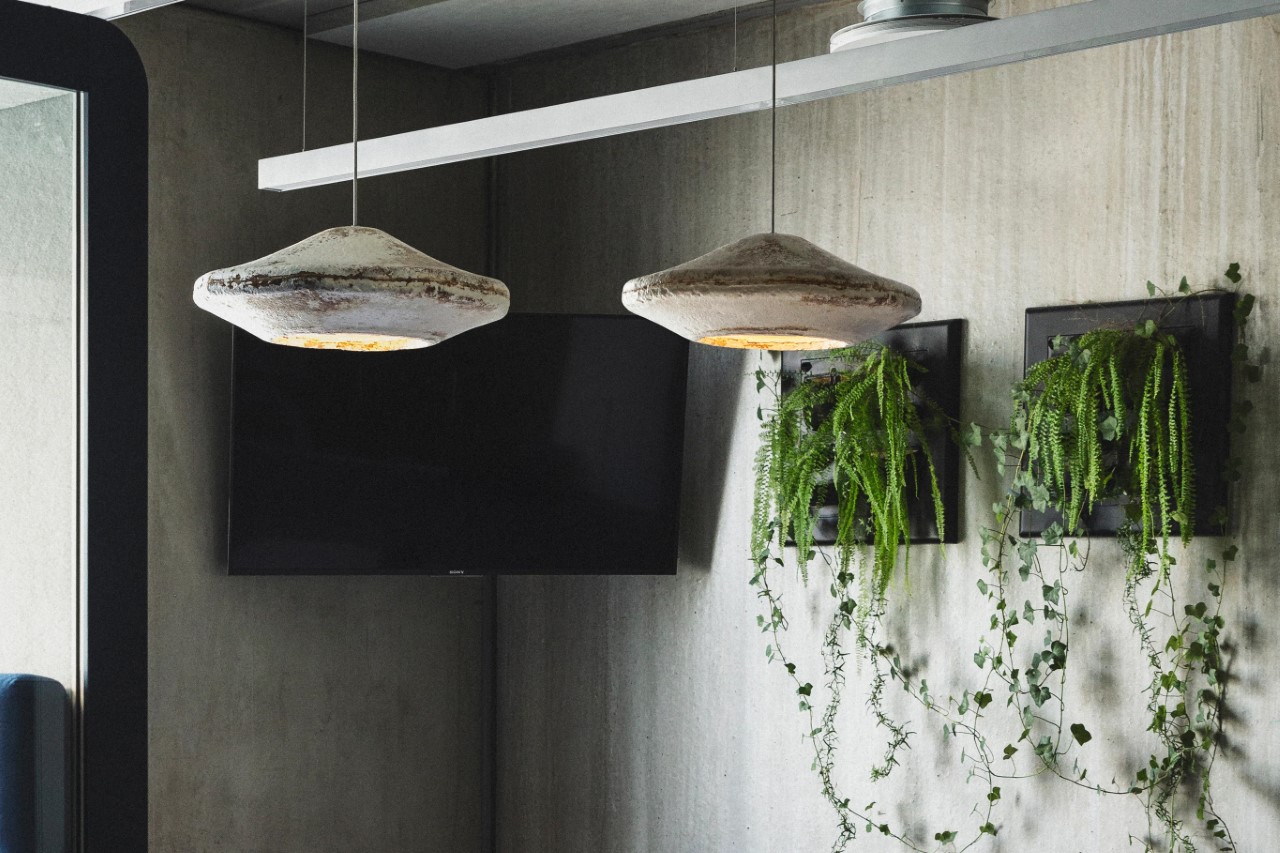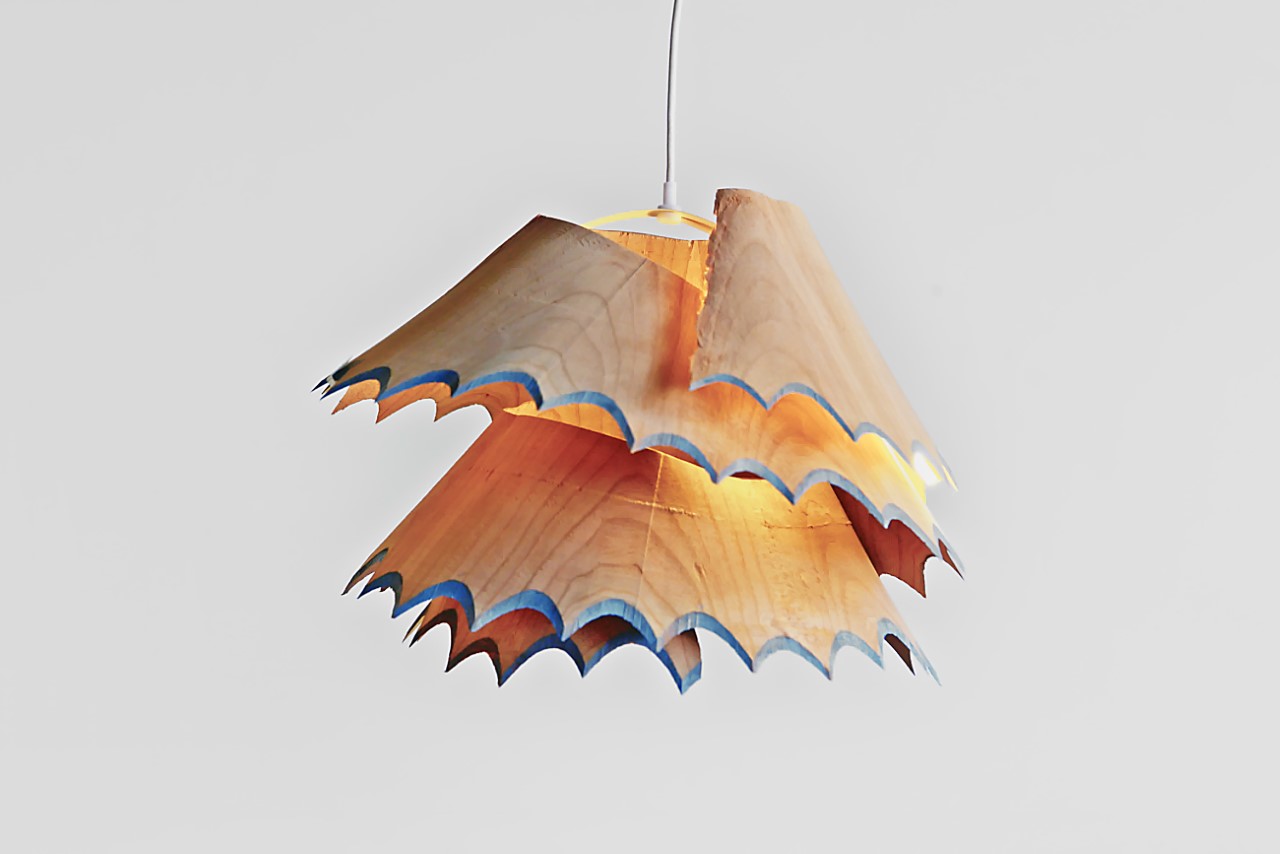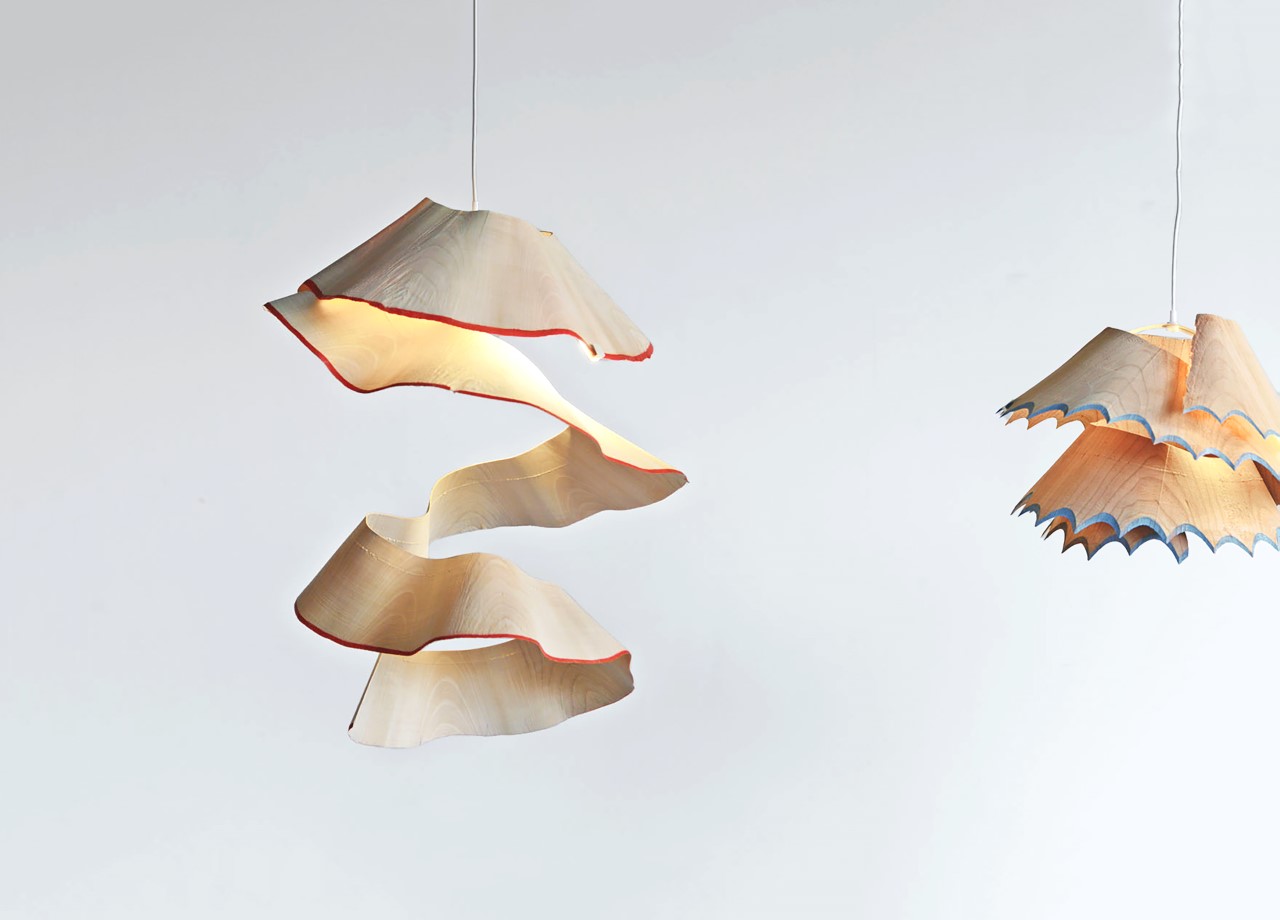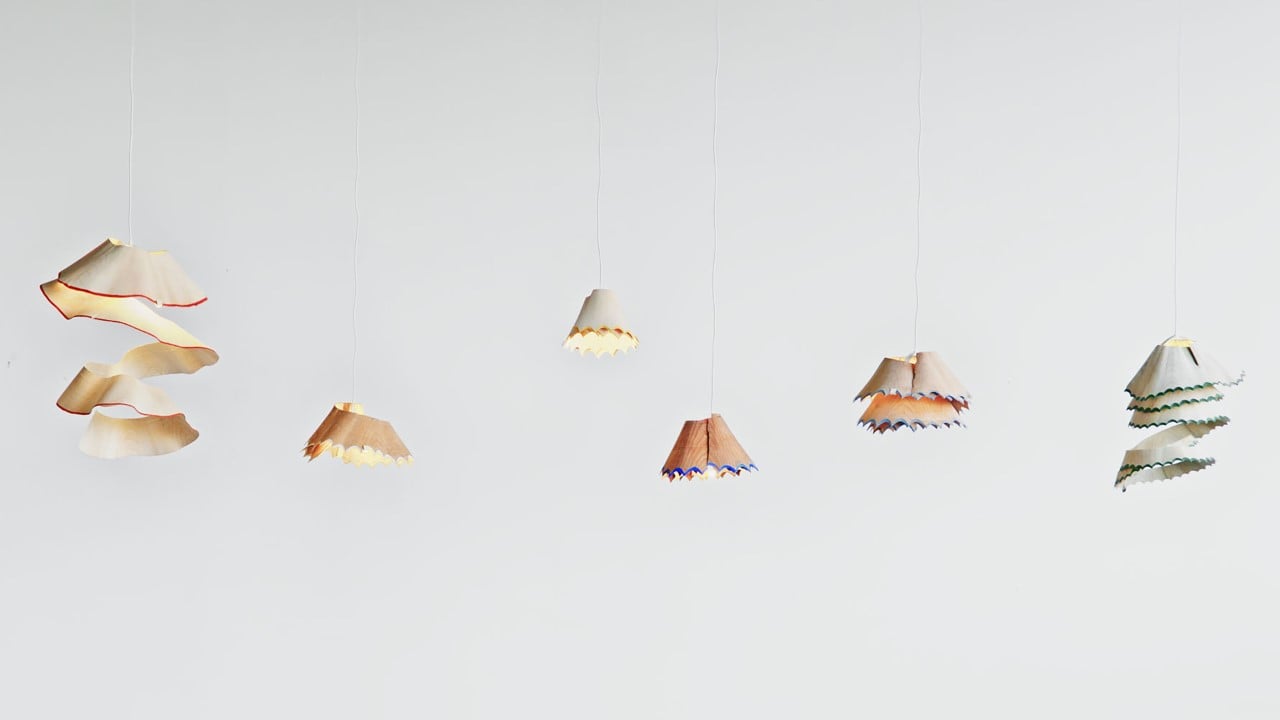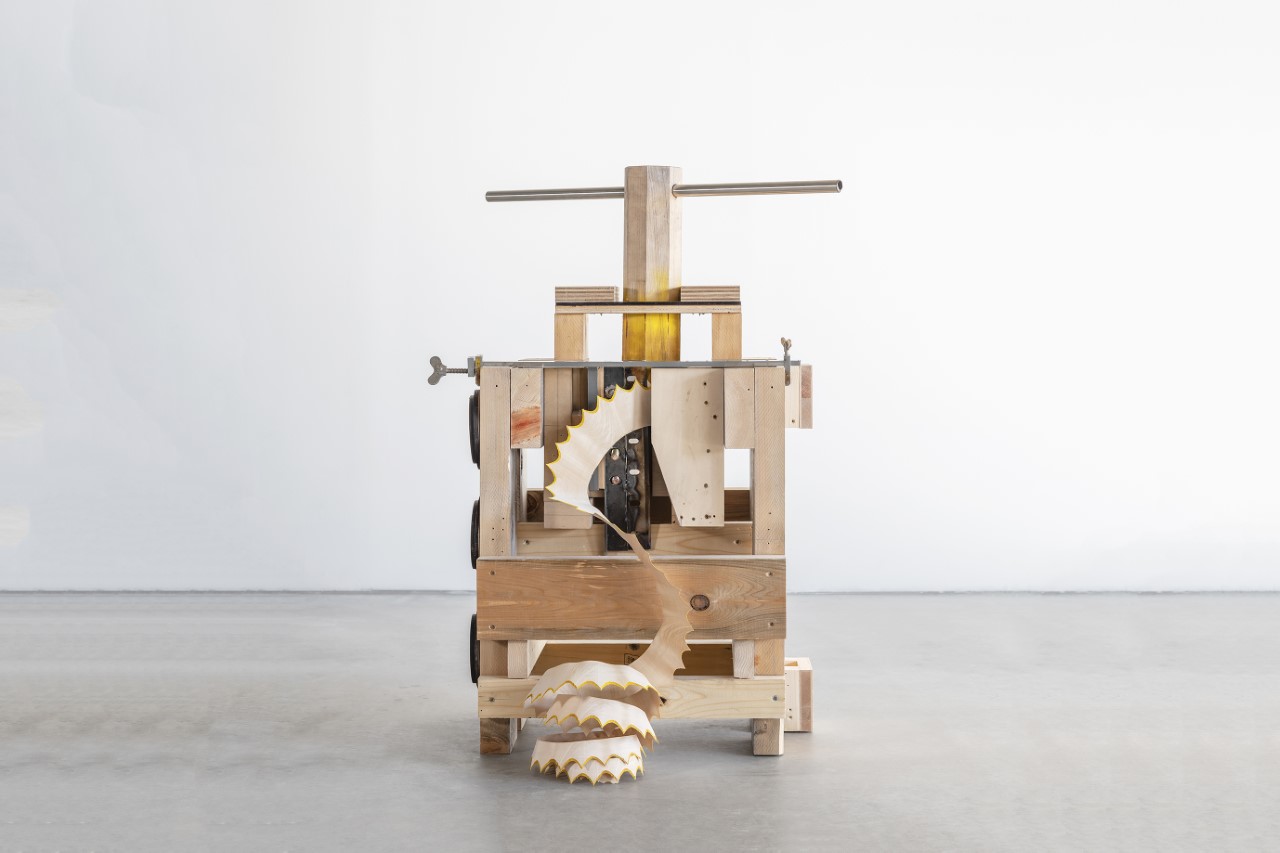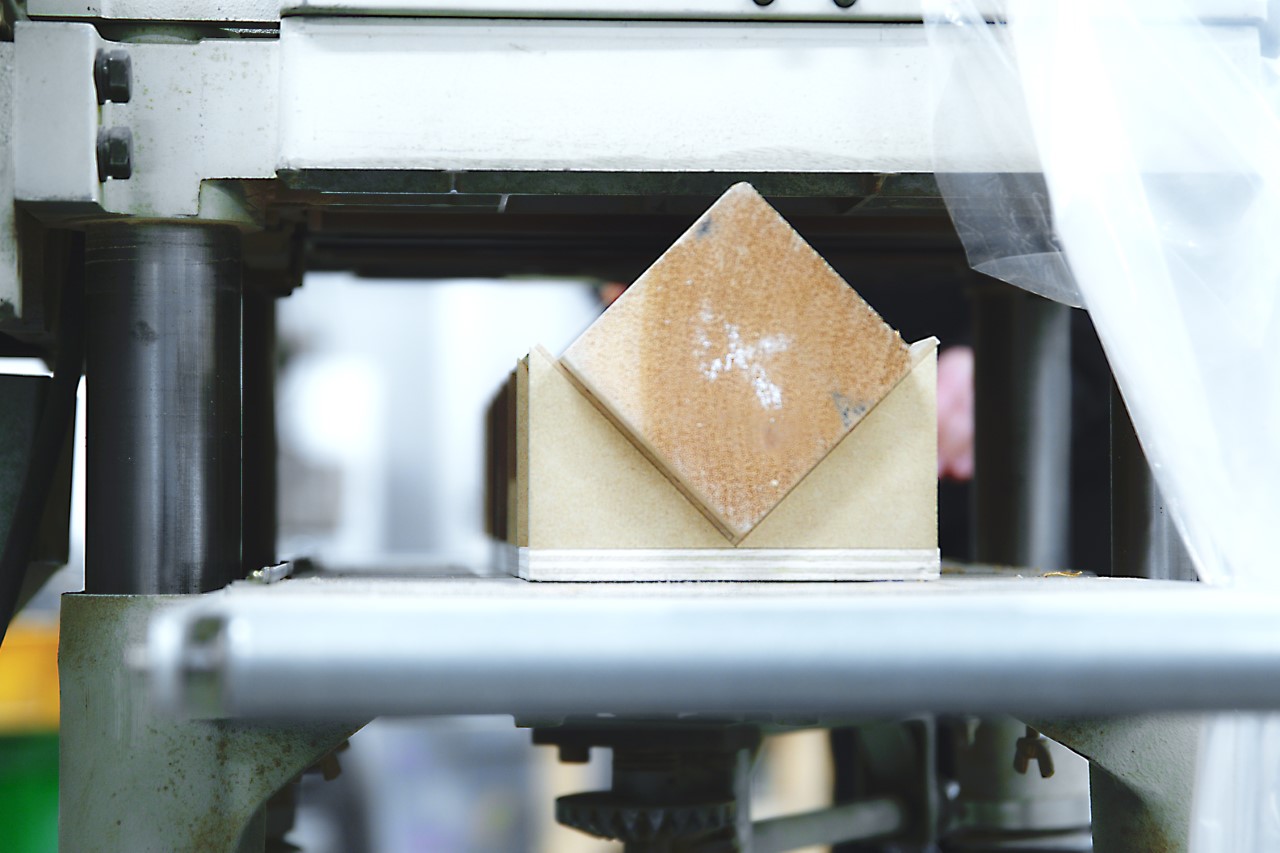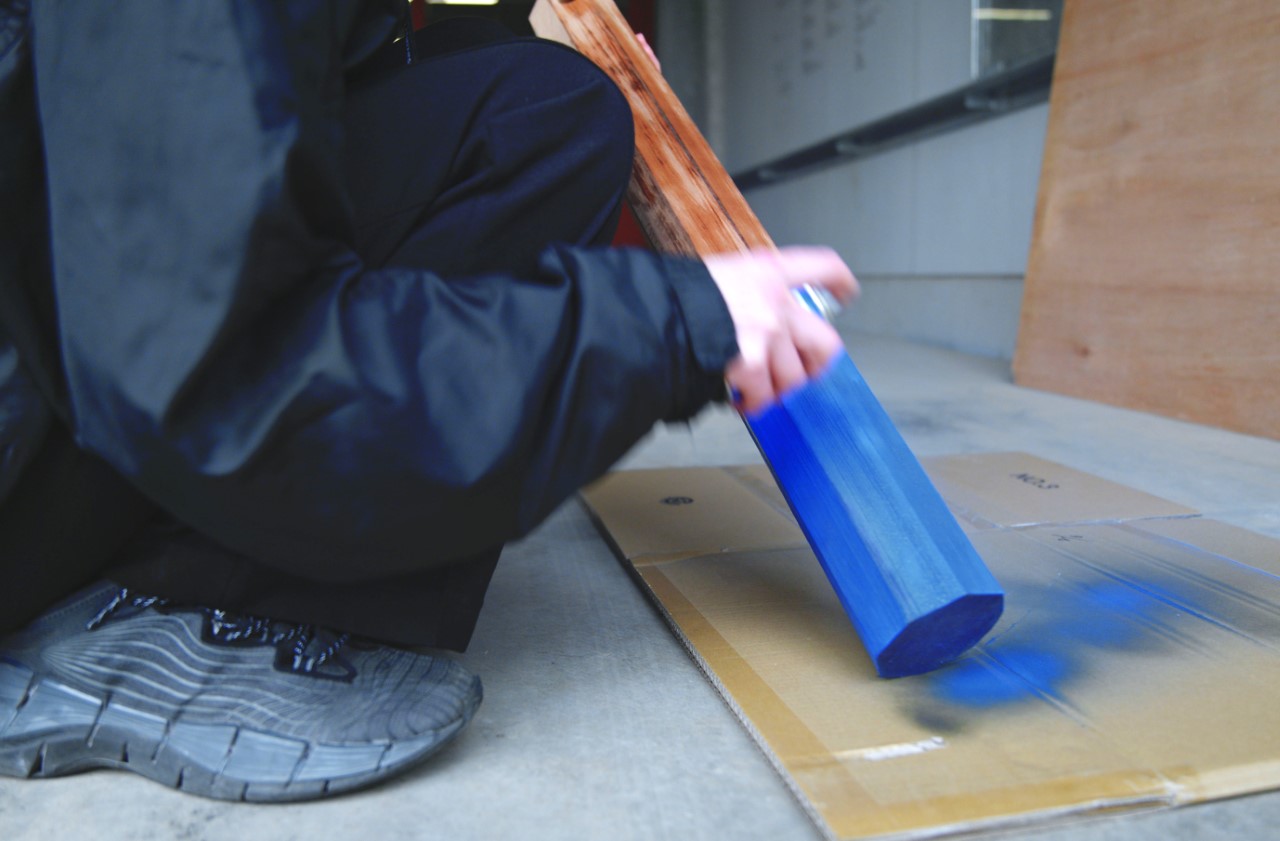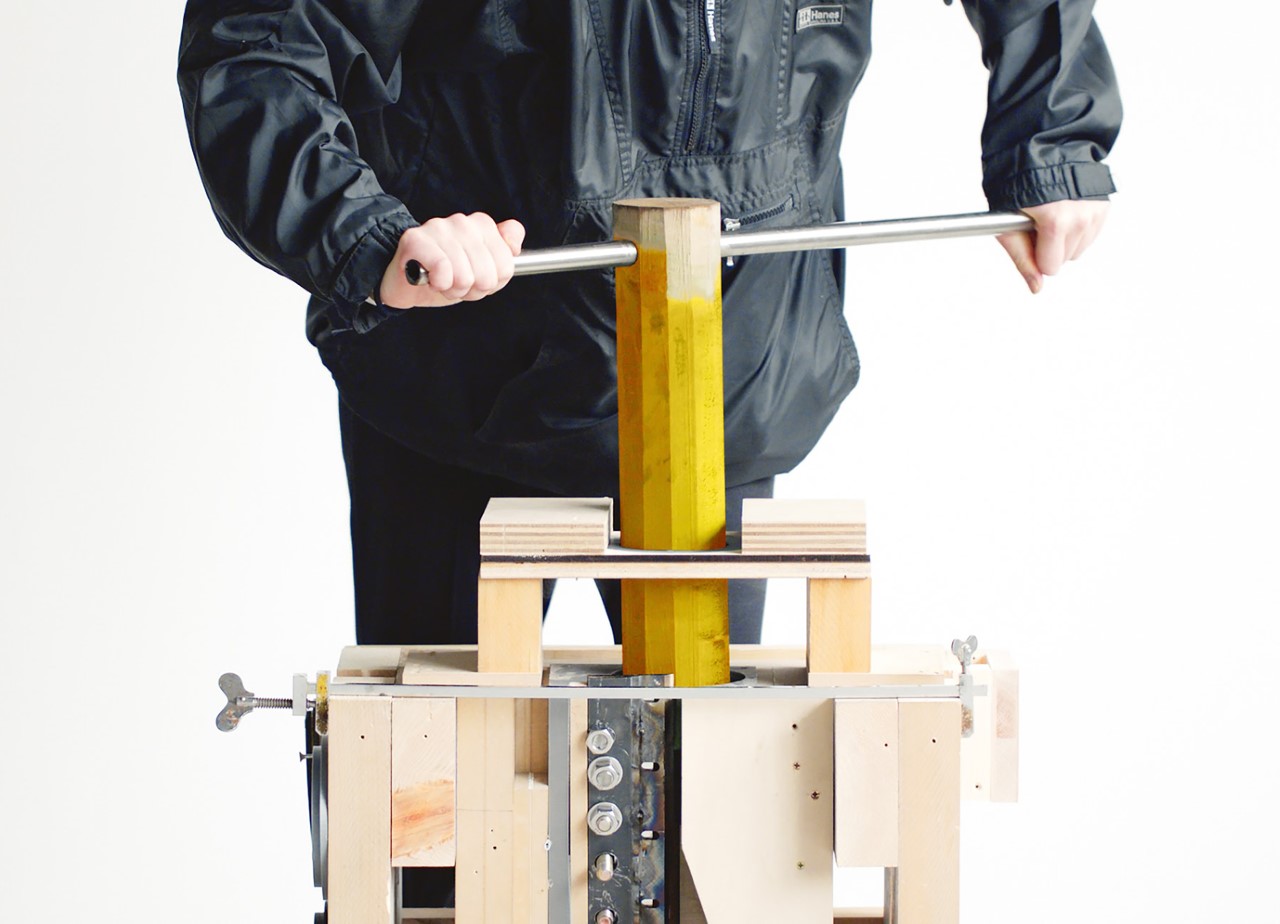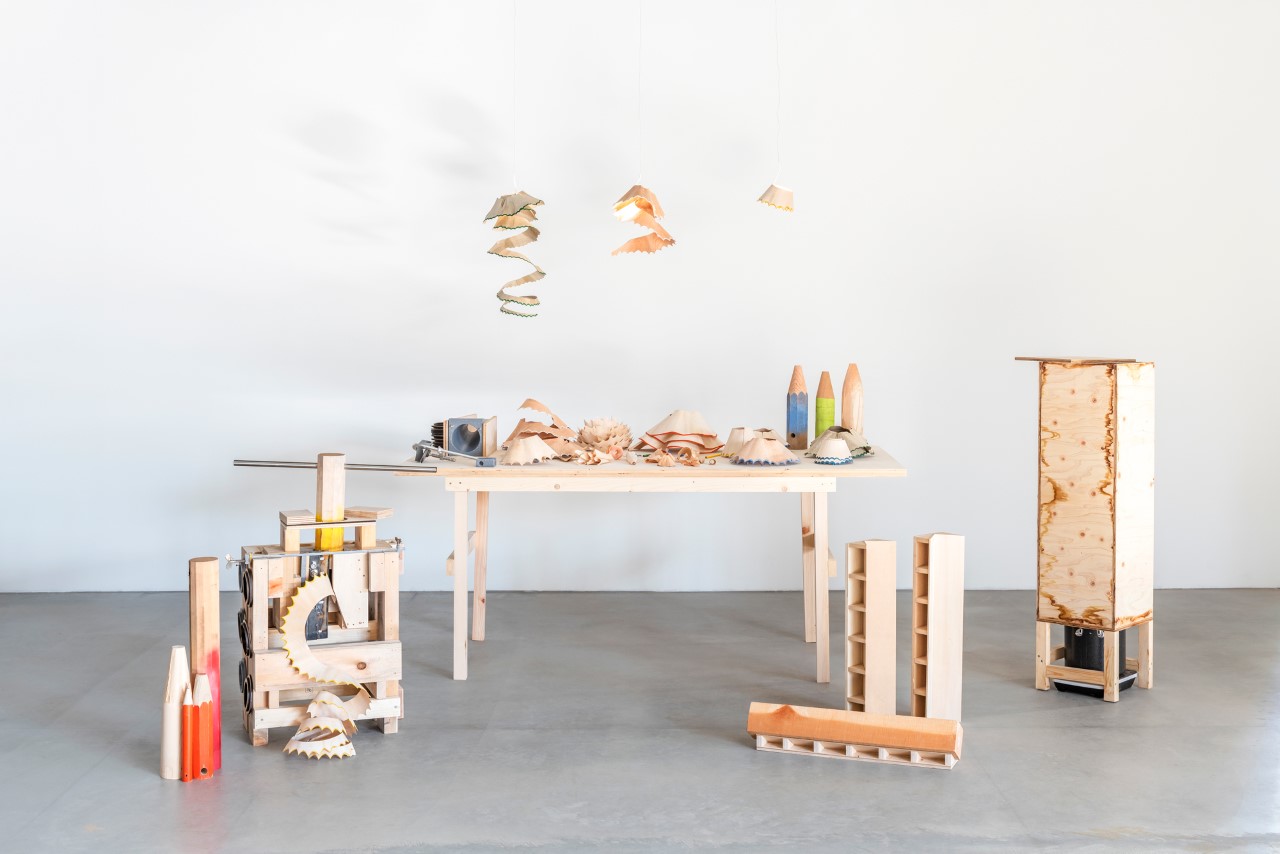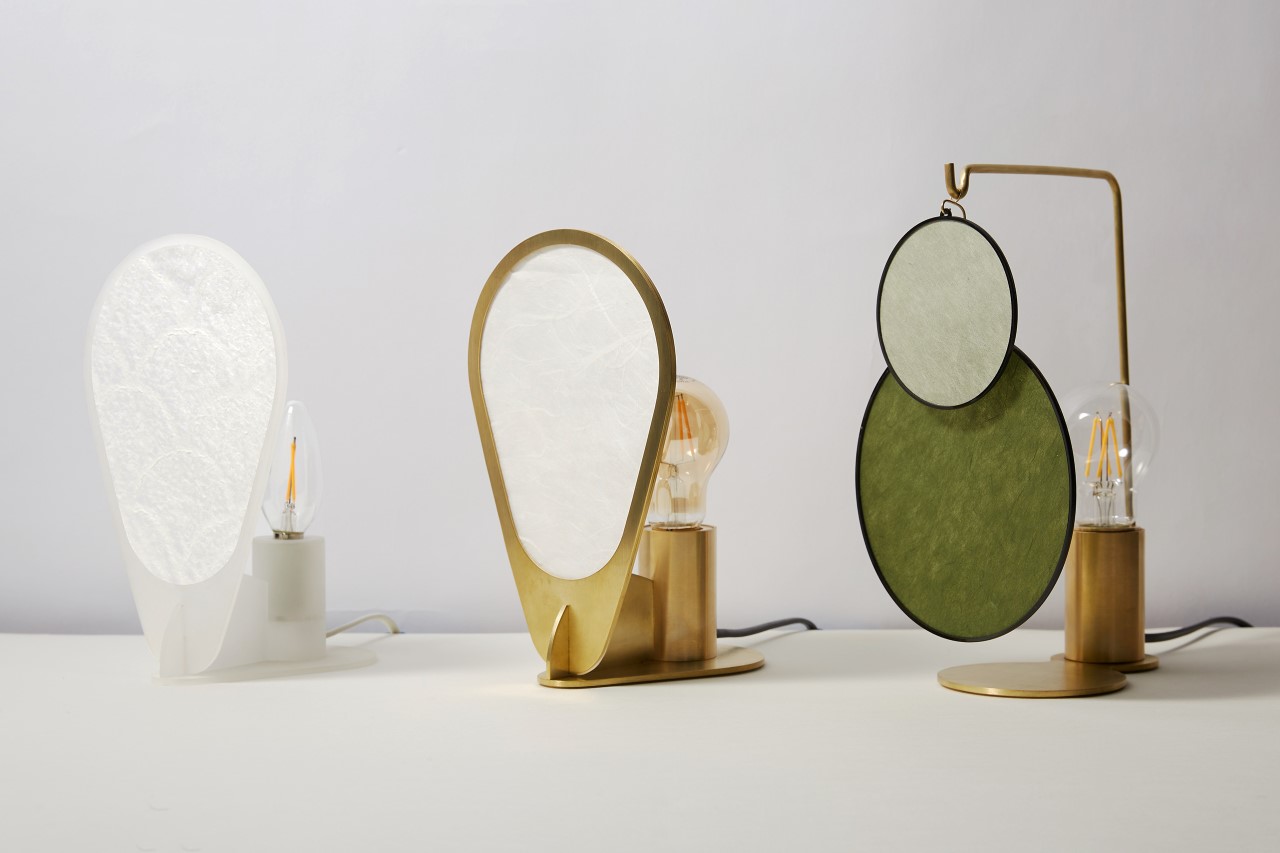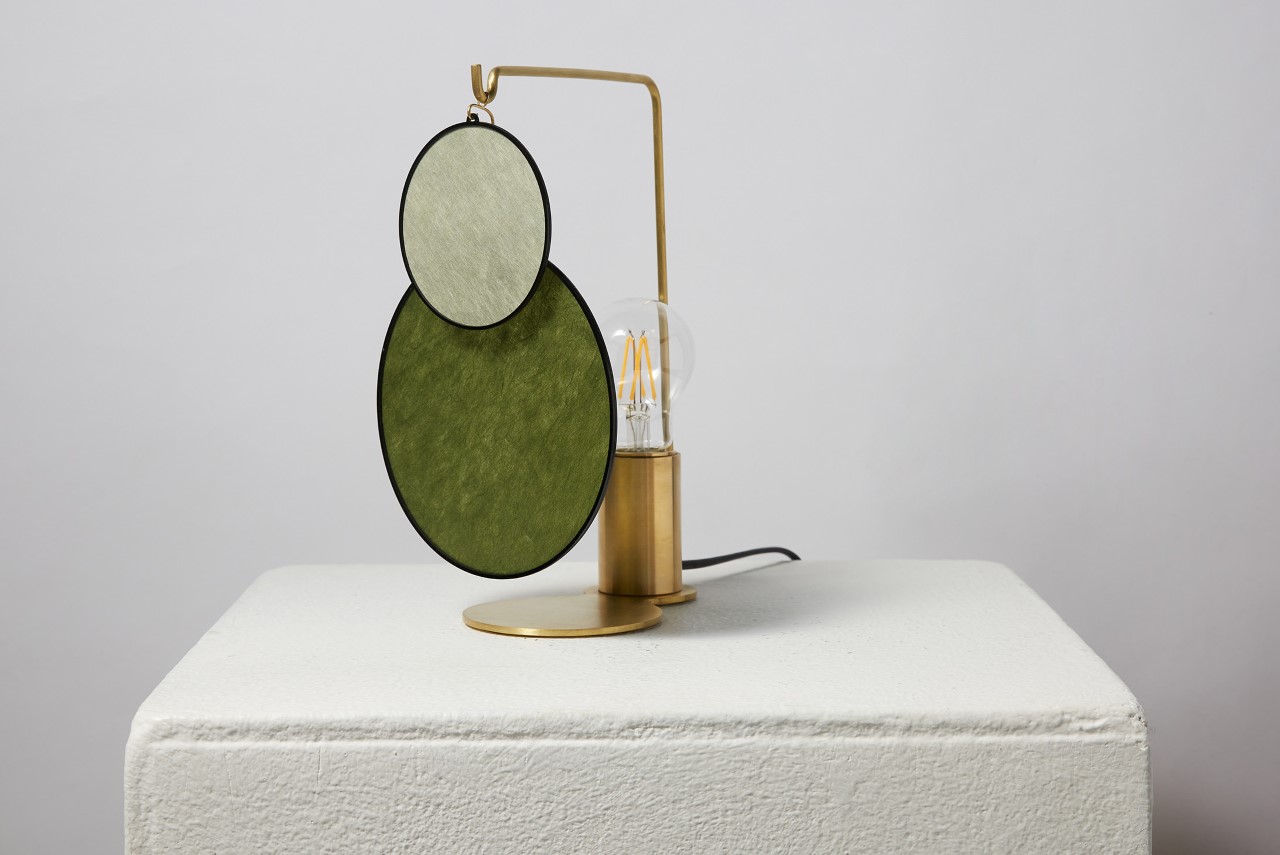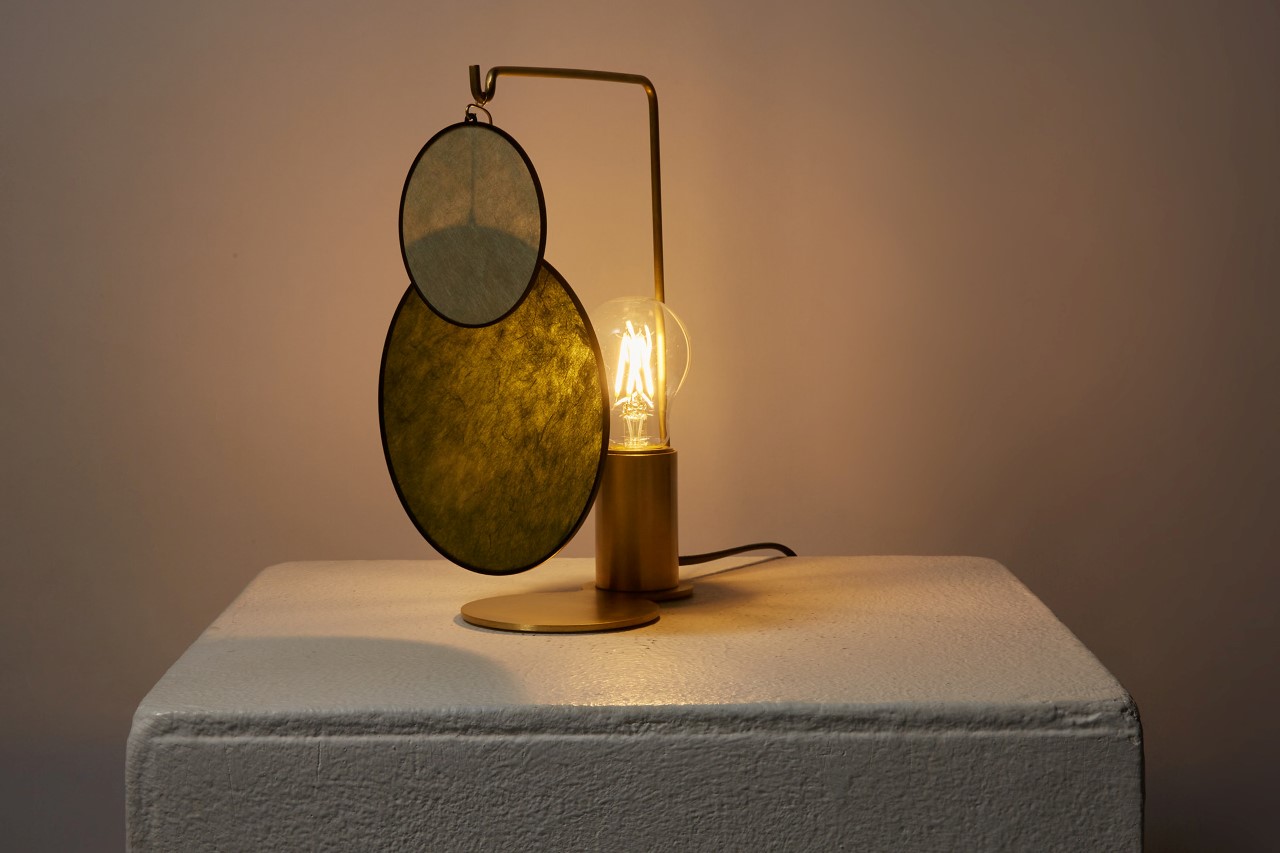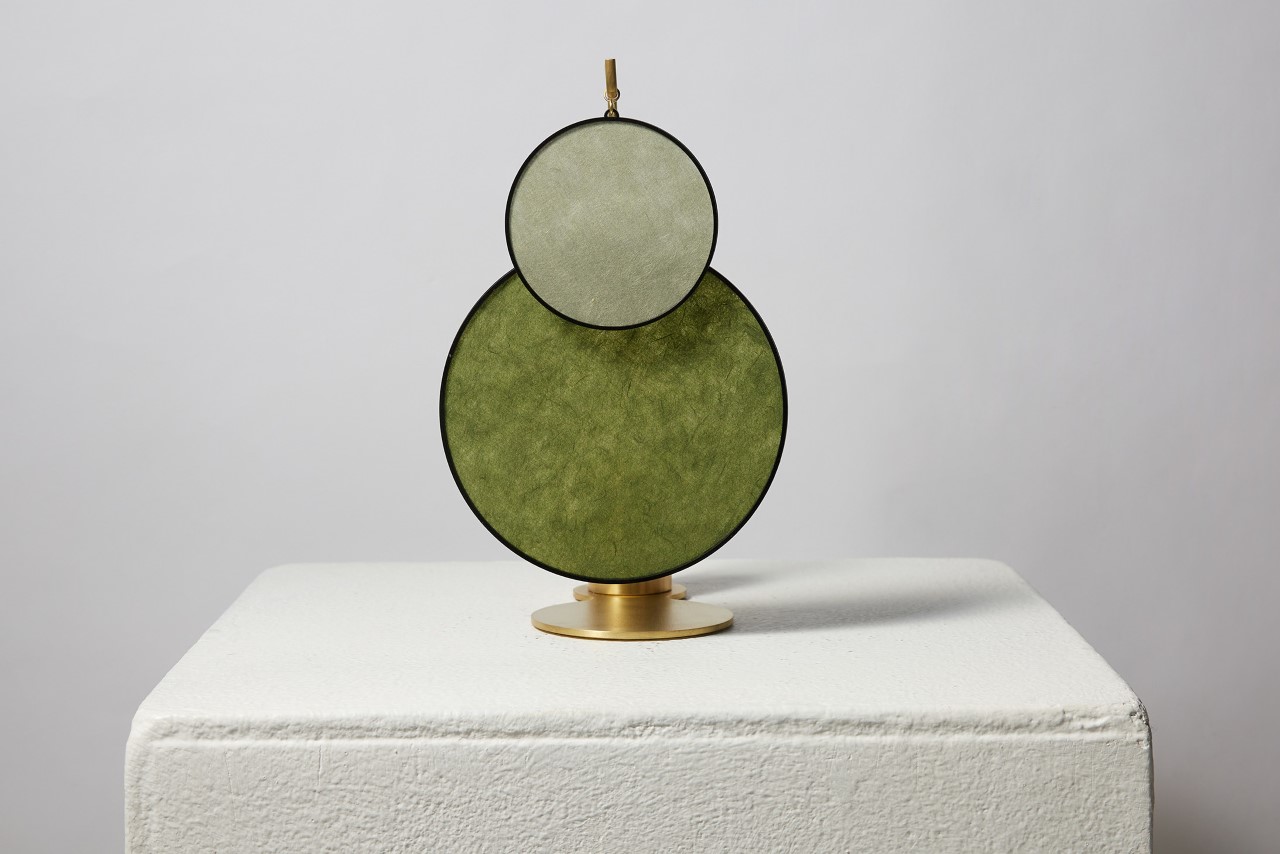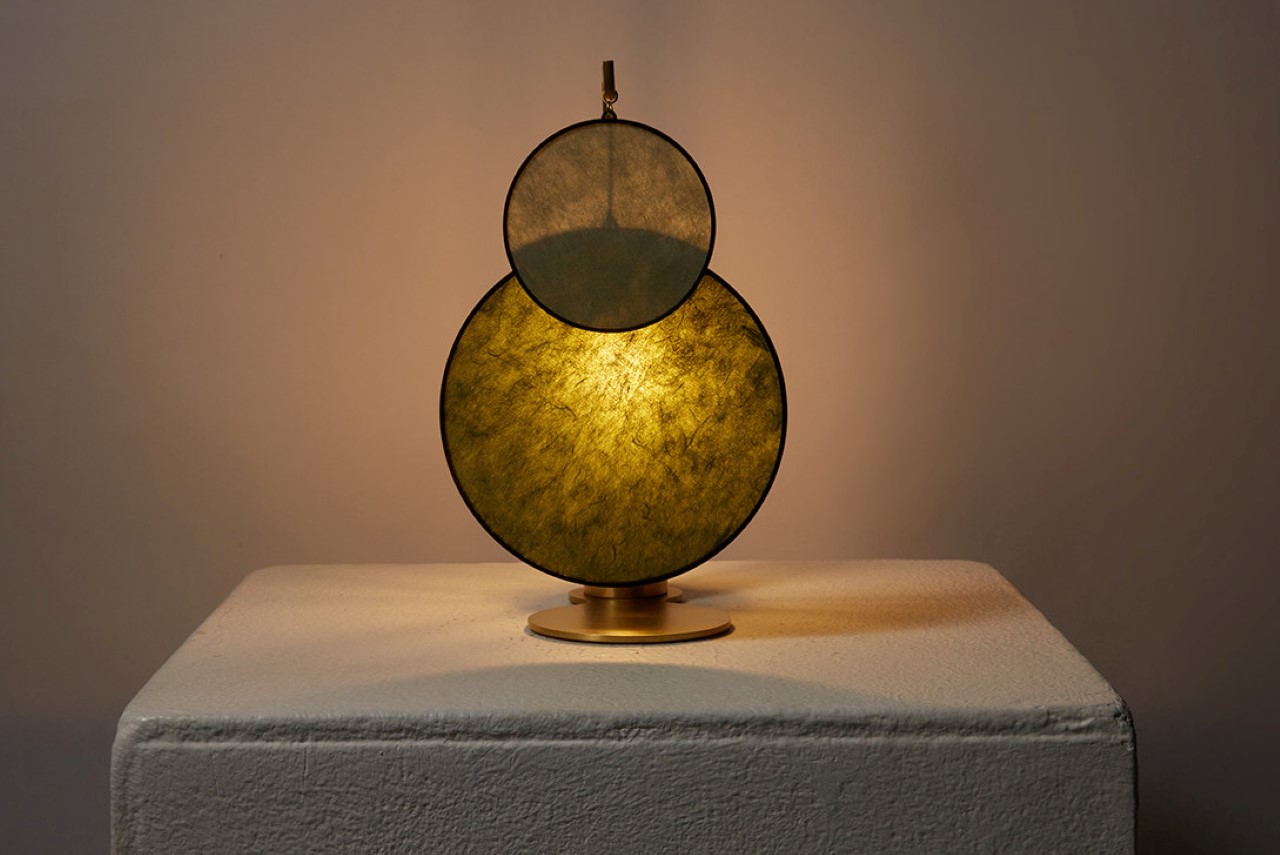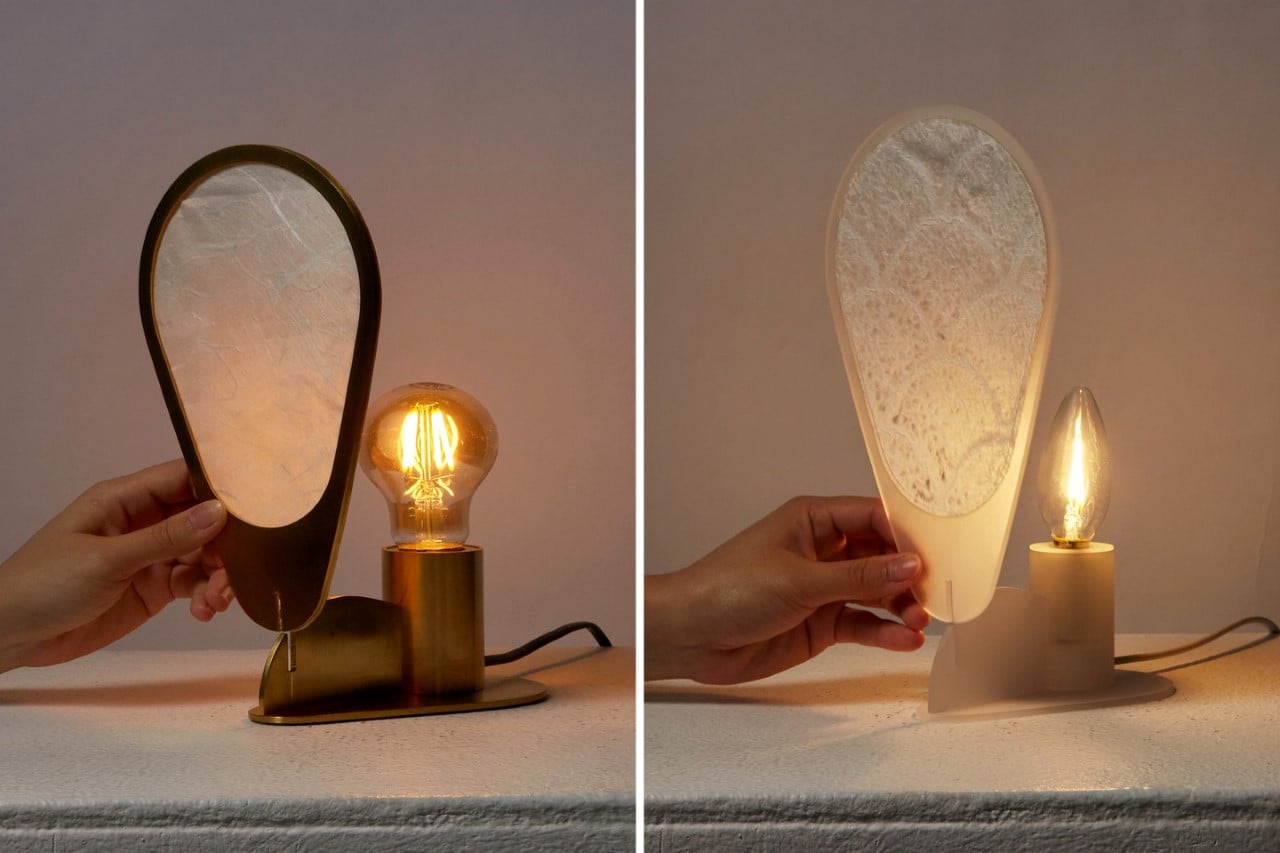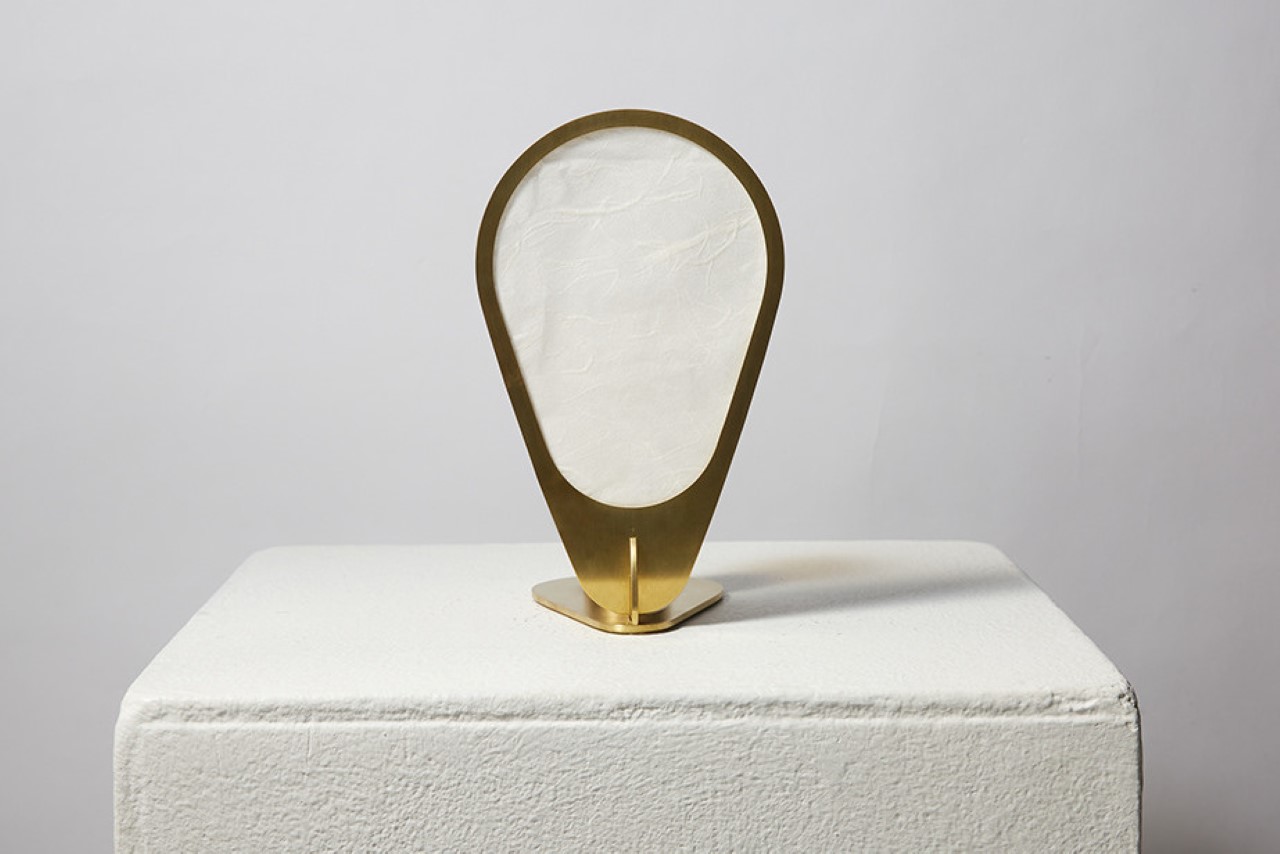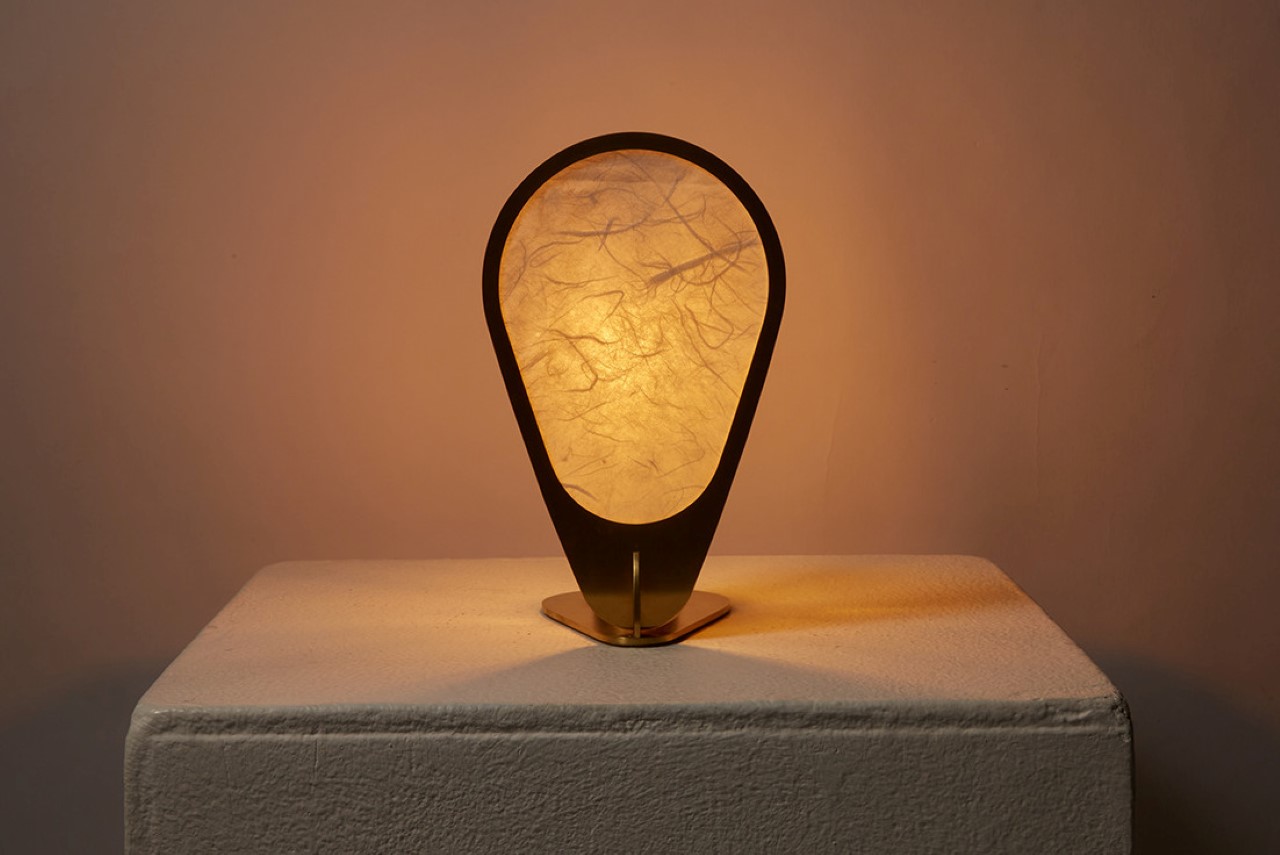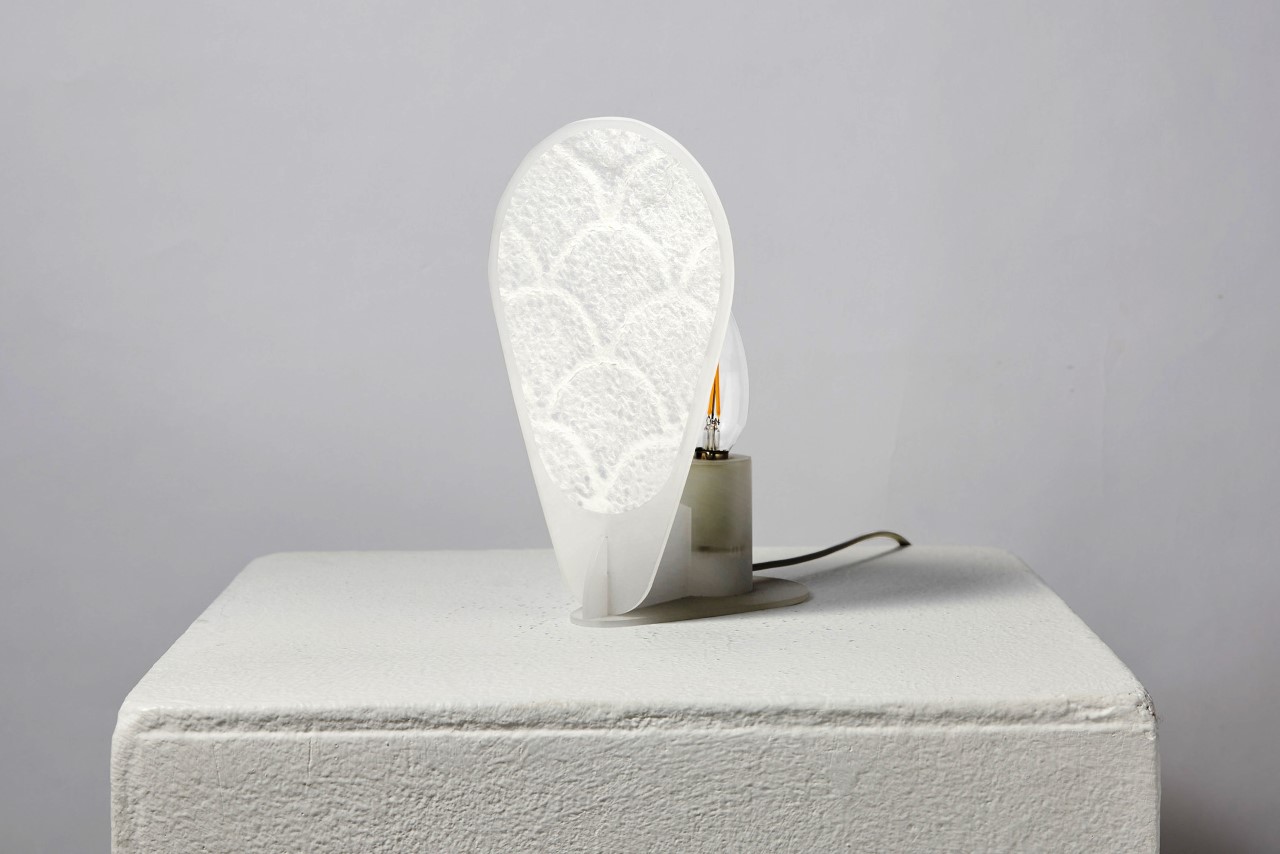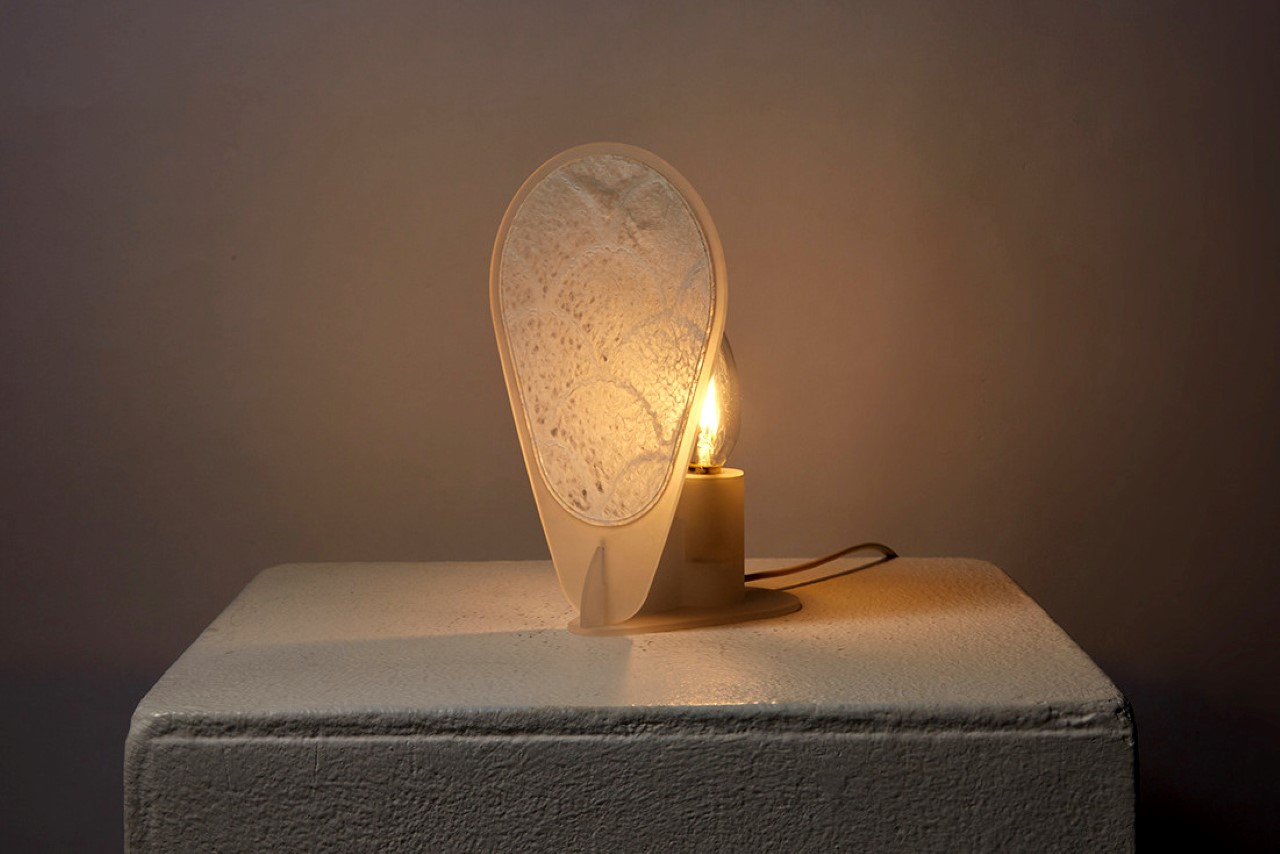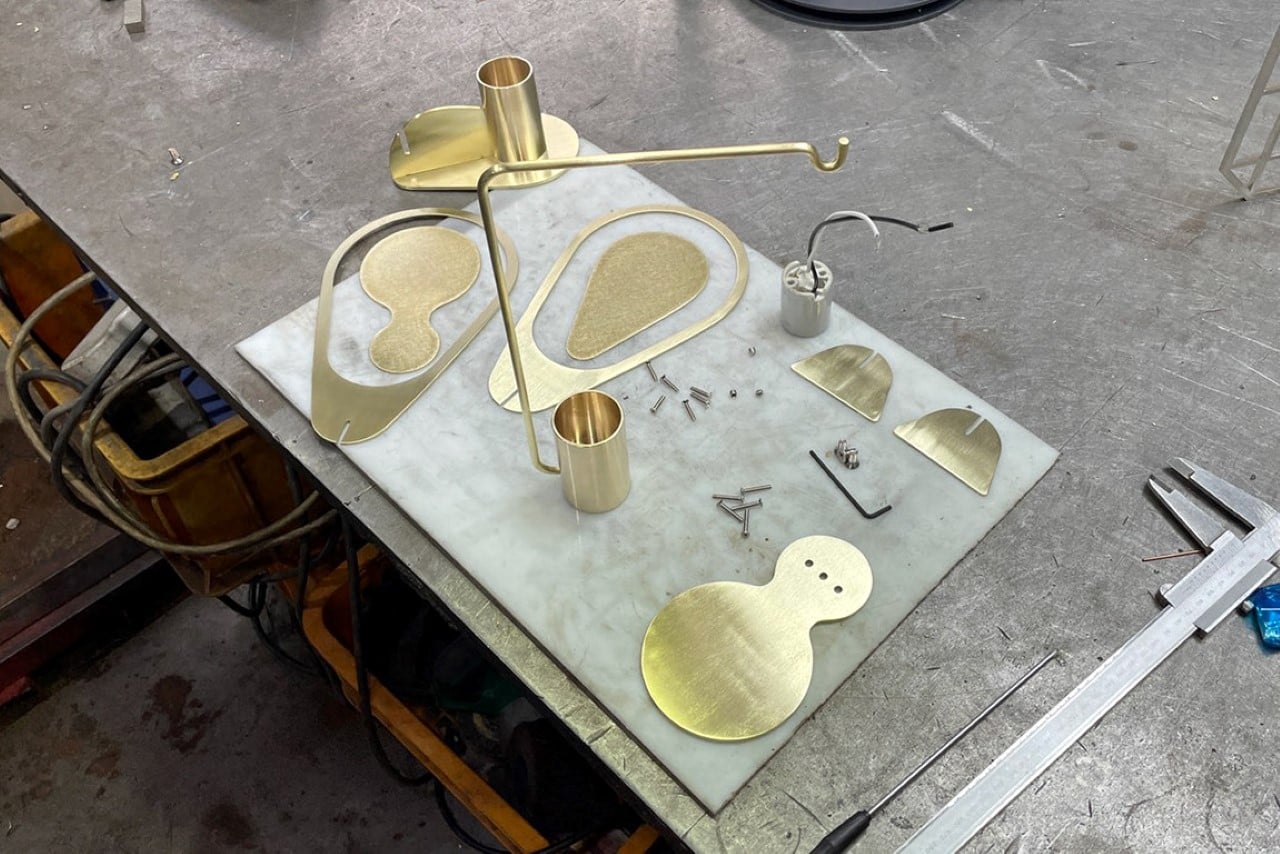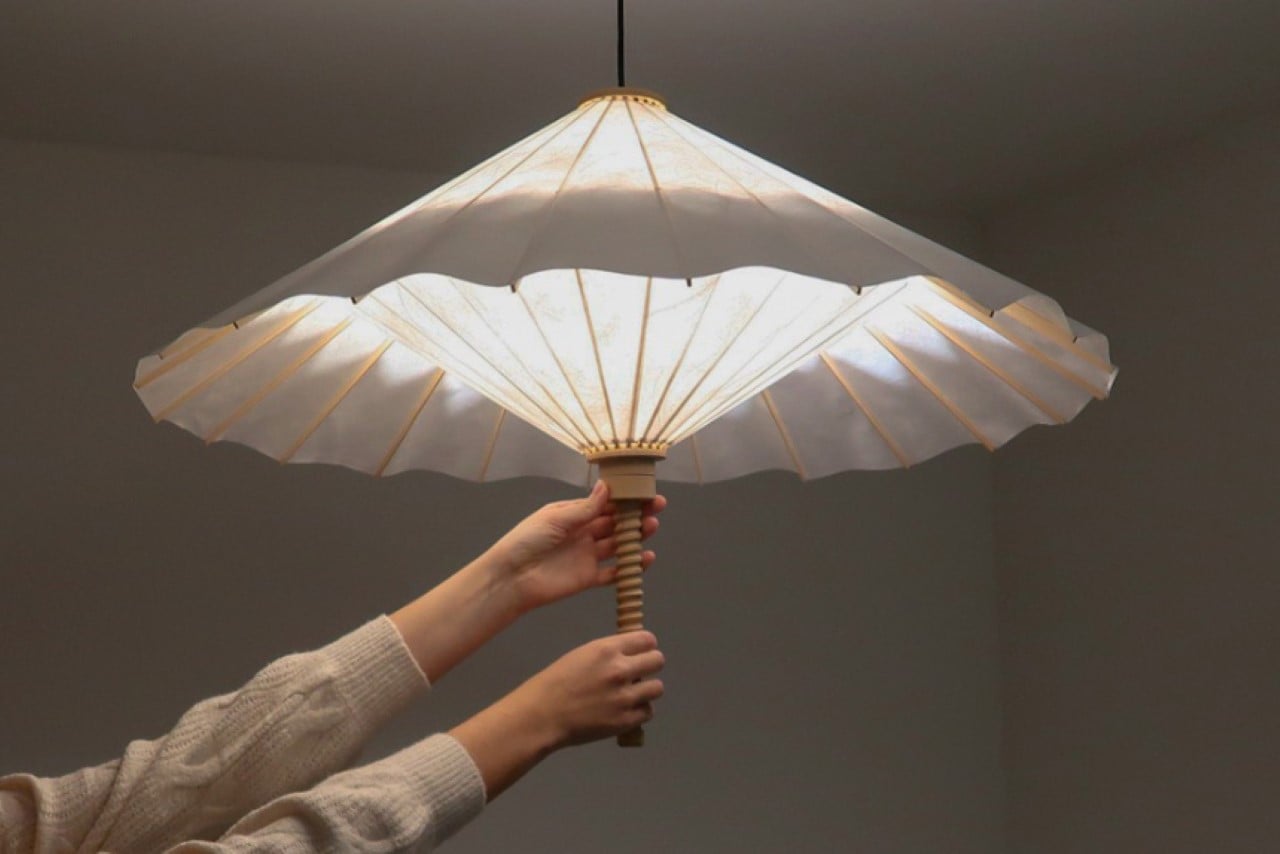
A worthy winner of last year’s Tyvek Design Awards, the Wagasa Lamp has a beautiful design and an even more alluring interaction that lets you adjust the lamp’s brightness. Taking inspiration from the shape of an umbrella or parasol, the lamp comes with a shade made from flexible Tyvek fabric (developed by DuPont) attached to wooden rods. The lamp can be unfurled or shut like an umbrella, exposing or enclosing the empty space within, which increases or decreases the amount of light that makes its way out of the lamp. This unique interaction gives the Wagasa Lamp just one of those beautiful user experiences that makes it an instant crowd favorite – but even more importantly, the lamp’s innately Asian/Japanese aesthetic makes it a wonderful inclusion in any minimalist or oriental-themed home!
Designer: Solenn Roch

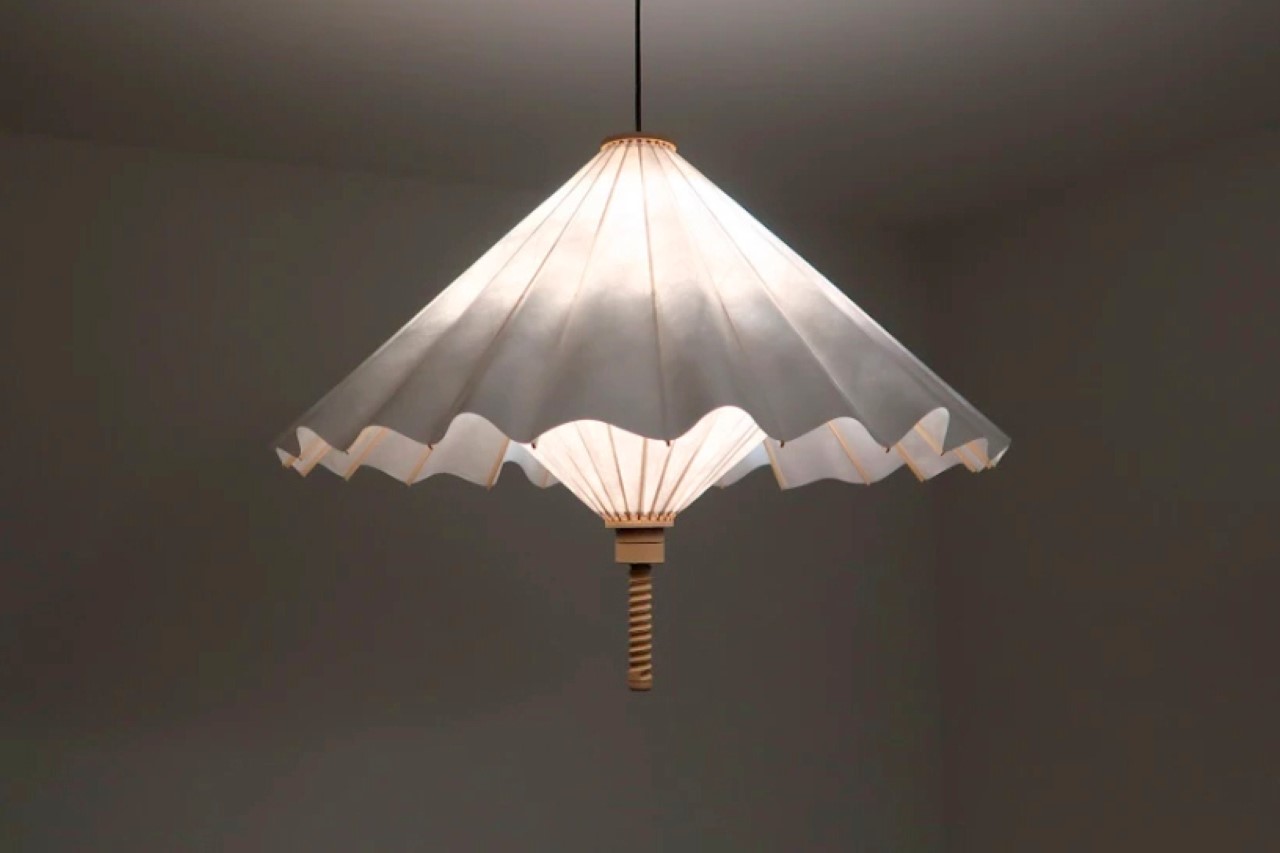
The Wagasa lamp’s design comprises just two materials outside the lamp’s bulb and electrical housing. You’ve got the Tyvek shade, made of two sheets of the synthetic paper-like material, and a wooden structure that holds the Tyvek shades up, allowing you to adjust their position. “The translucent Dupont Tyvek material diffuses light softly, creating a warm atmosphere,” mentions Swiss-based Solenn Roch.
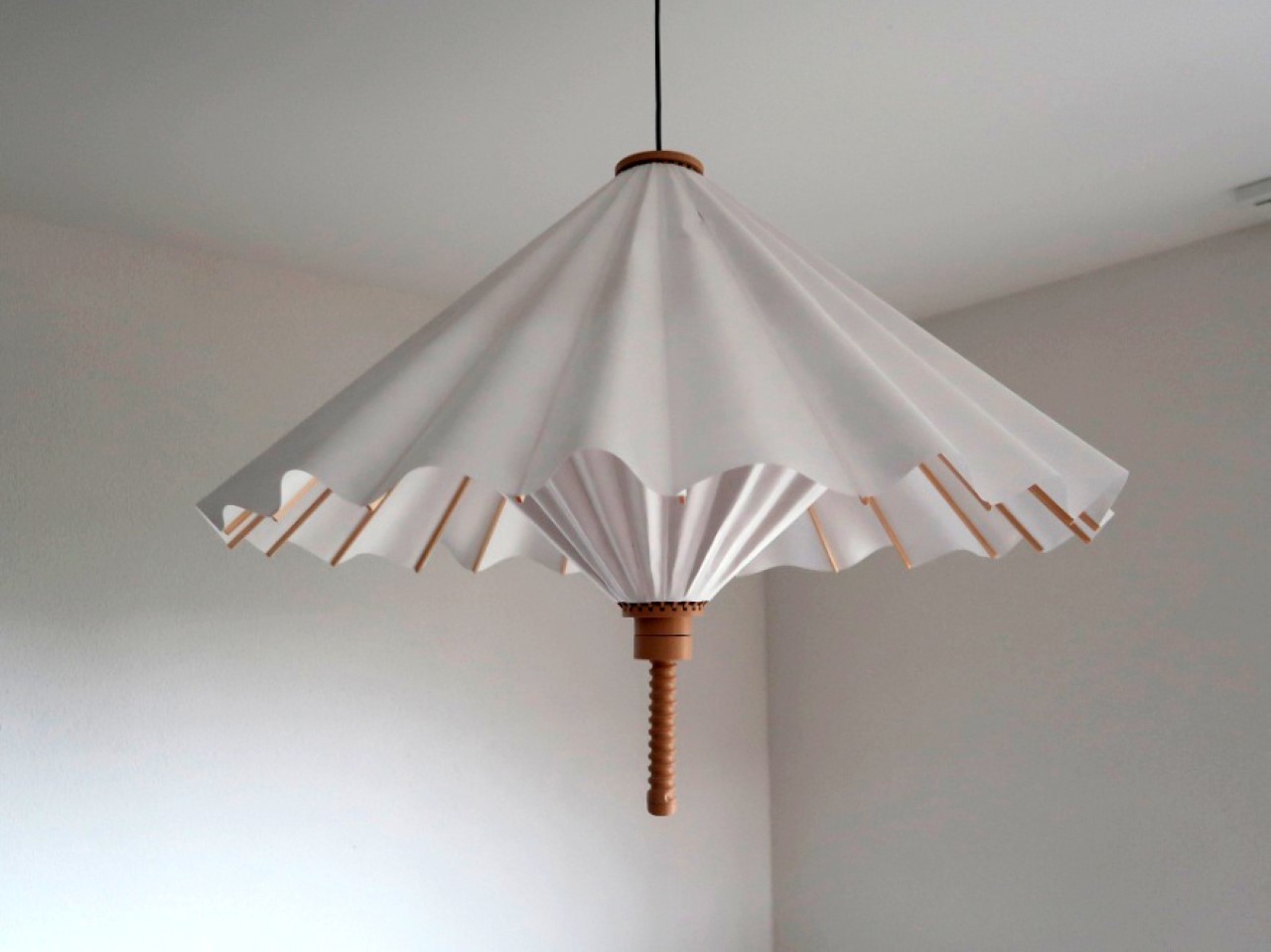
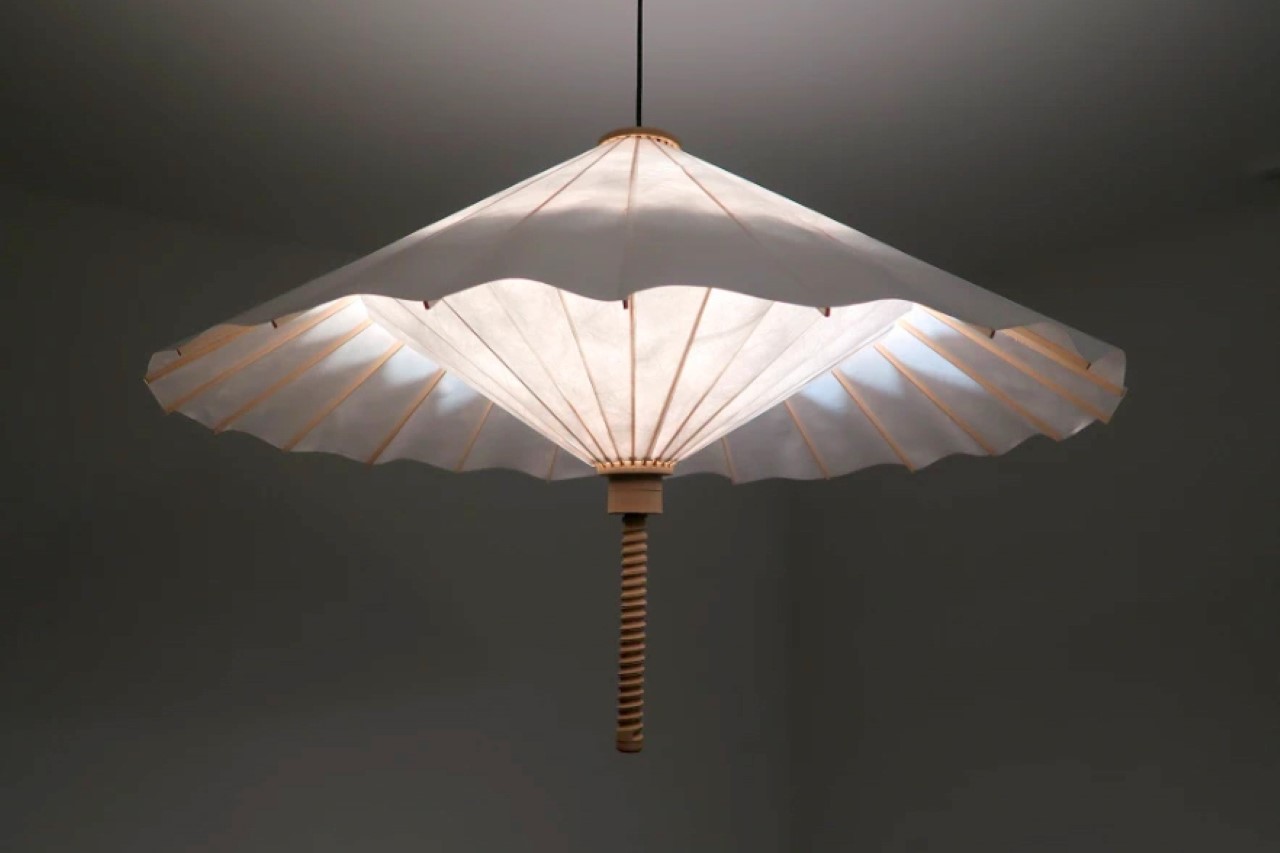
The design is almost identical to the kind of umbrellas found in cocktails and drinks, and operates the same way too. Here, a threaded base lets you rotate a knob to adjust the open-ness or closed-ness of the umbrella, while the outer umbrella cone’s width helps determine the lamp’s brightness. When completely opened/horizontal, the lamp allows much more light to filter outwards from the top and bottom, diffusing wonderfully through the Tyvek shade. Close it, however, and the conical area decreases, also closing the empty space inside the lamp to create a smaller illuminating area. The controls aren’t precise, but they’re fun as heck, and you’ll find yourself constantly reaching for the rotating knob to show off the lamp to your guests!
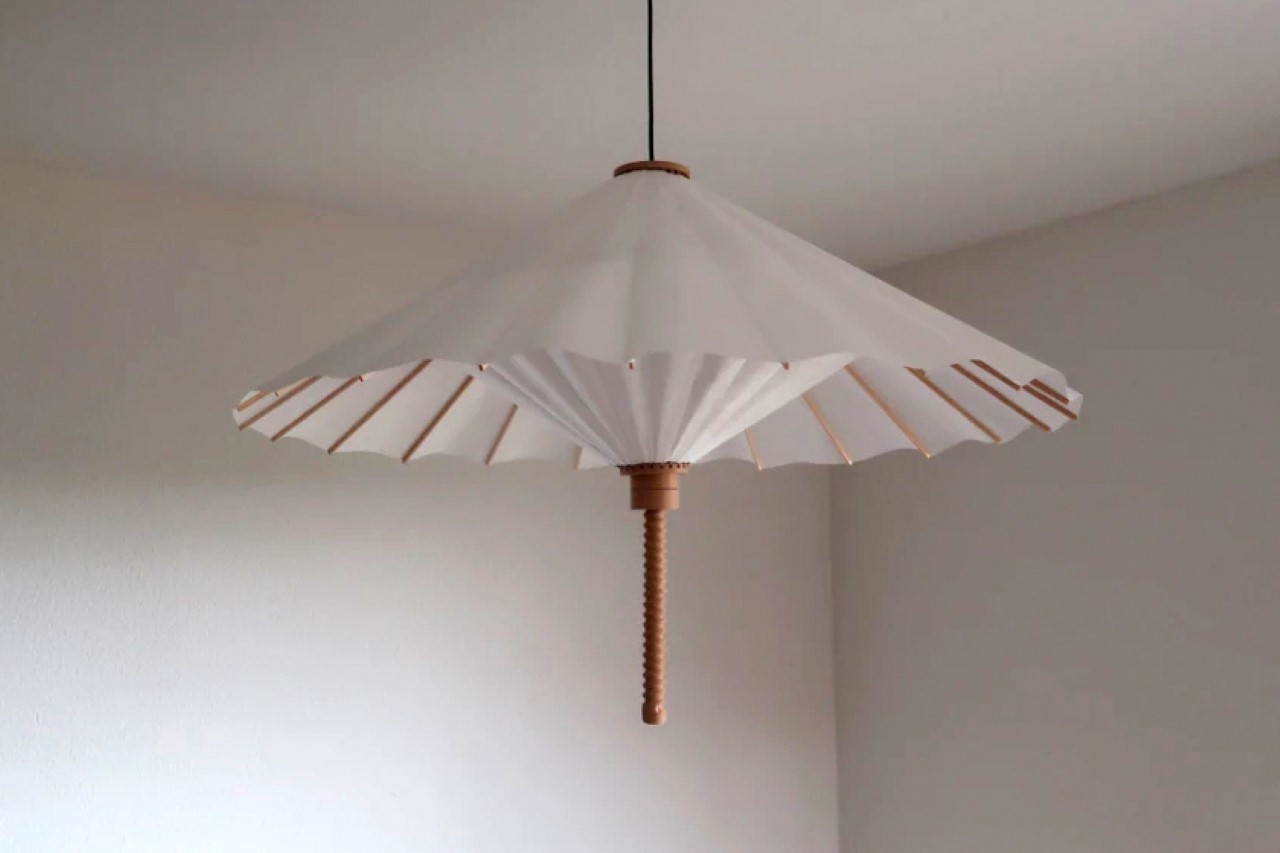
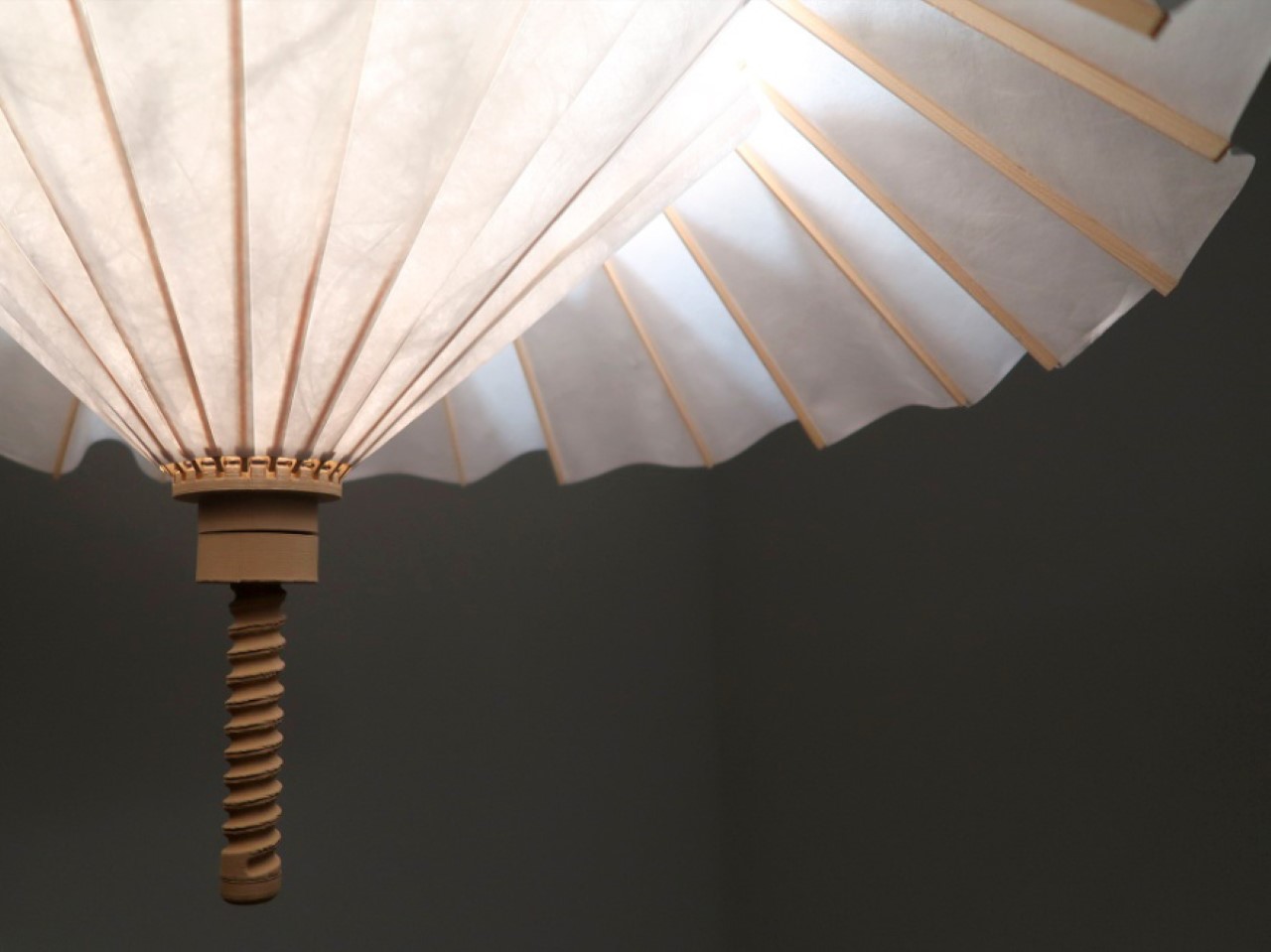
The current prototype is made out of 3D-printed plastic parts, although Solenn hopes to make a version out of natural wood soon.
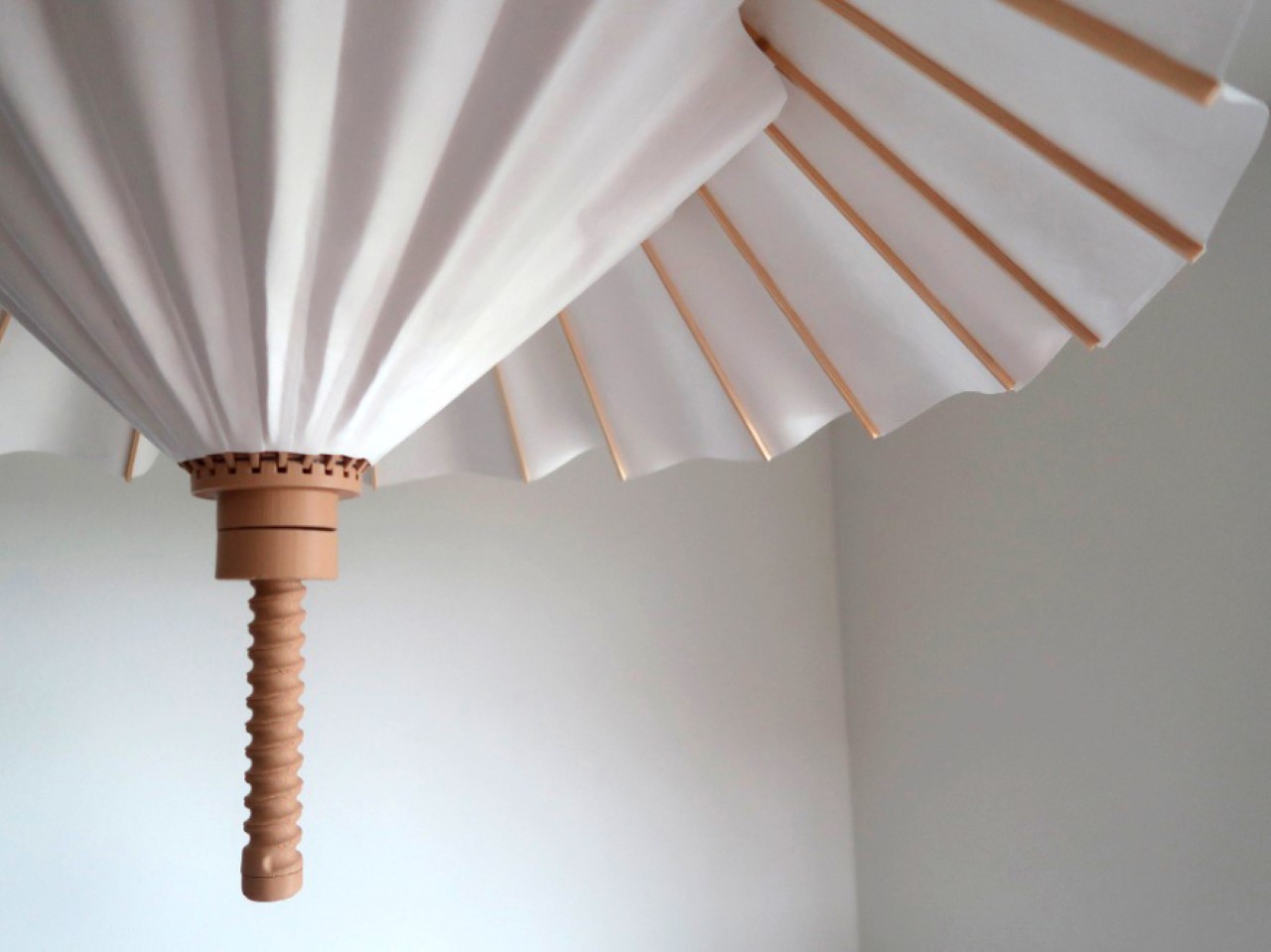
The beauty of the Wagasa lamp lies entirely in its simplicity and playfulness. In a lot of ways, principally, it works quite similar to the IKEA PS 2014 Pendant Lamp, but while that lamp allures with its uniquely faceted pattern, this one is just a call-back to a simpler time, coupled with a wonderfully Eastern-themed minimalist aesthetic.
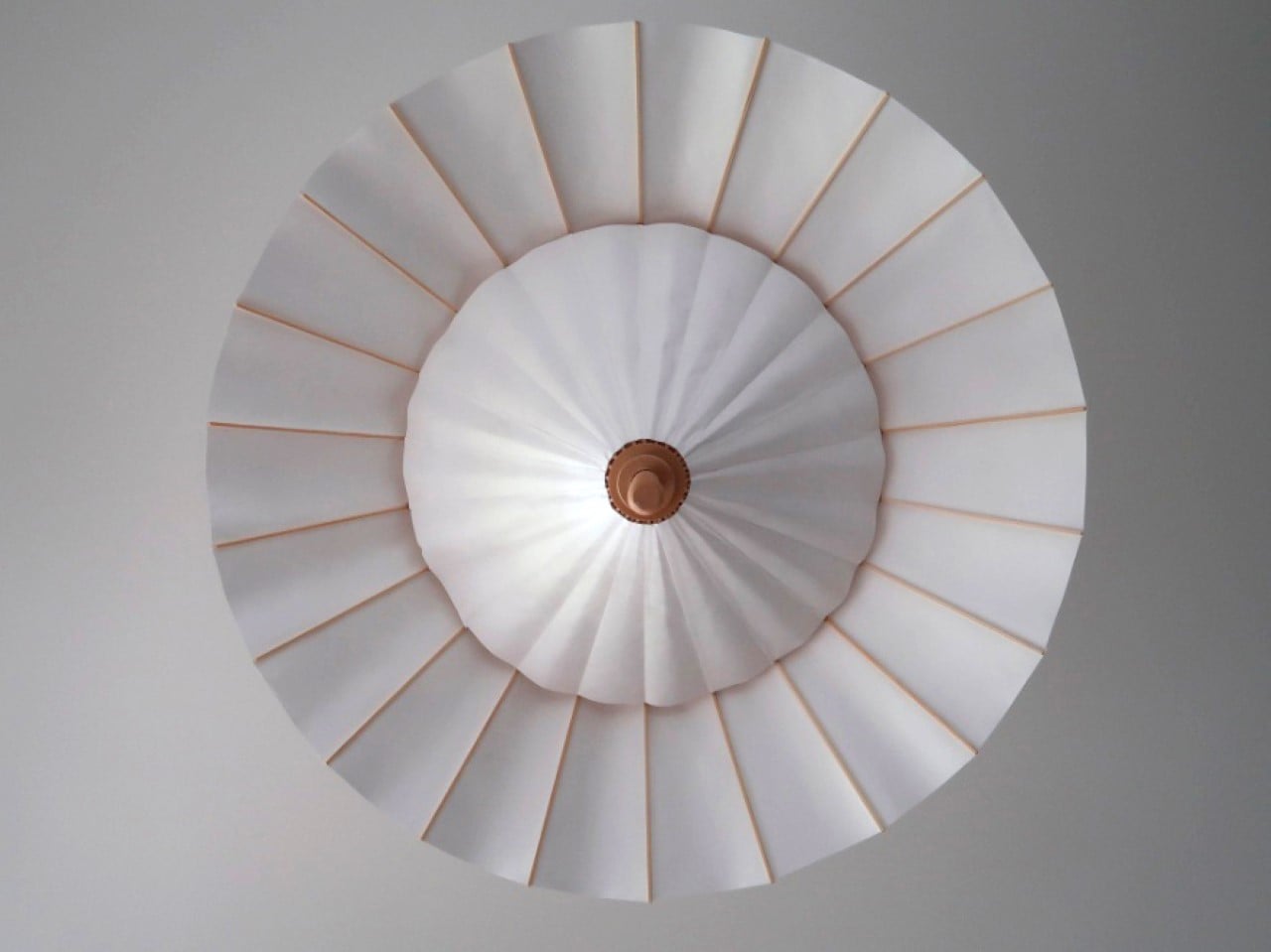
The post This gorgeous Umbrella-inspired lampshade can be opened or closed to adjust brightness first appeared on Yanko Design.
